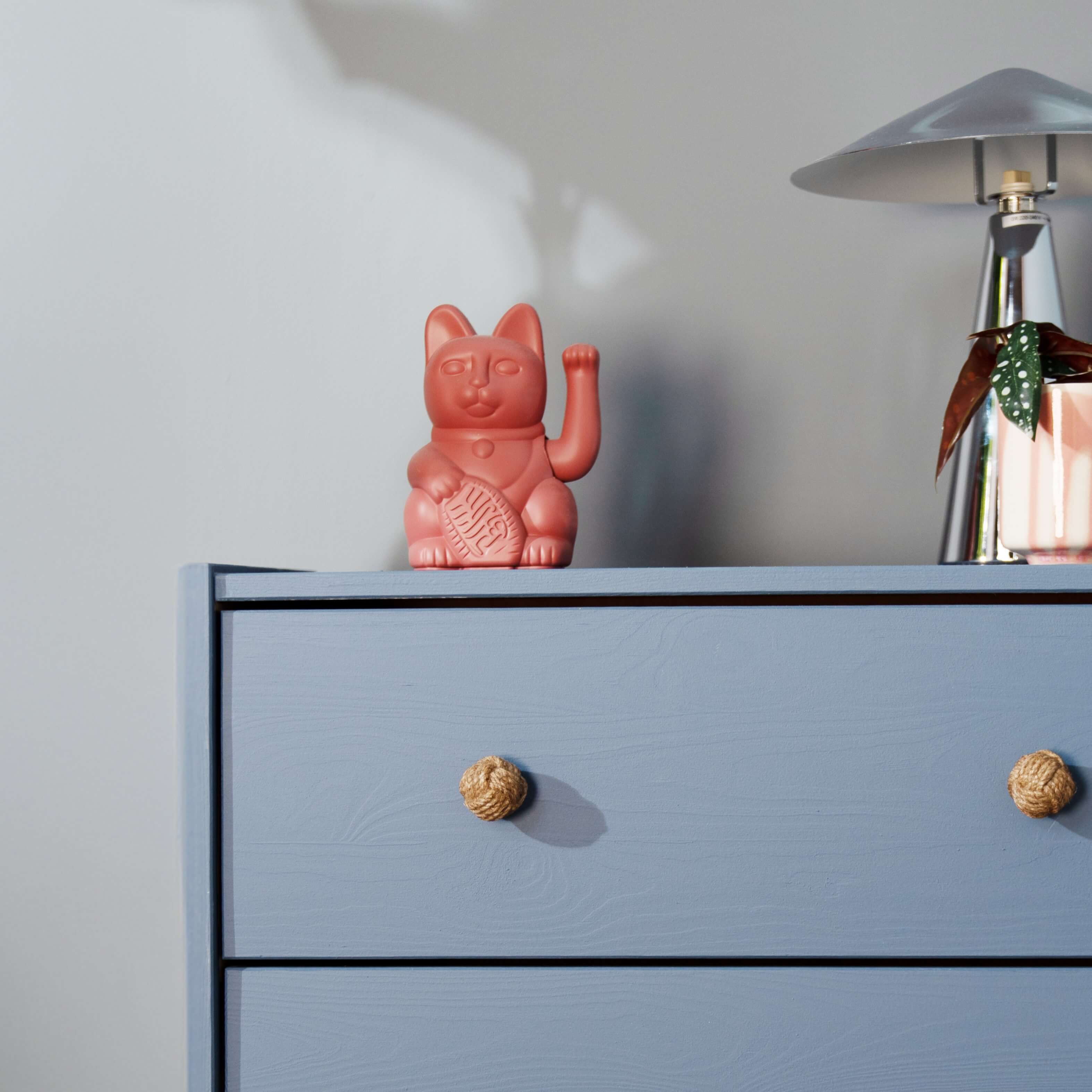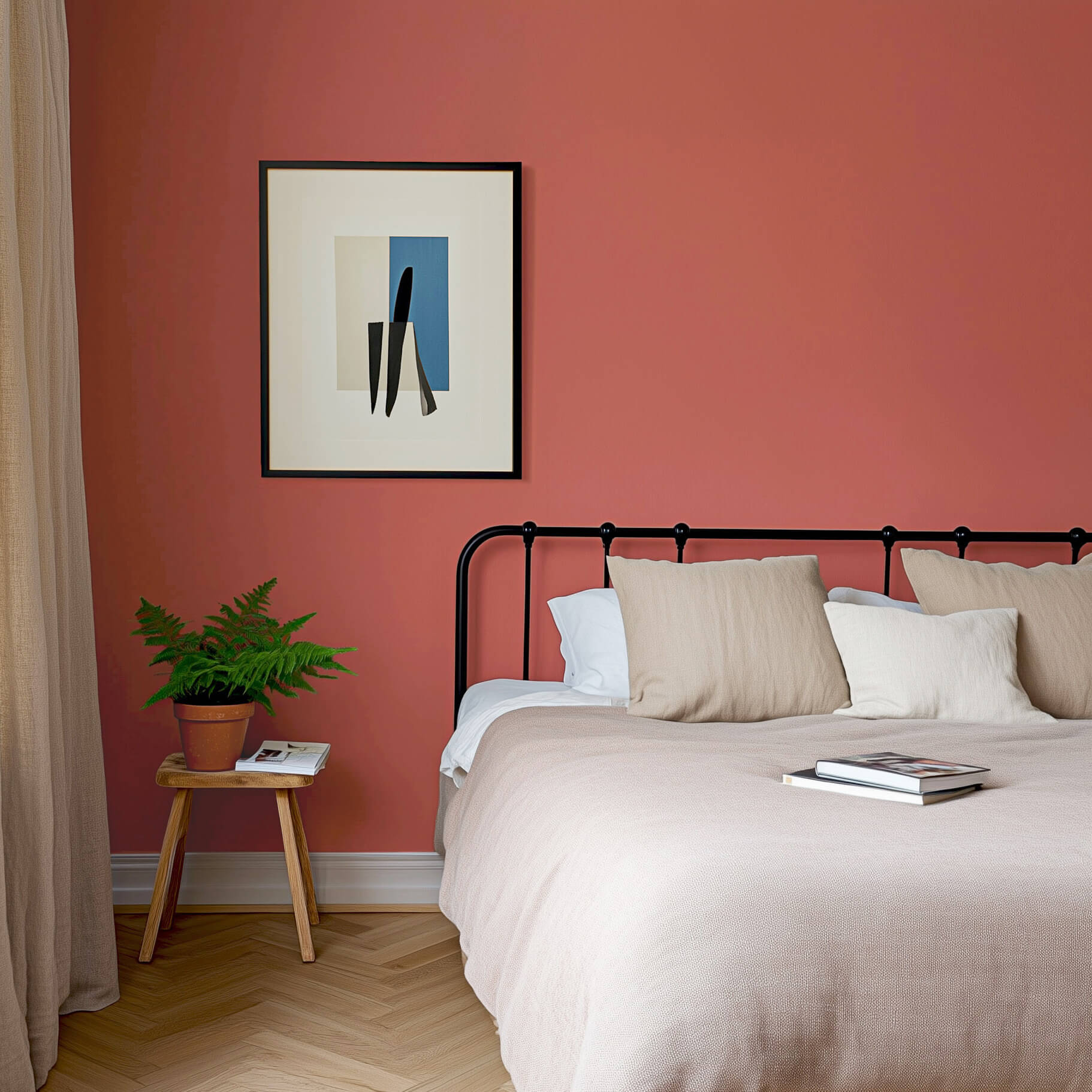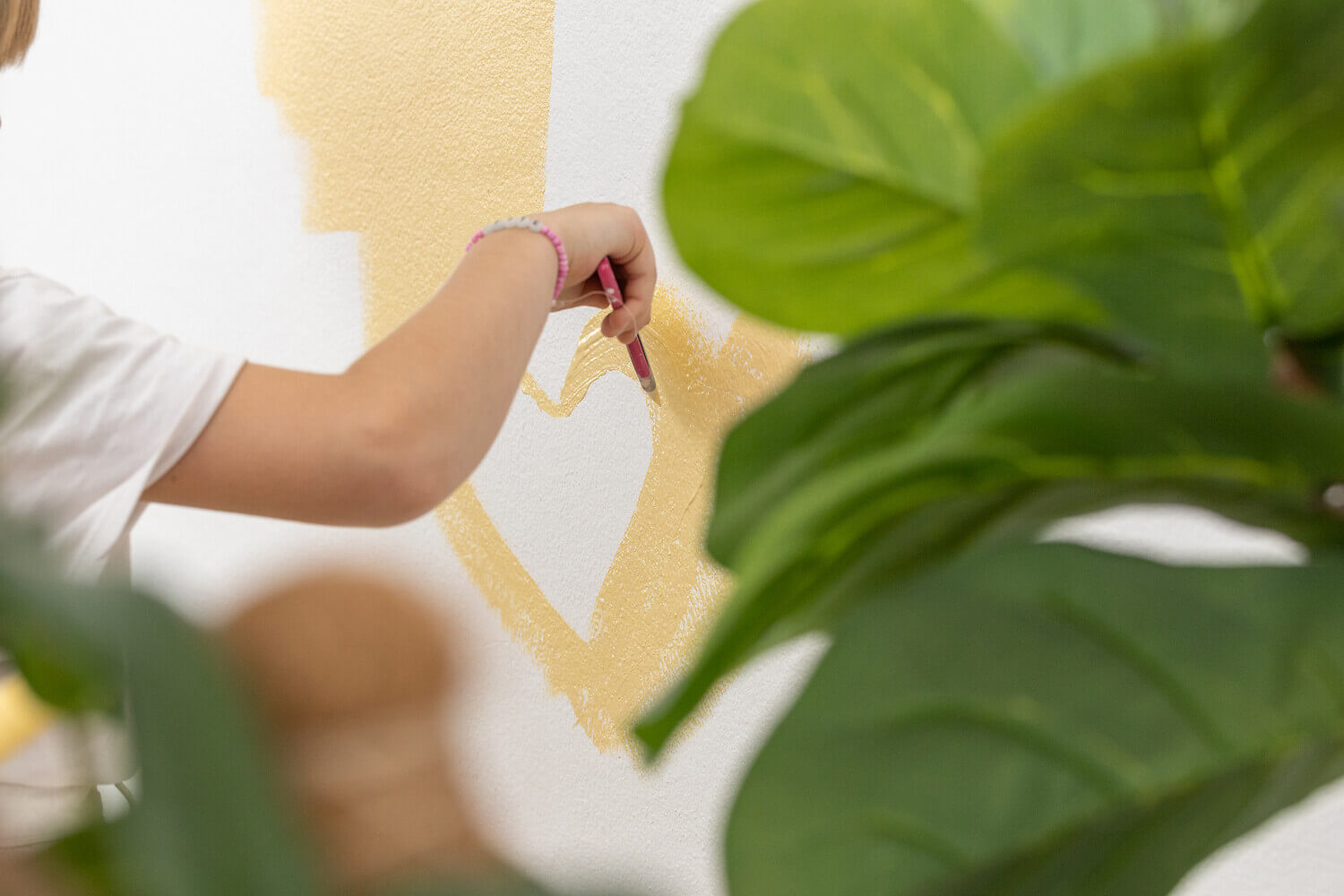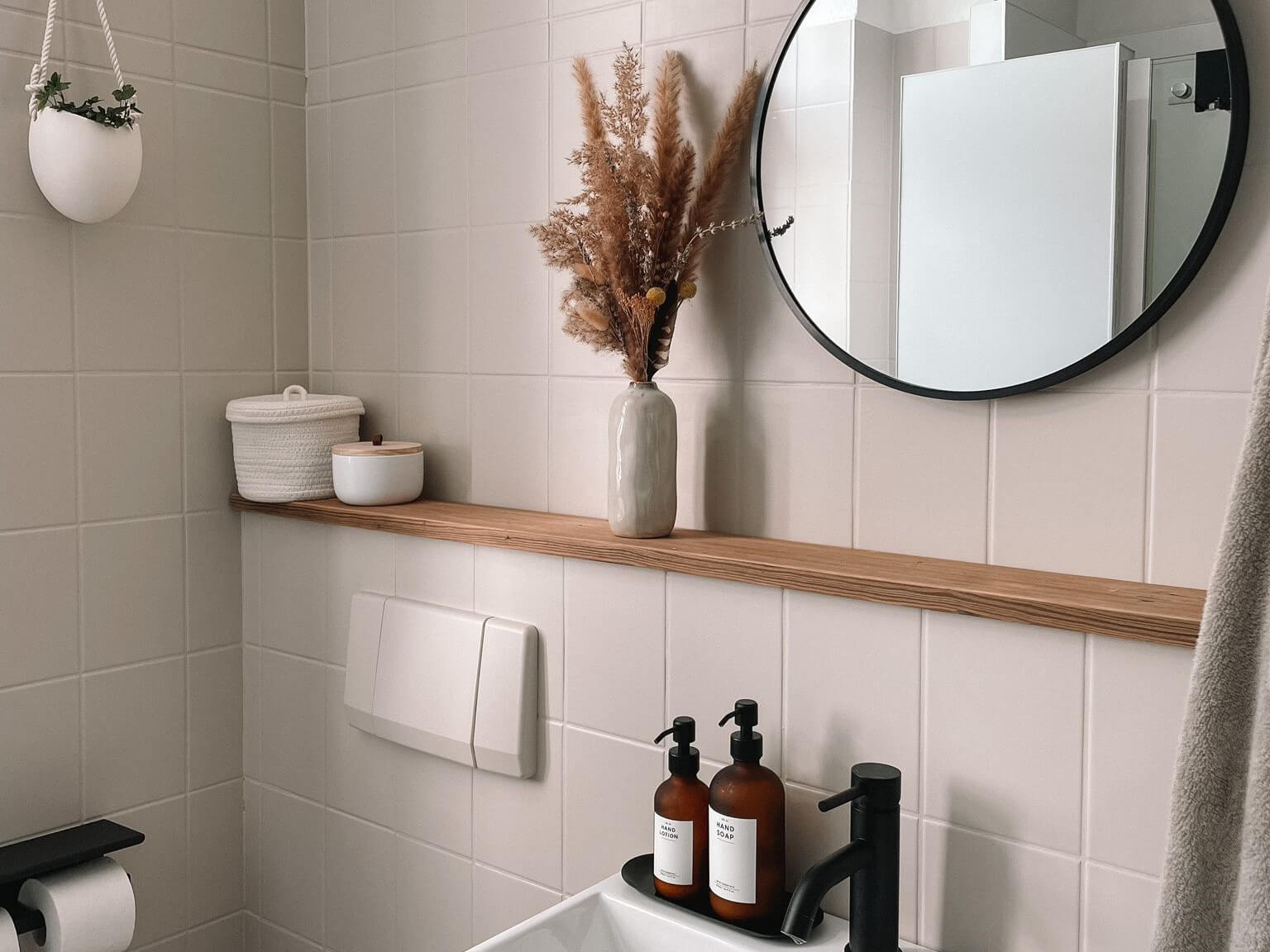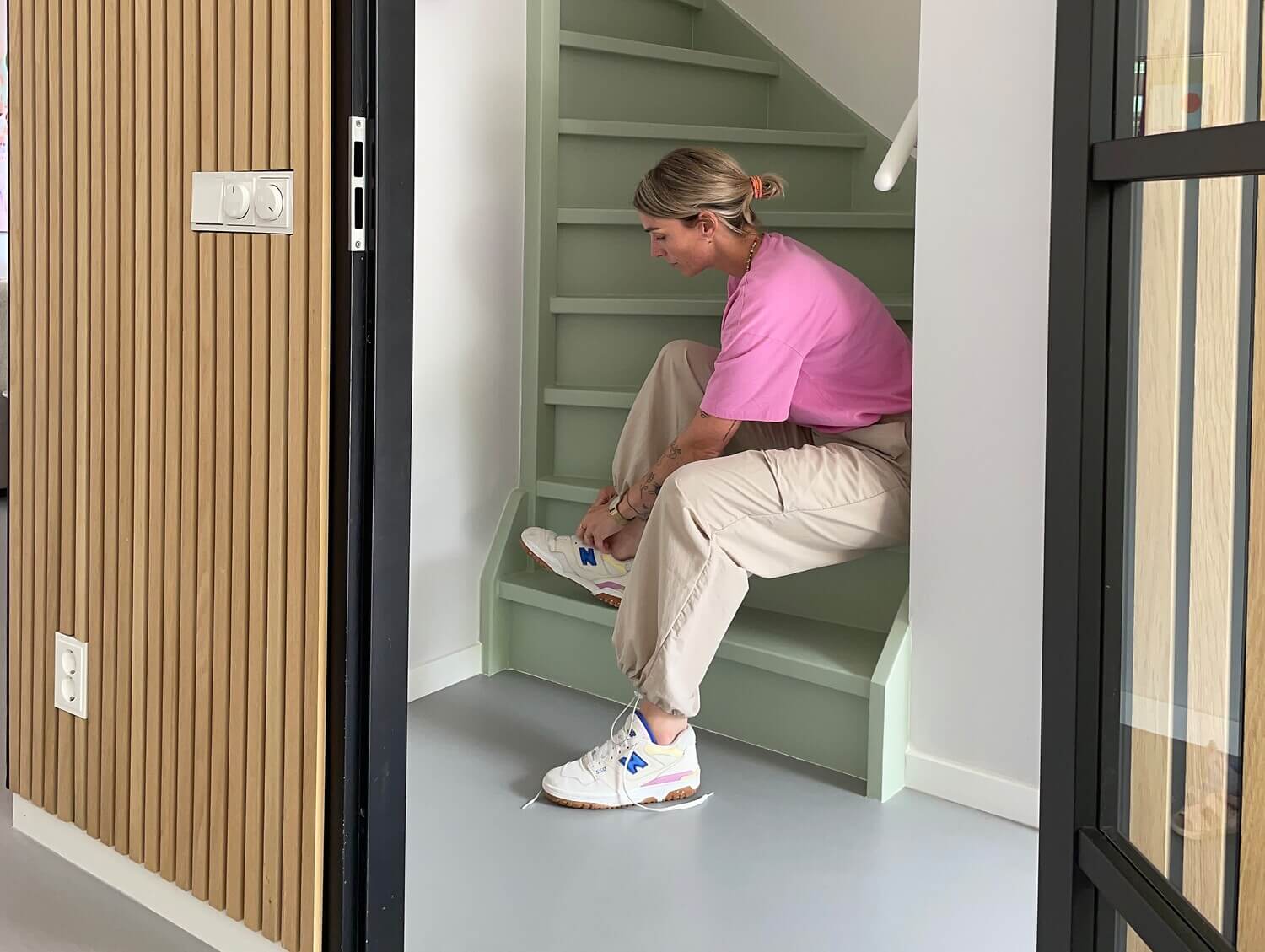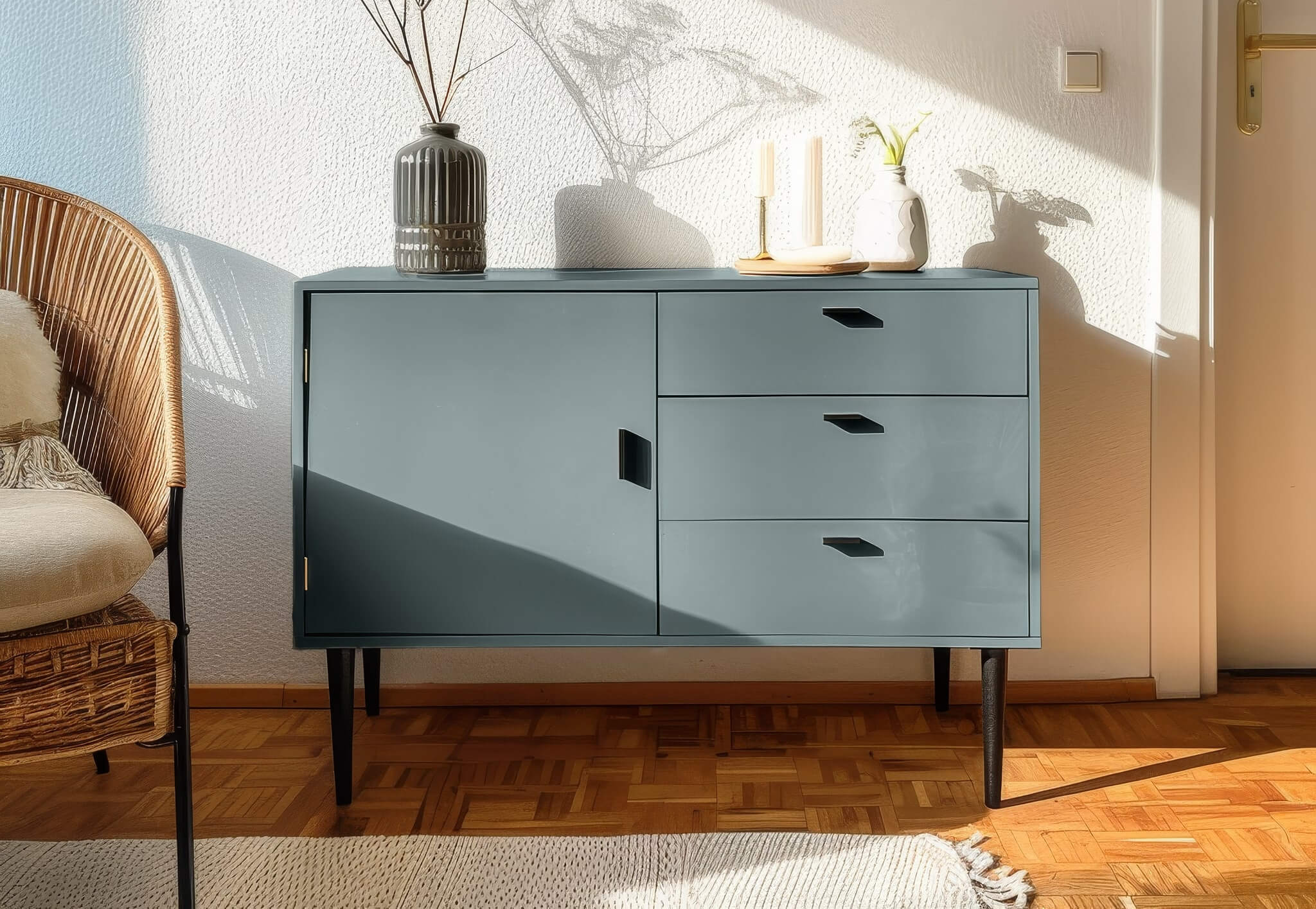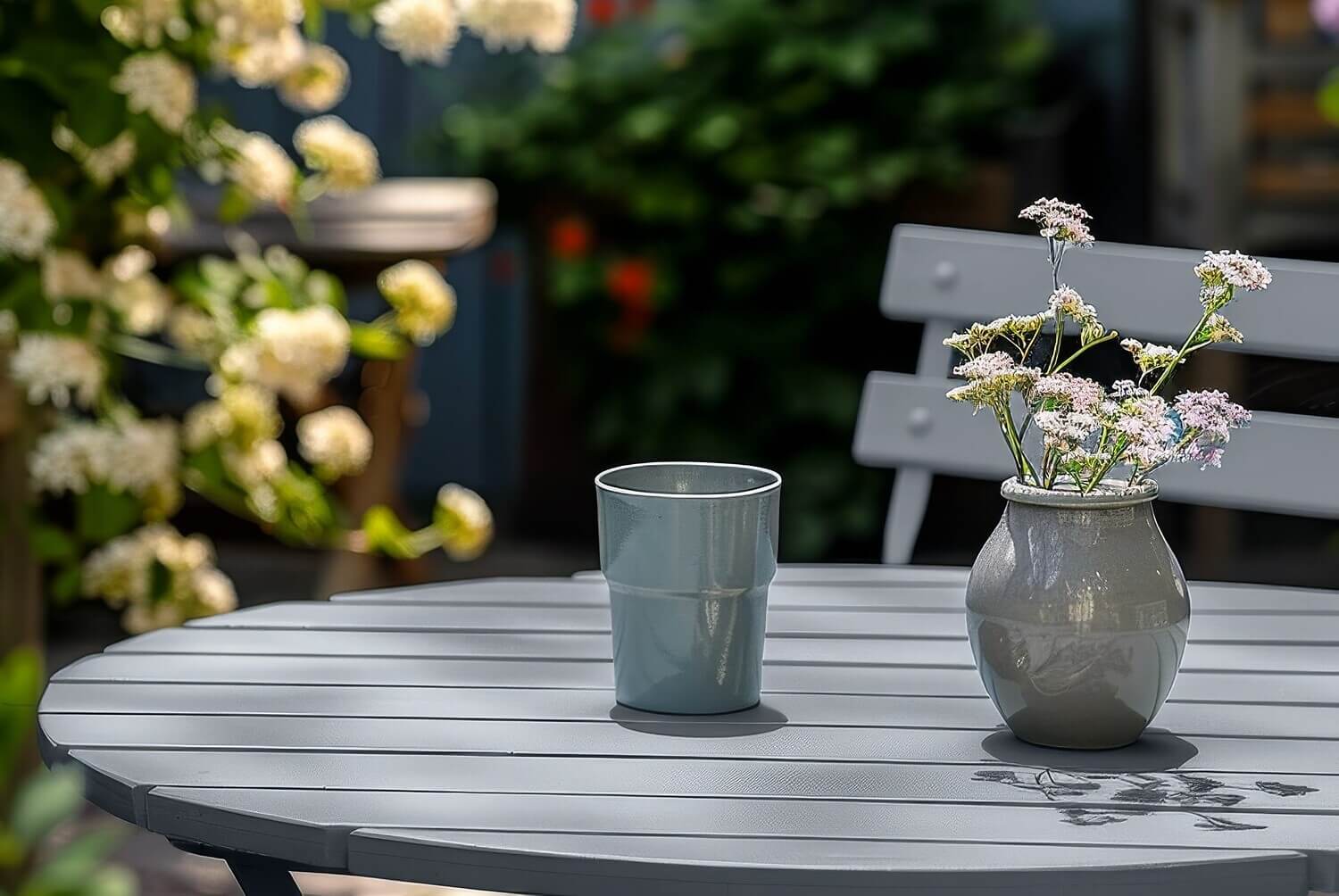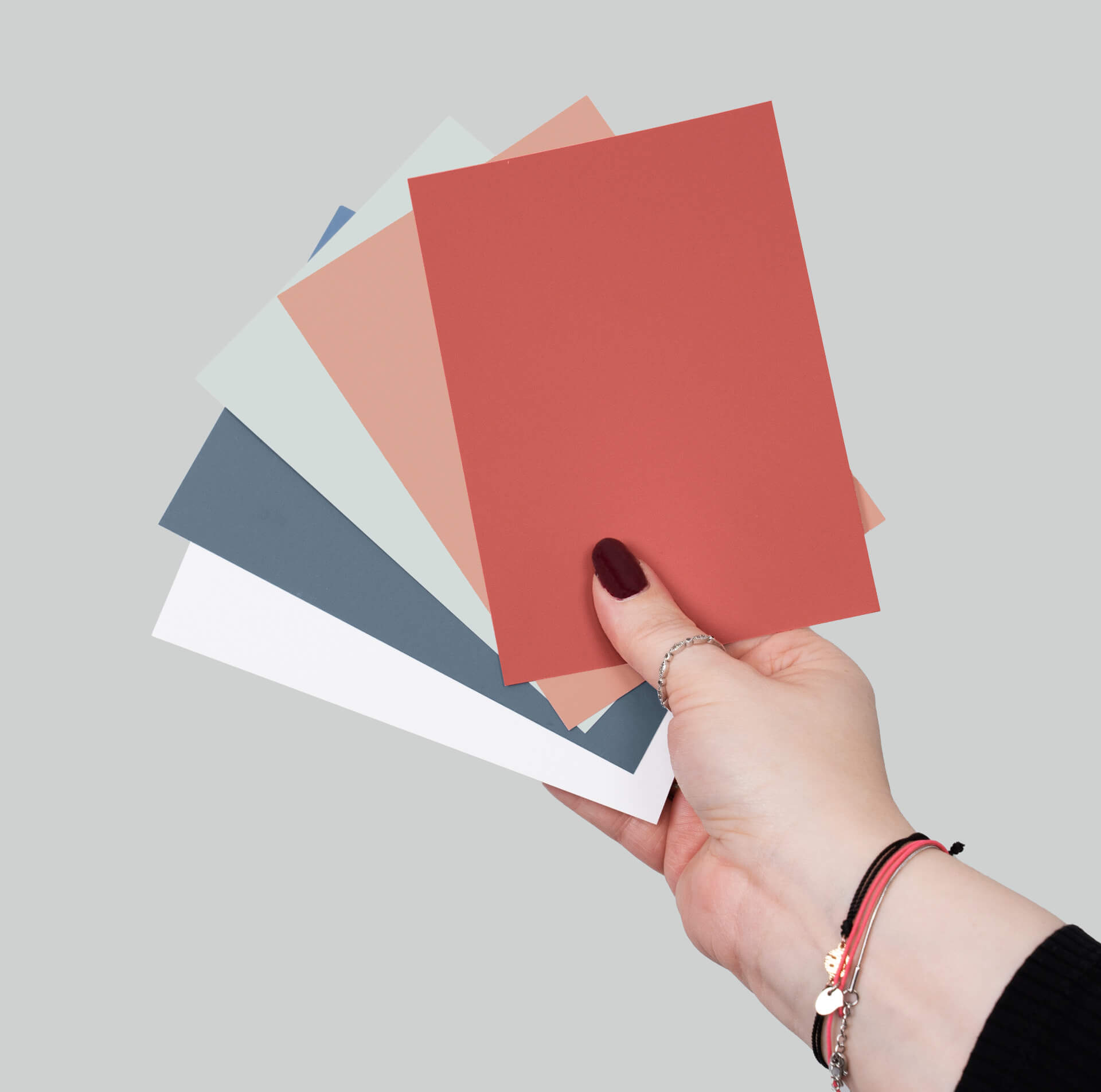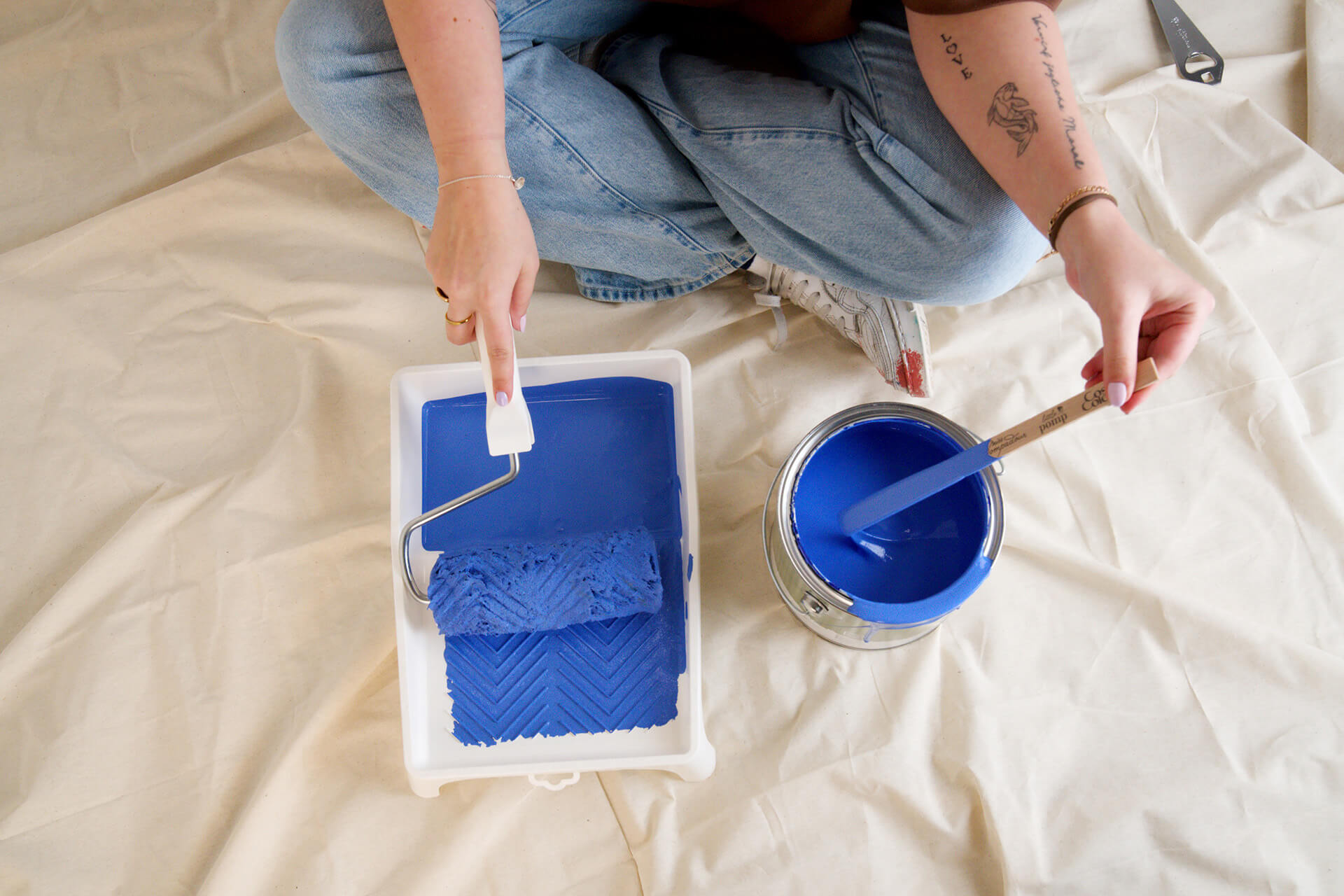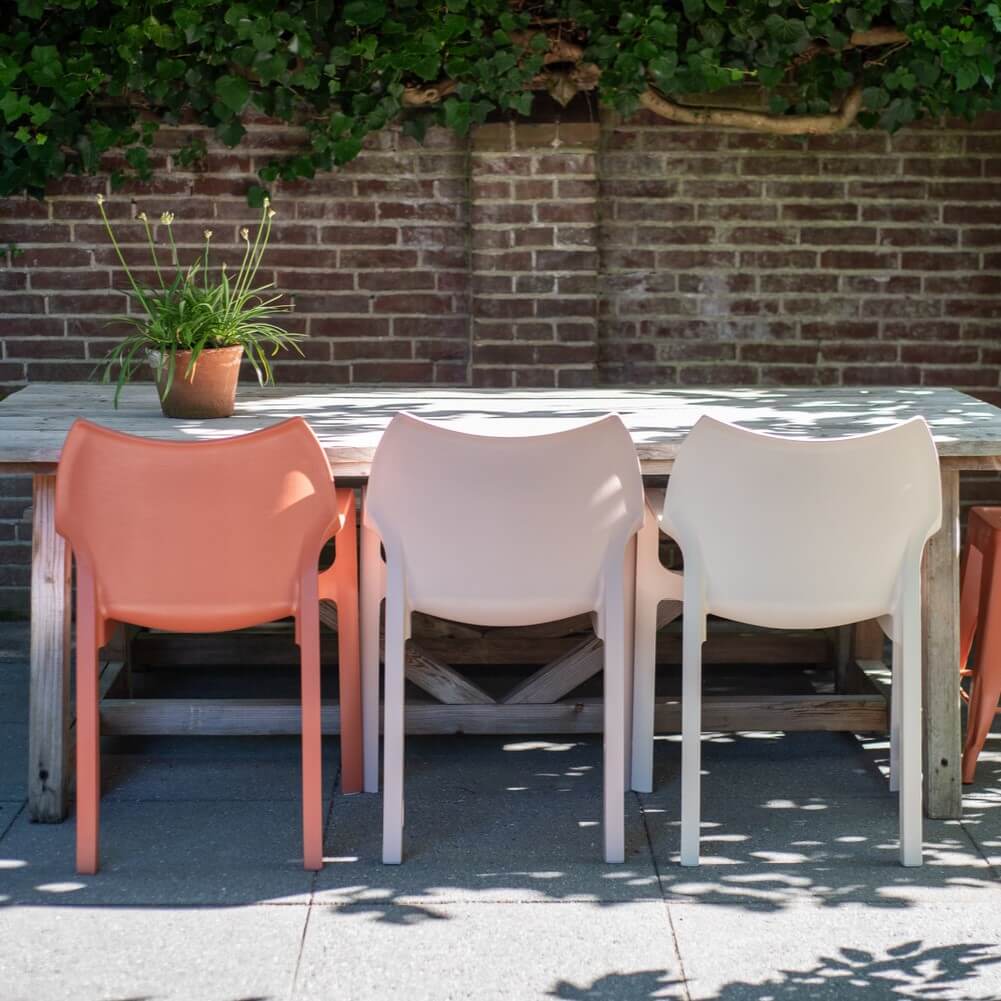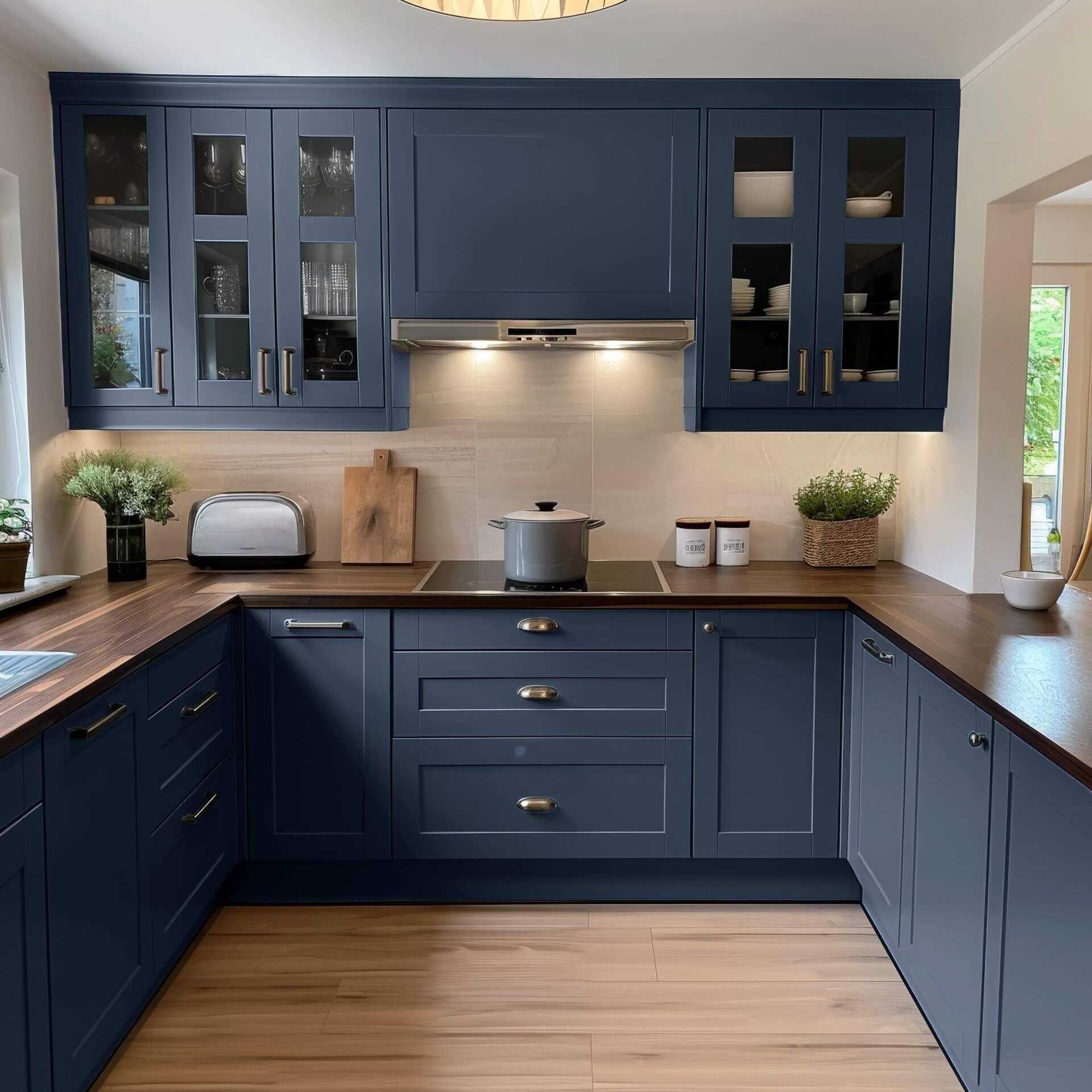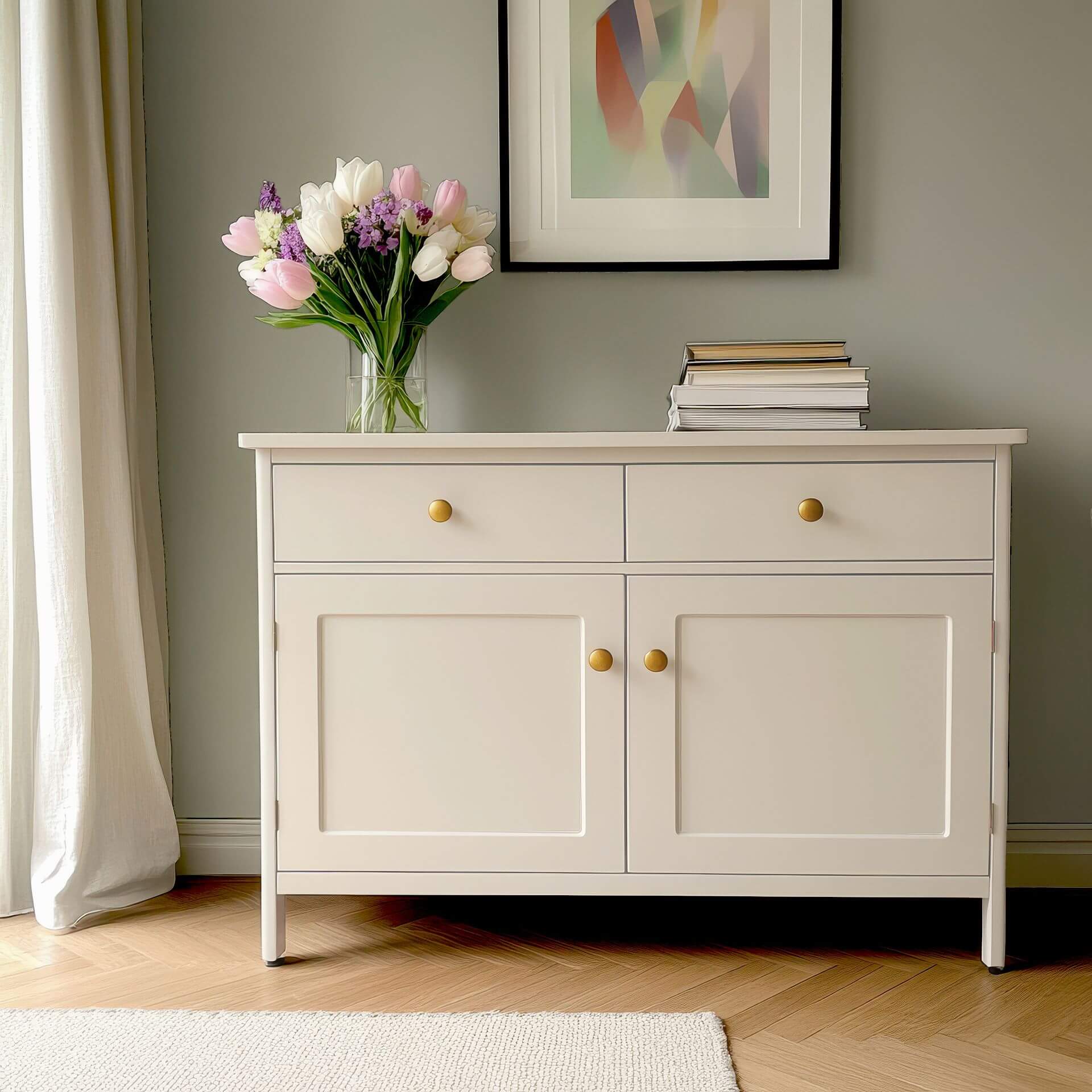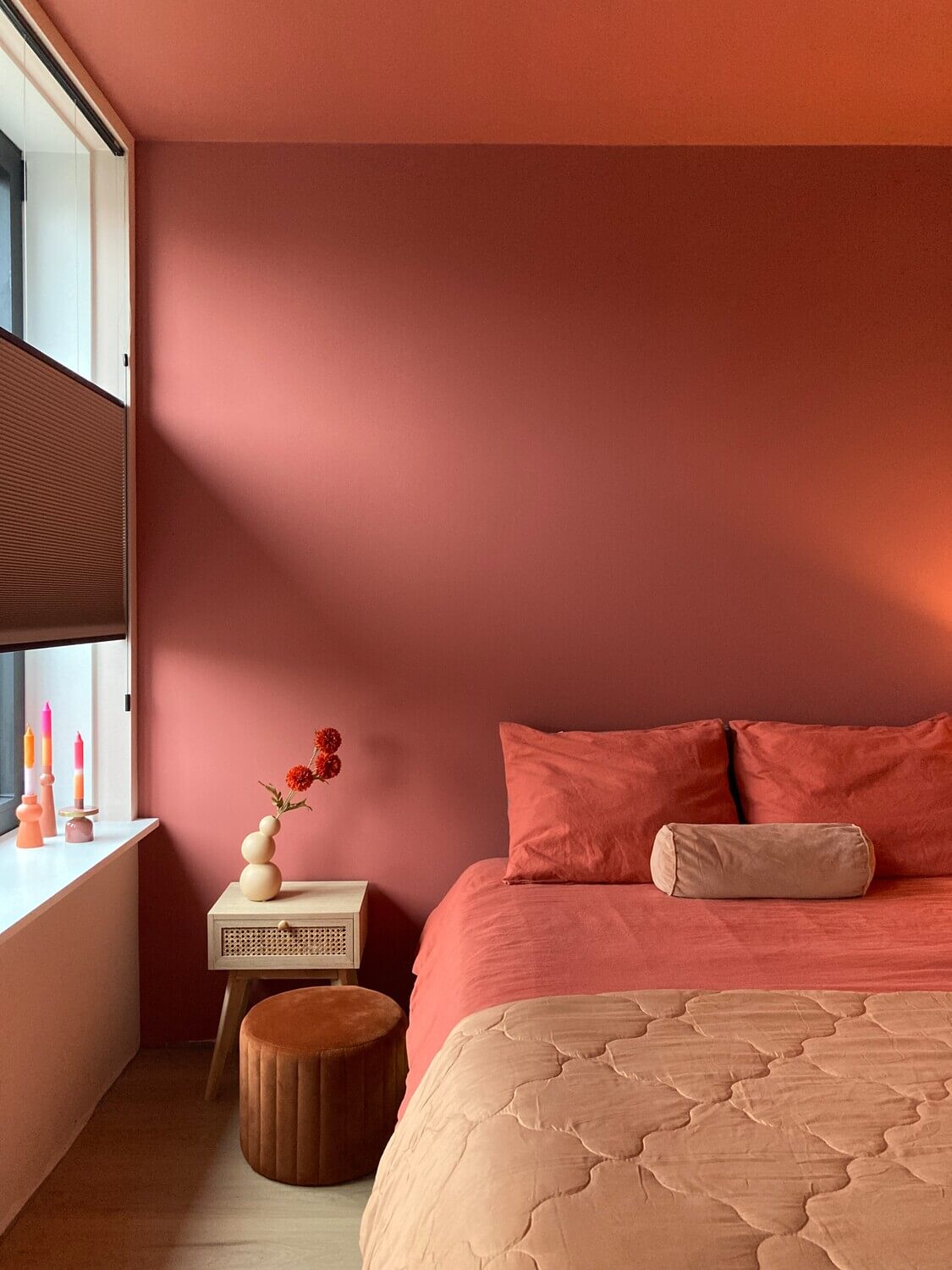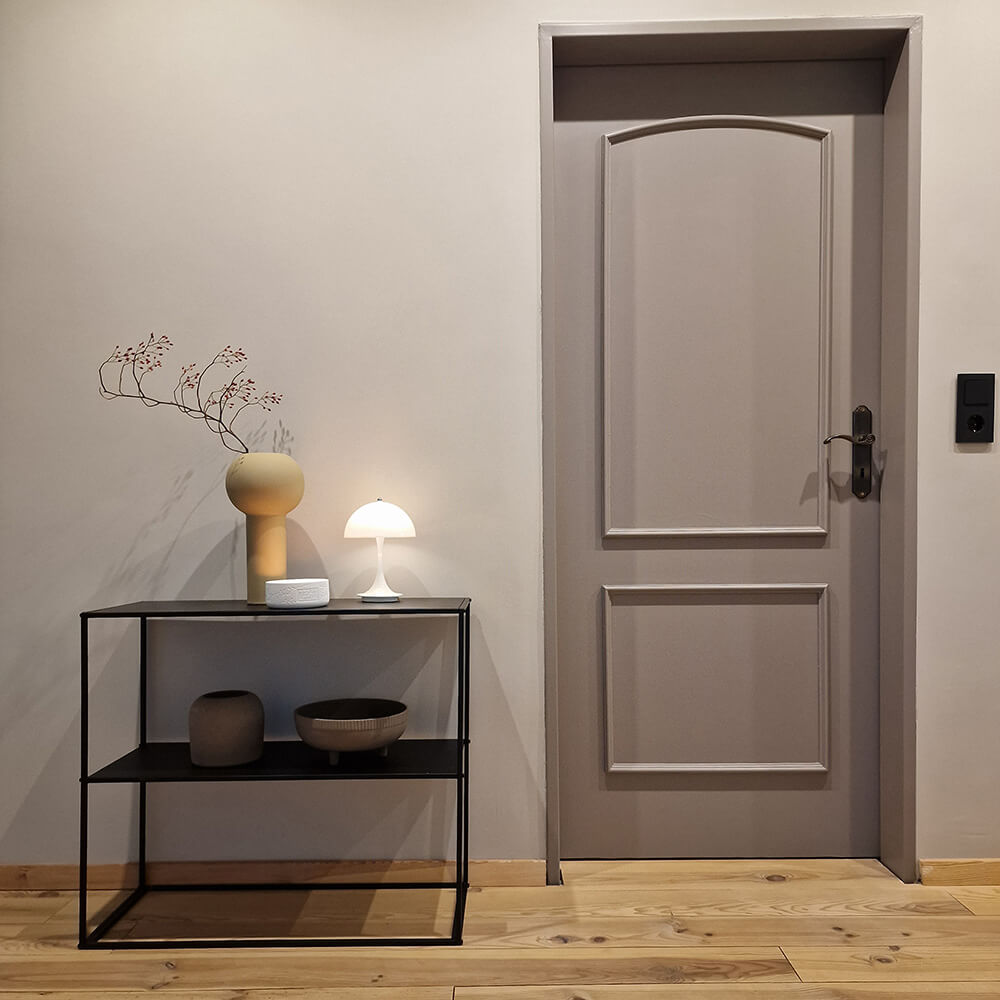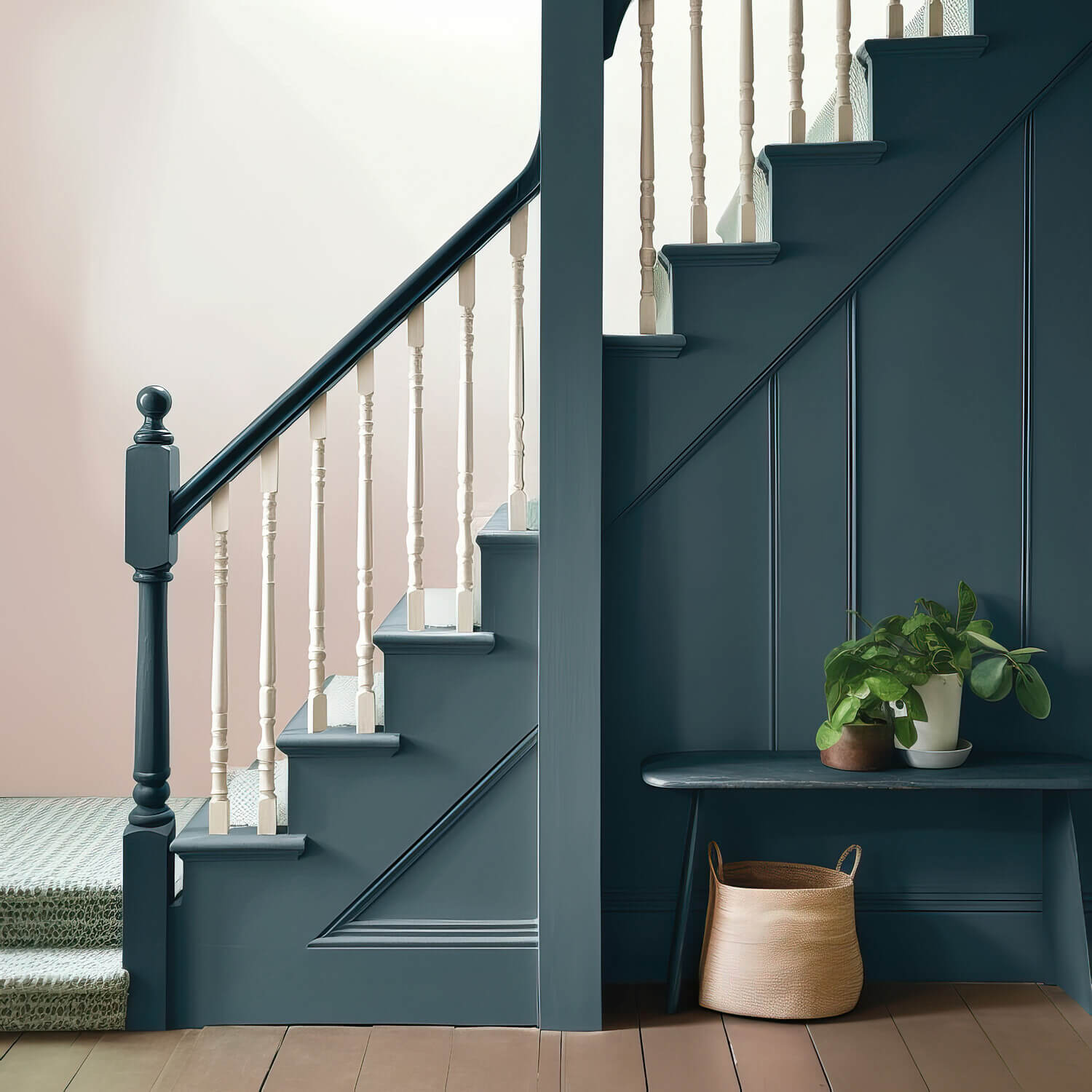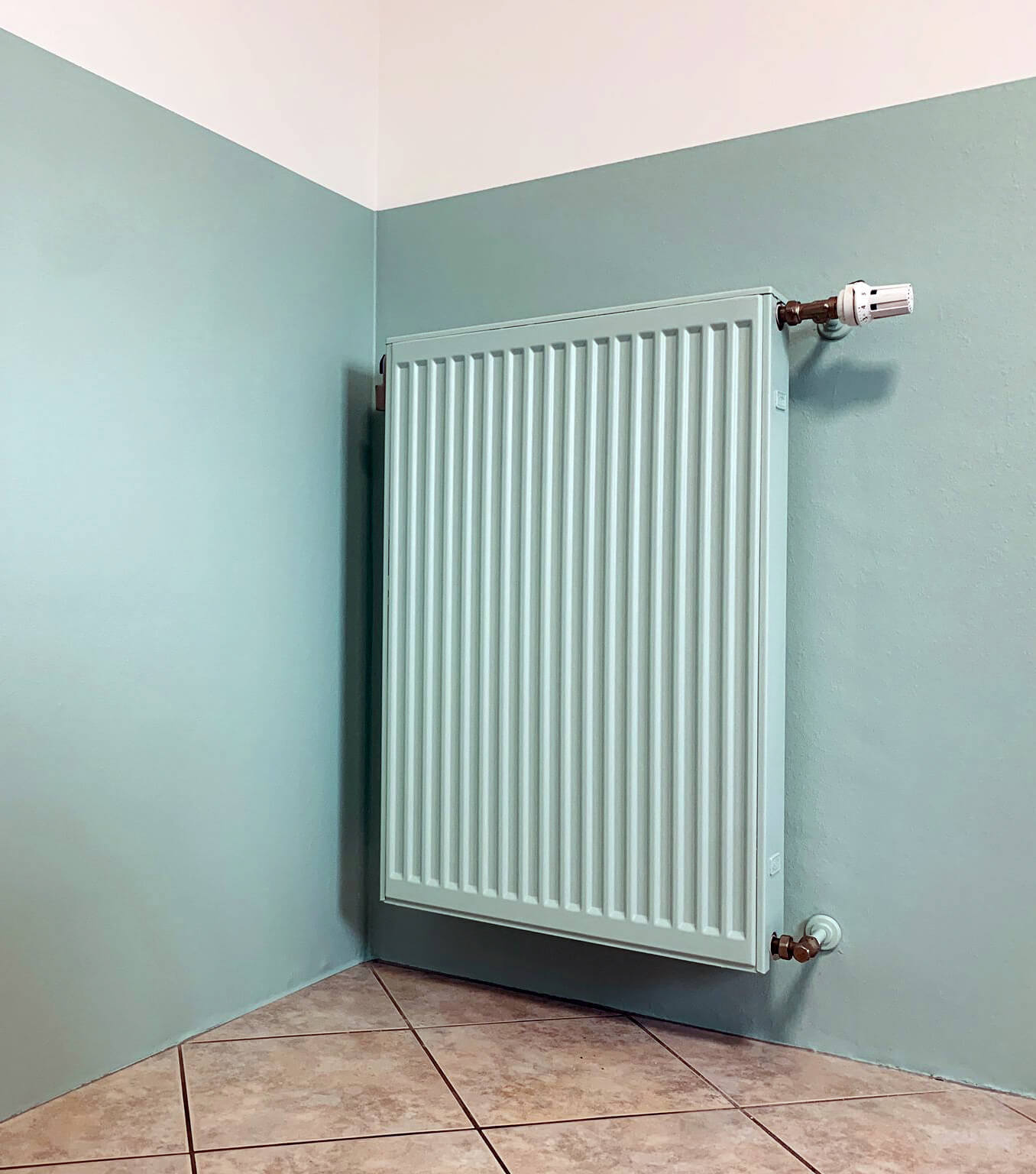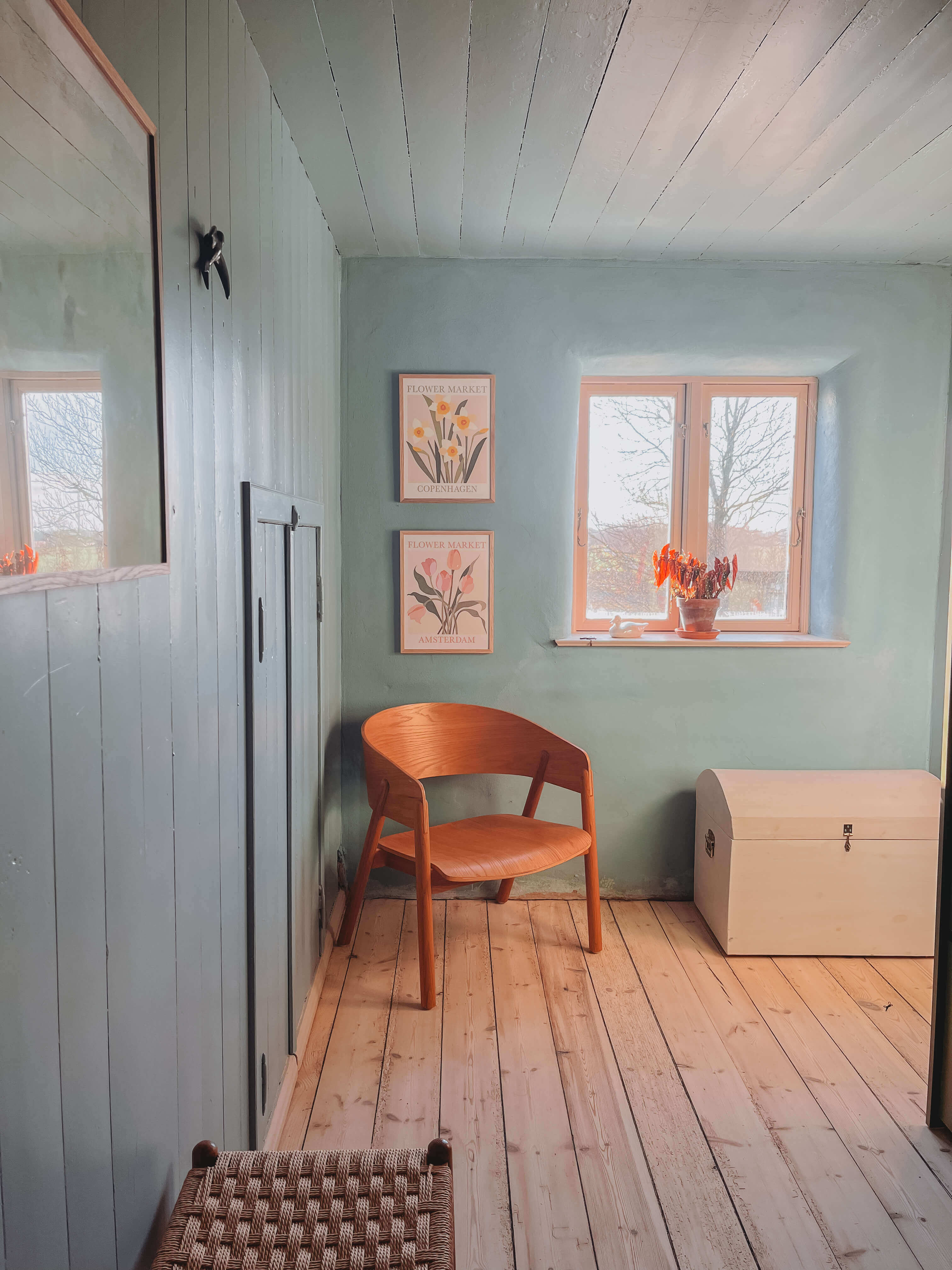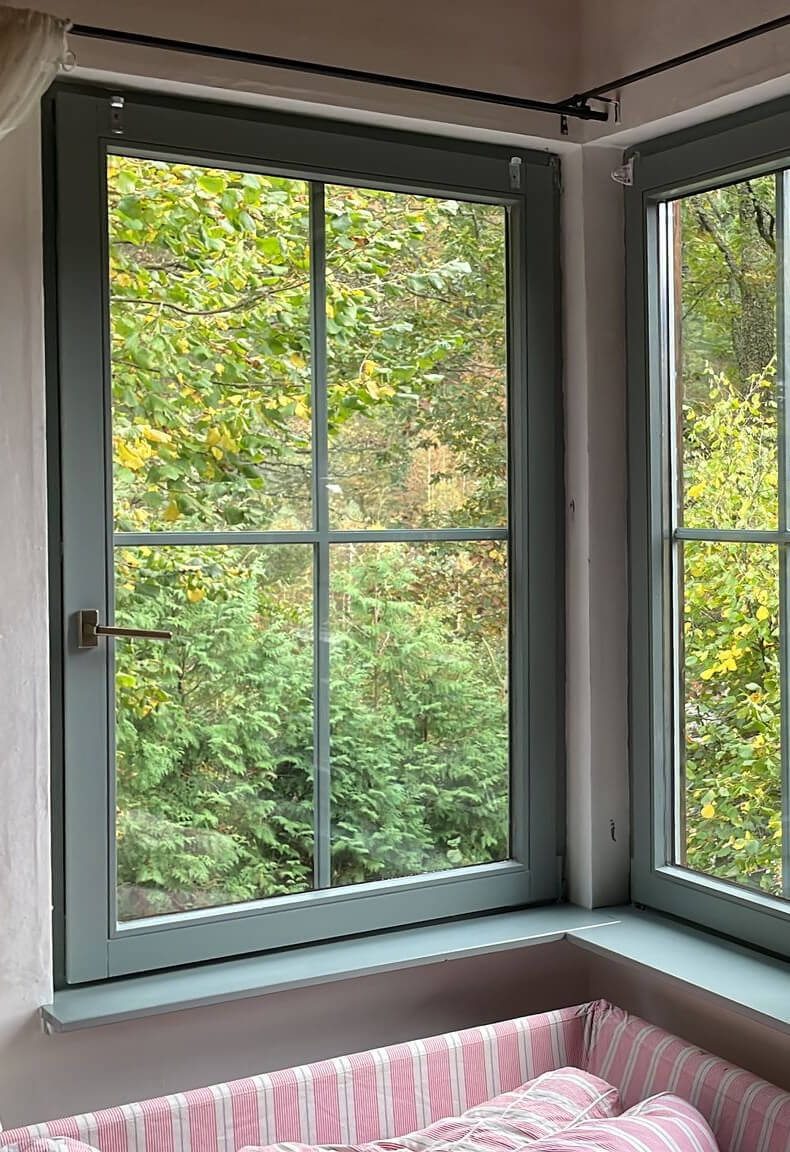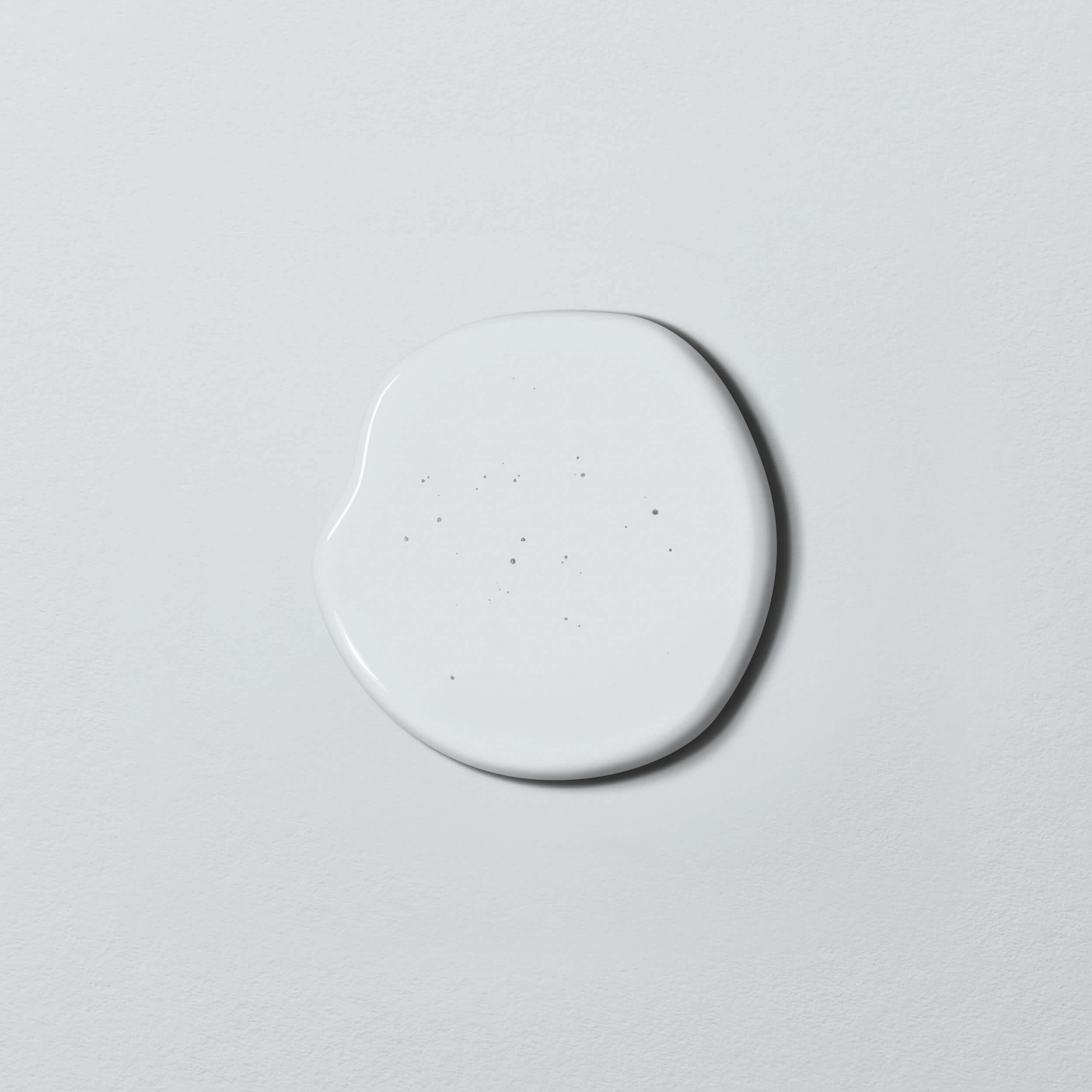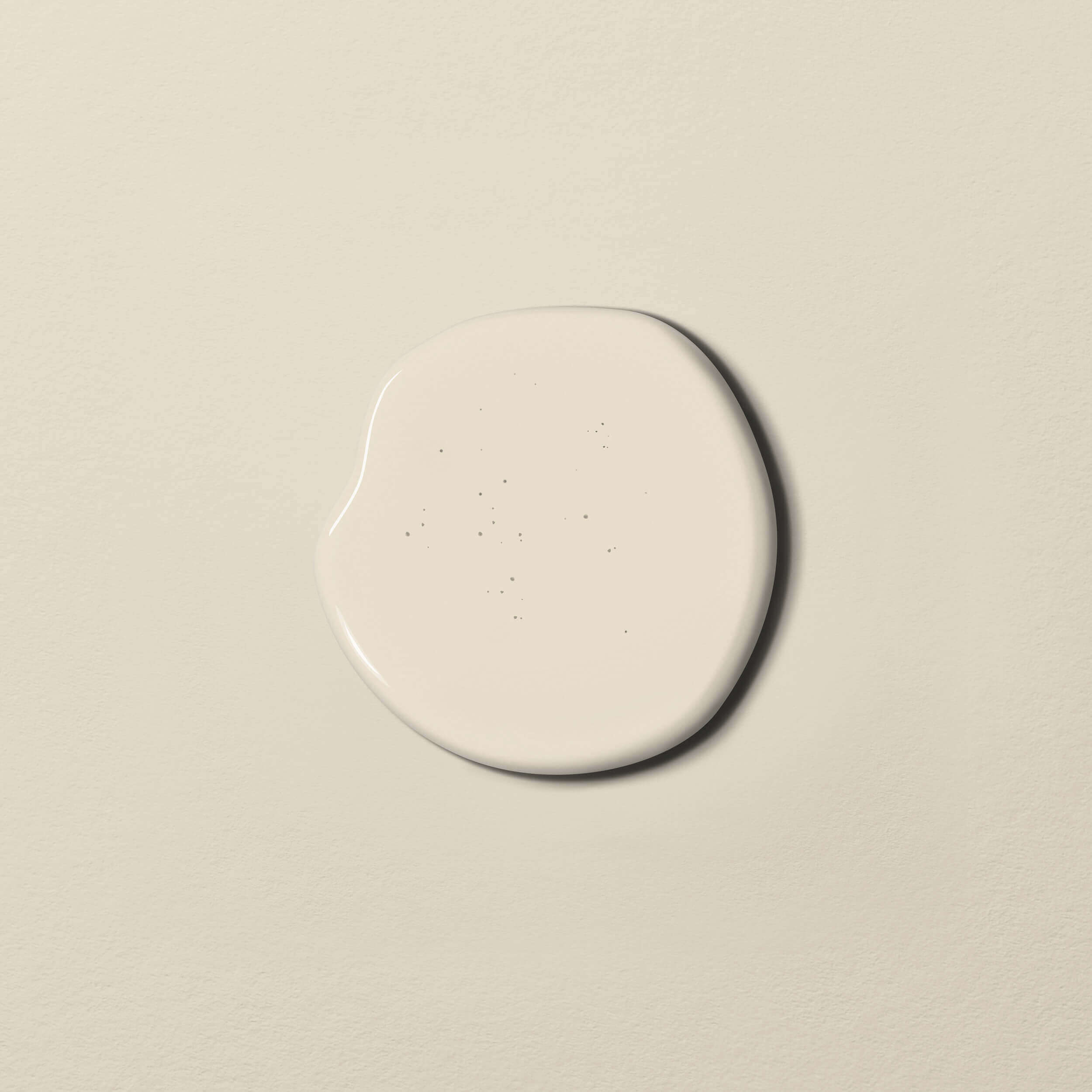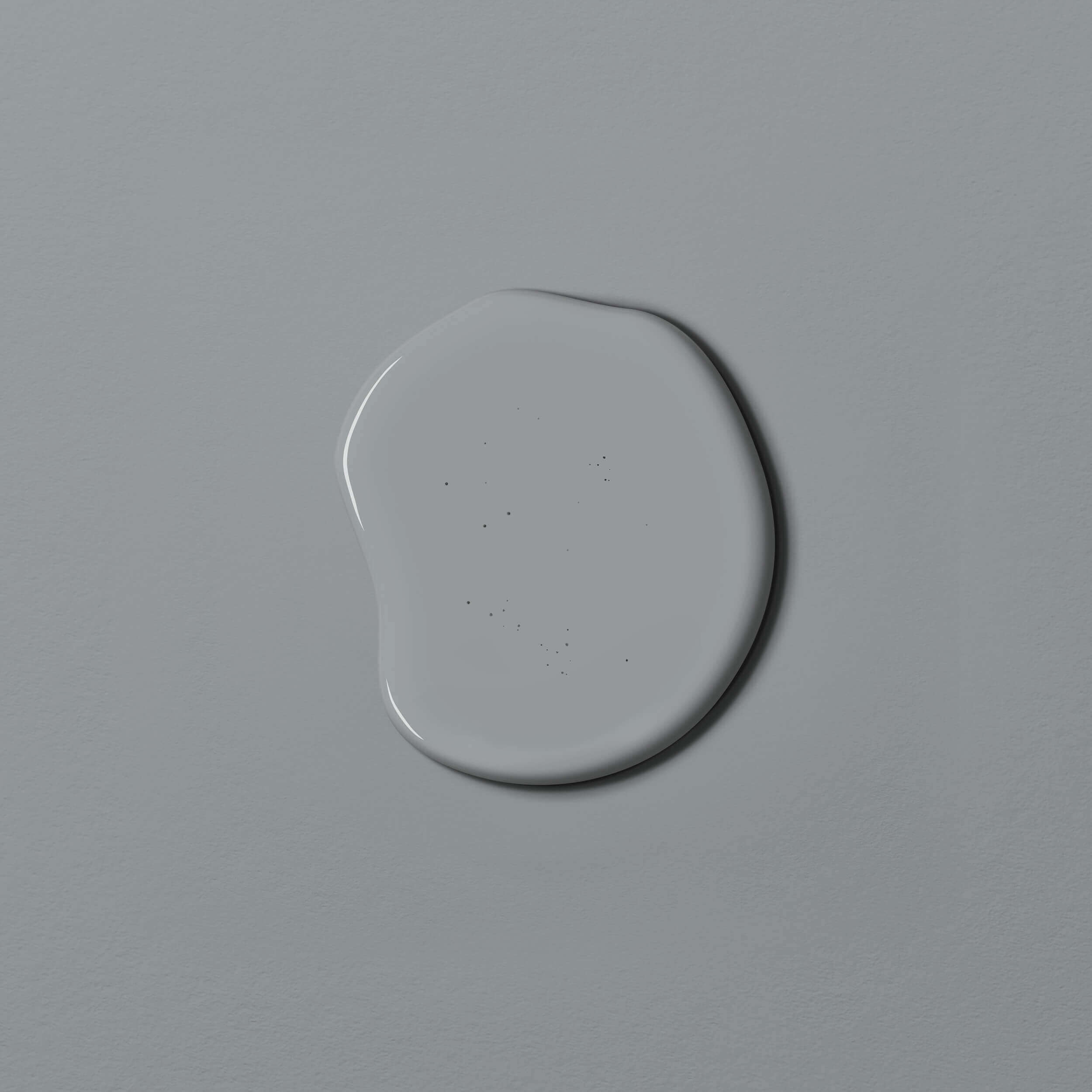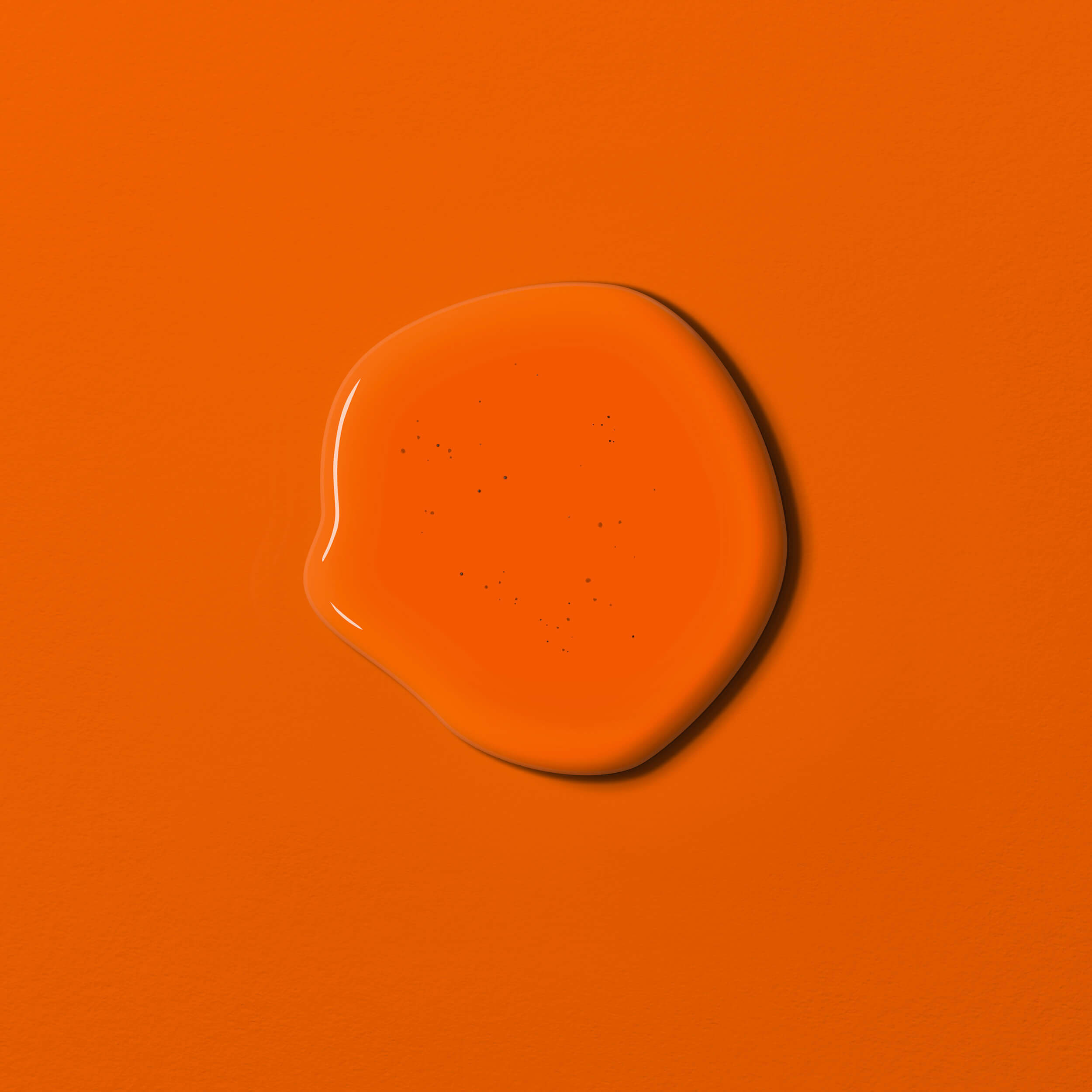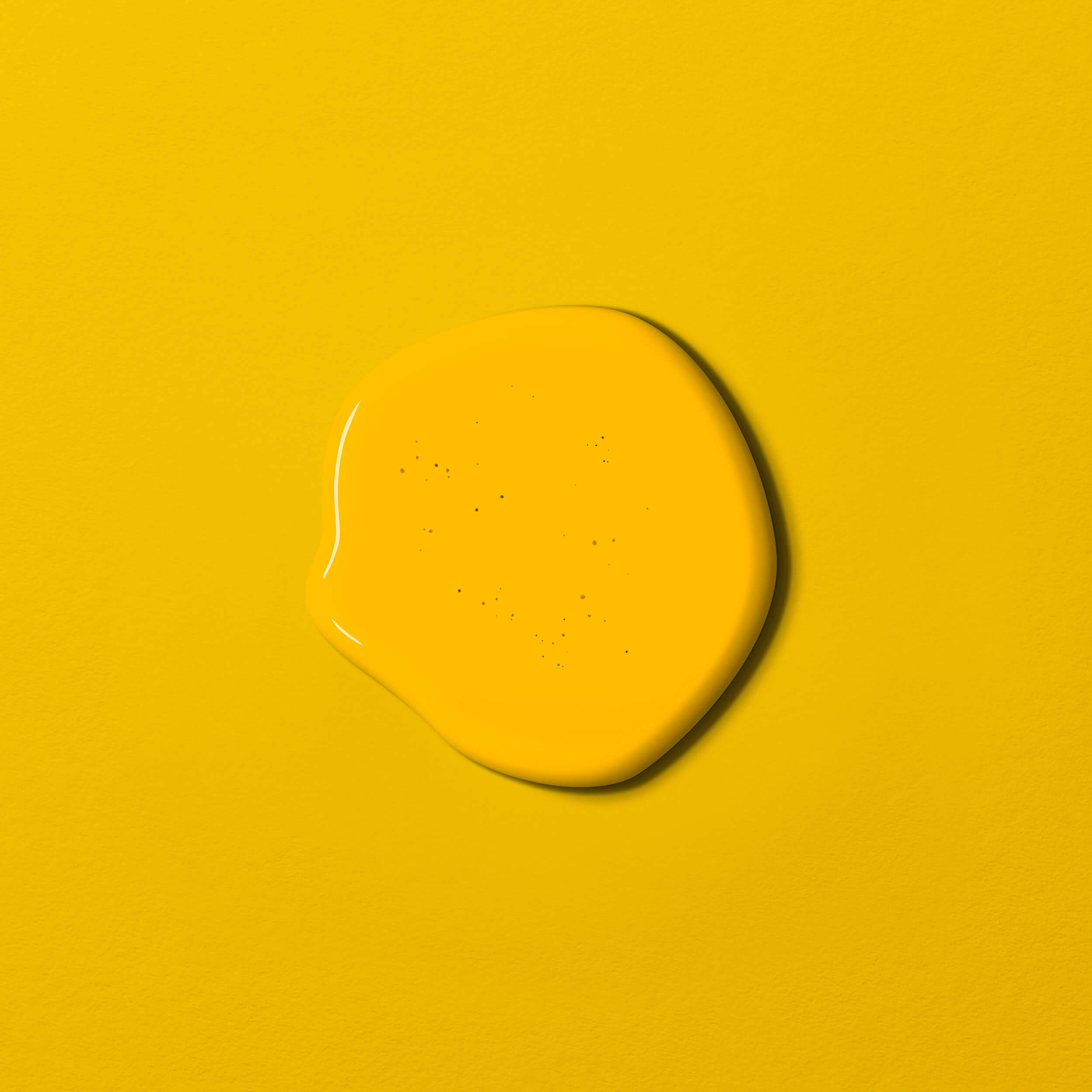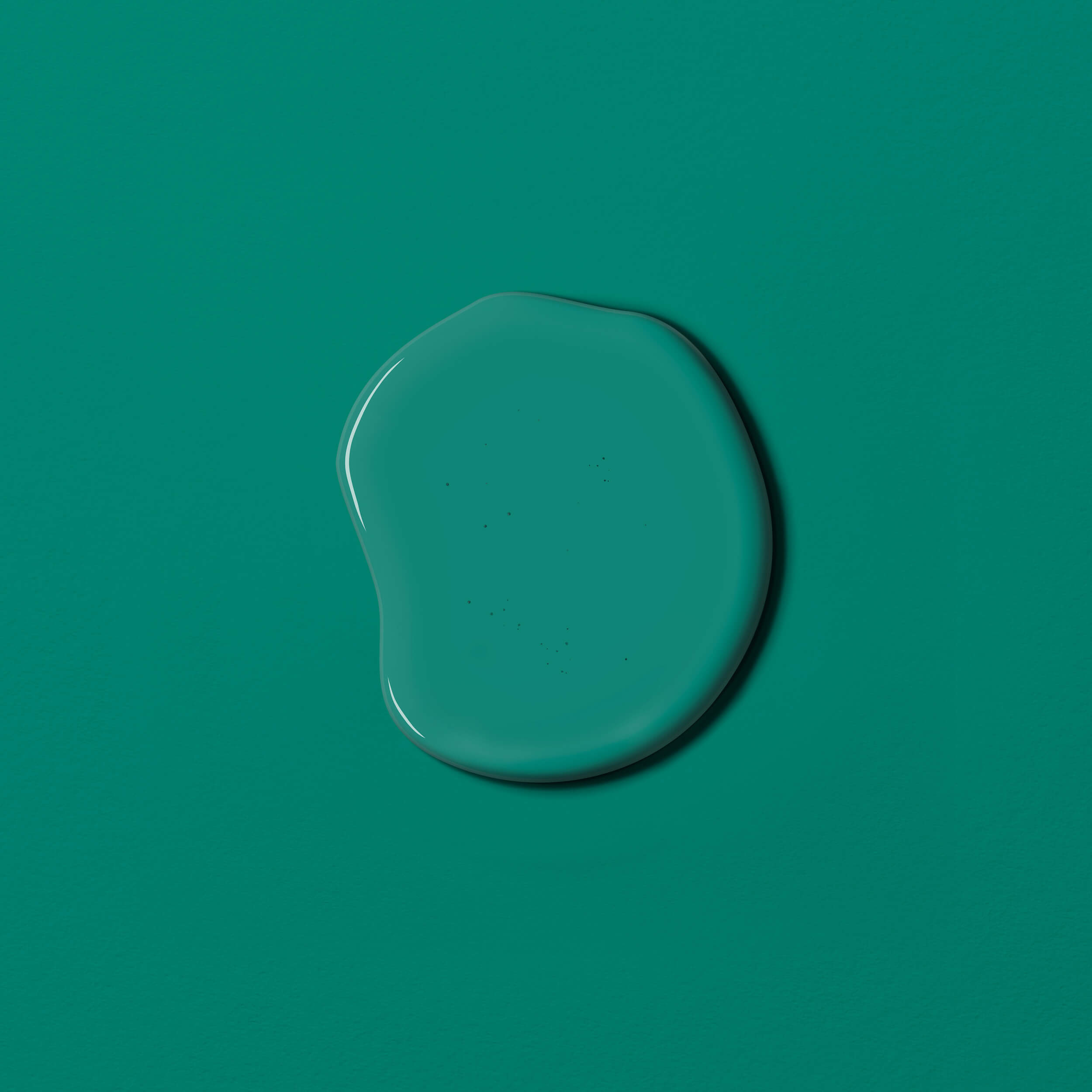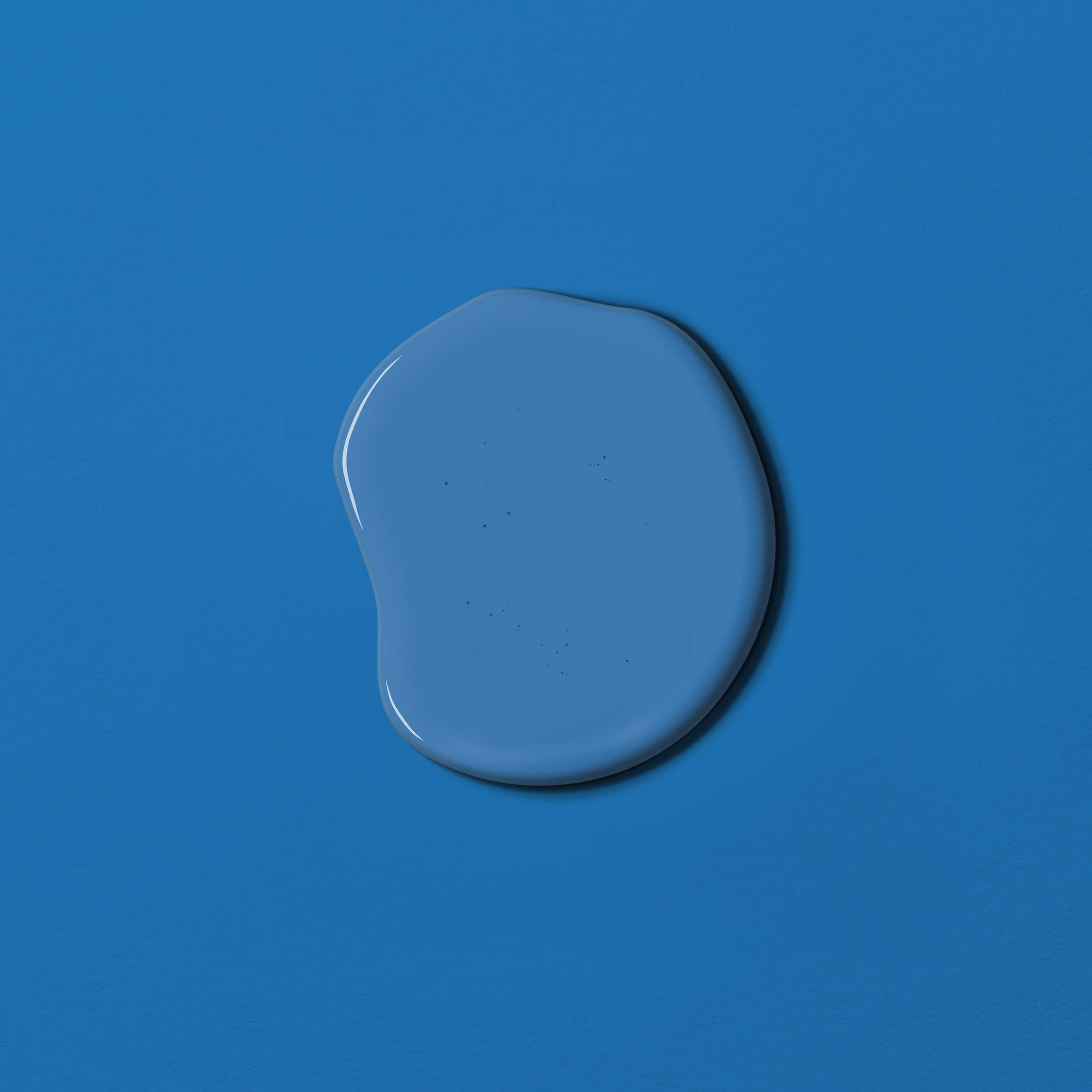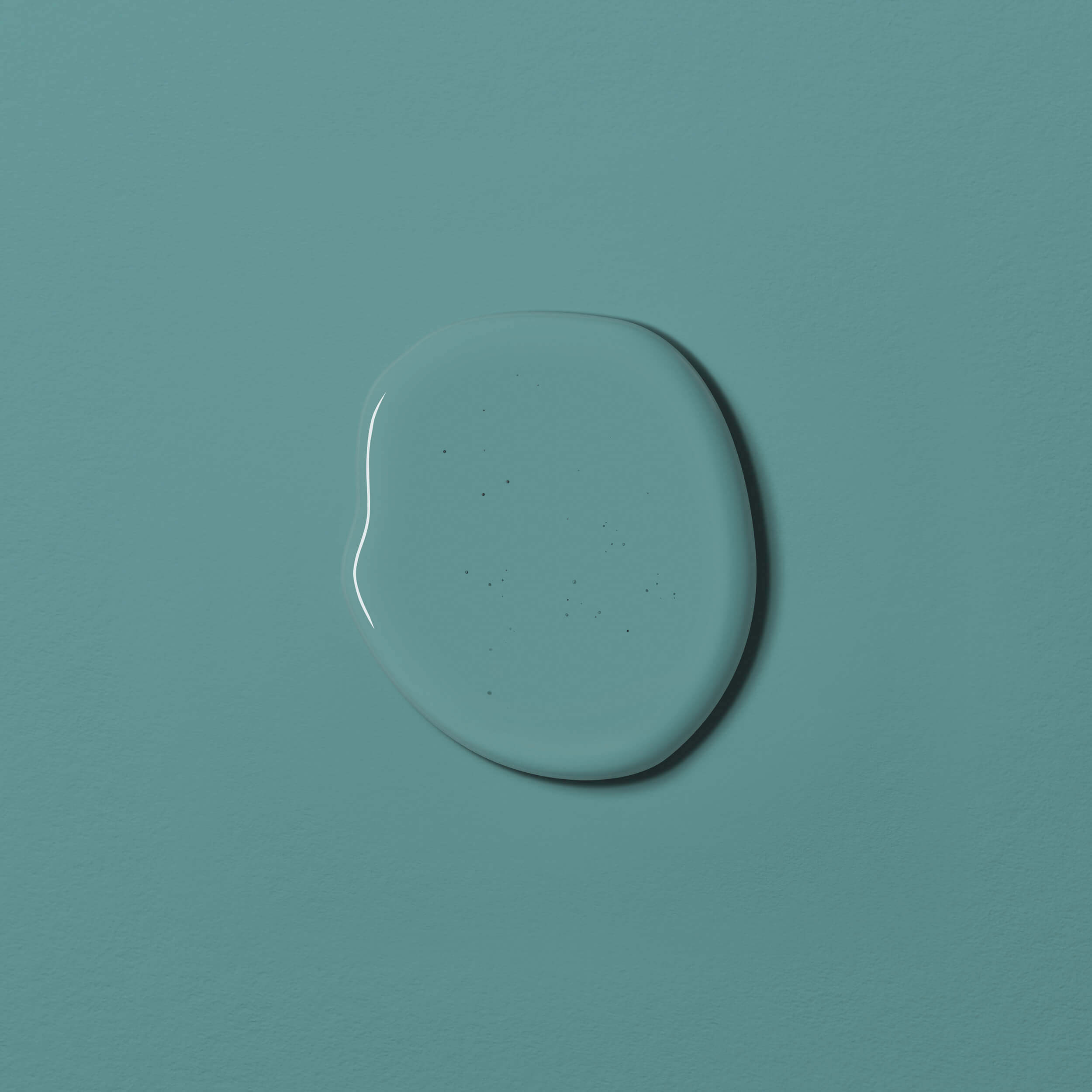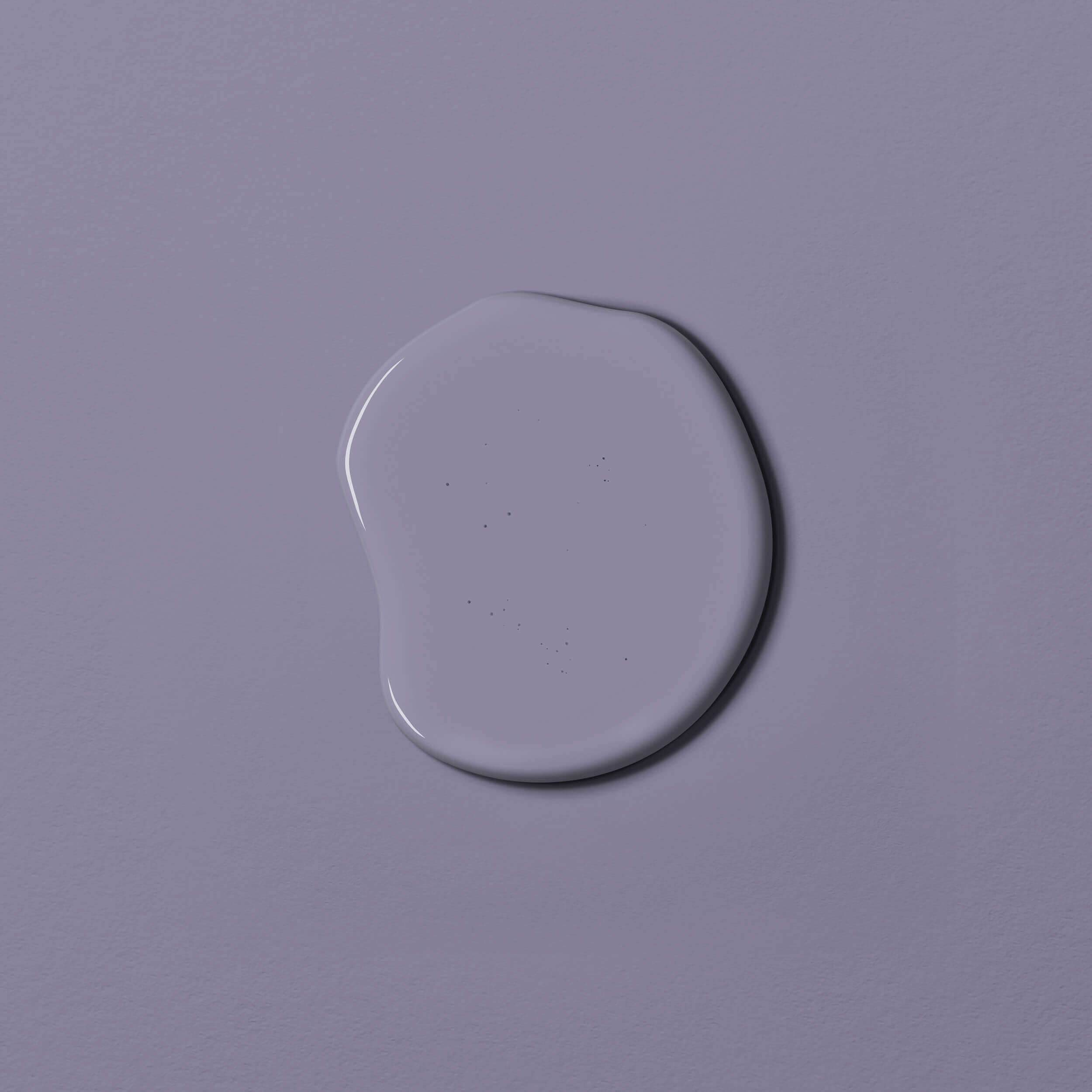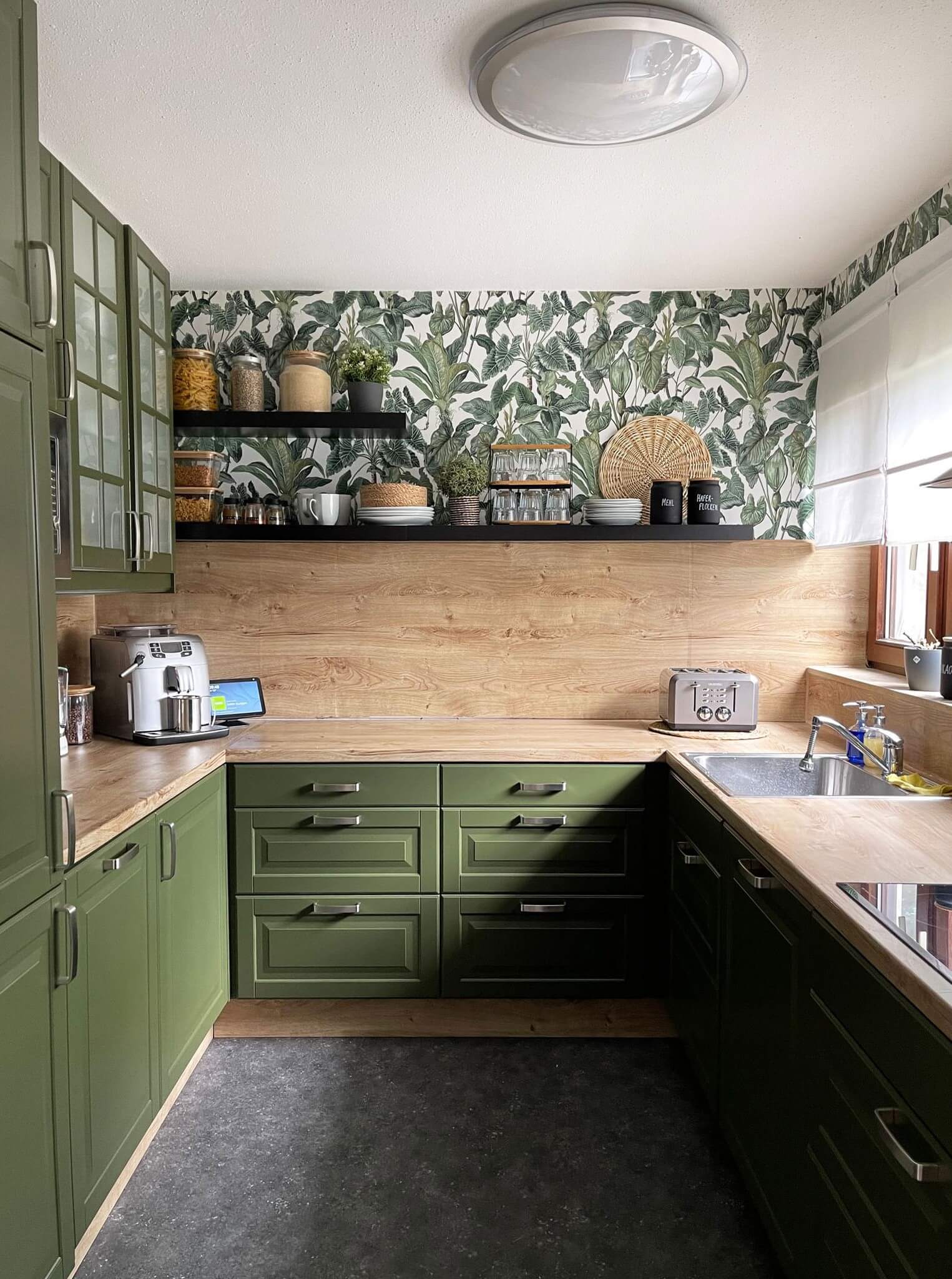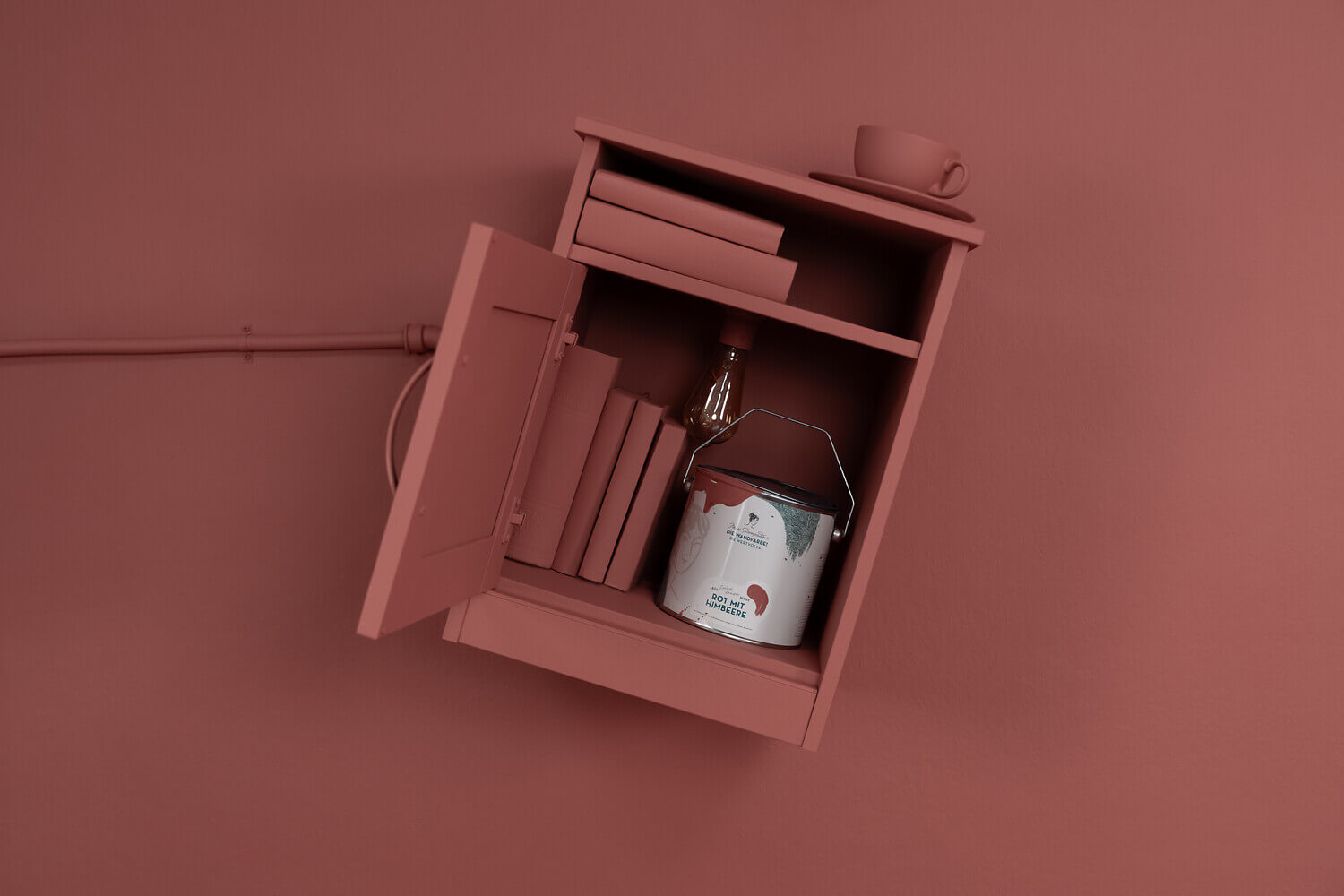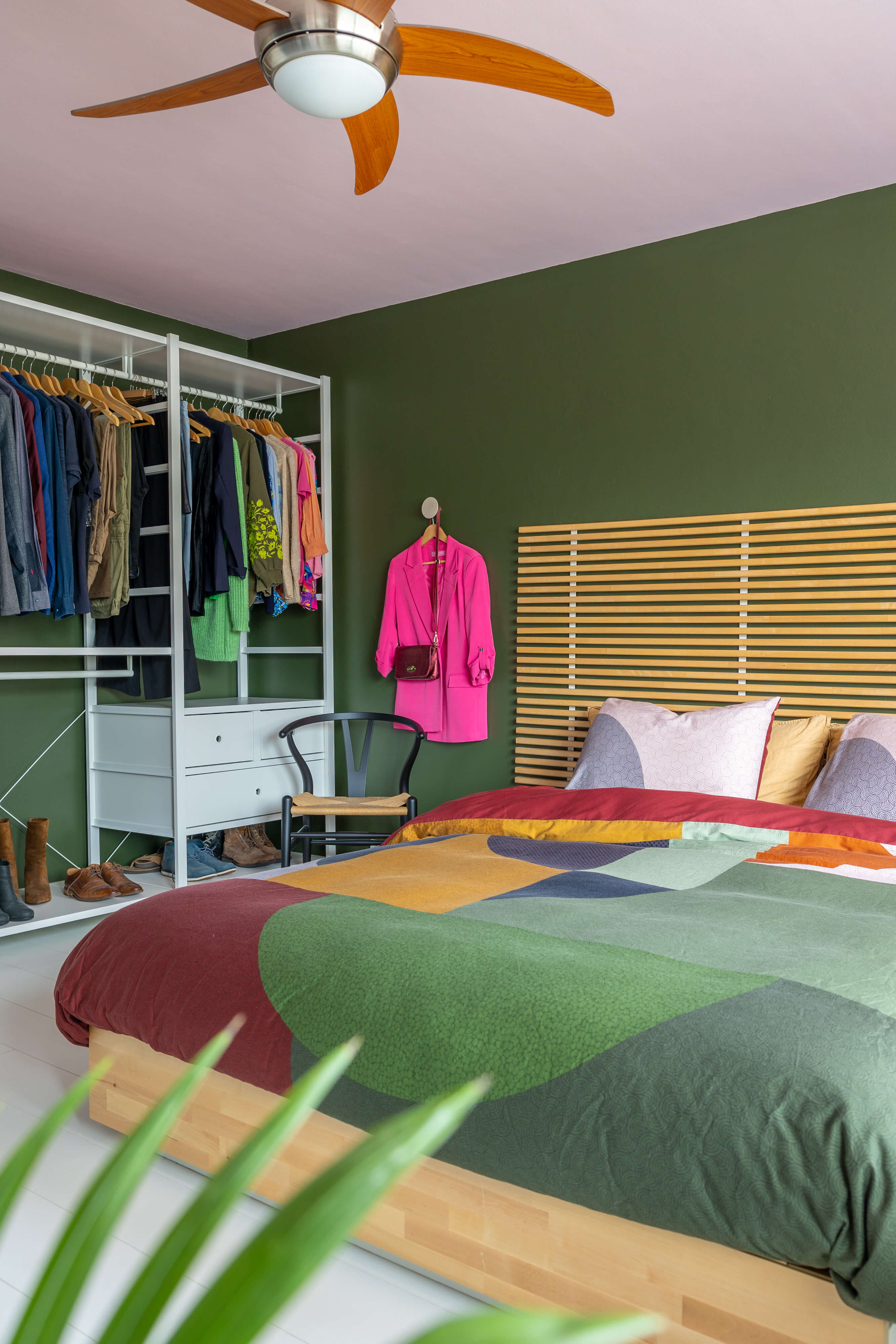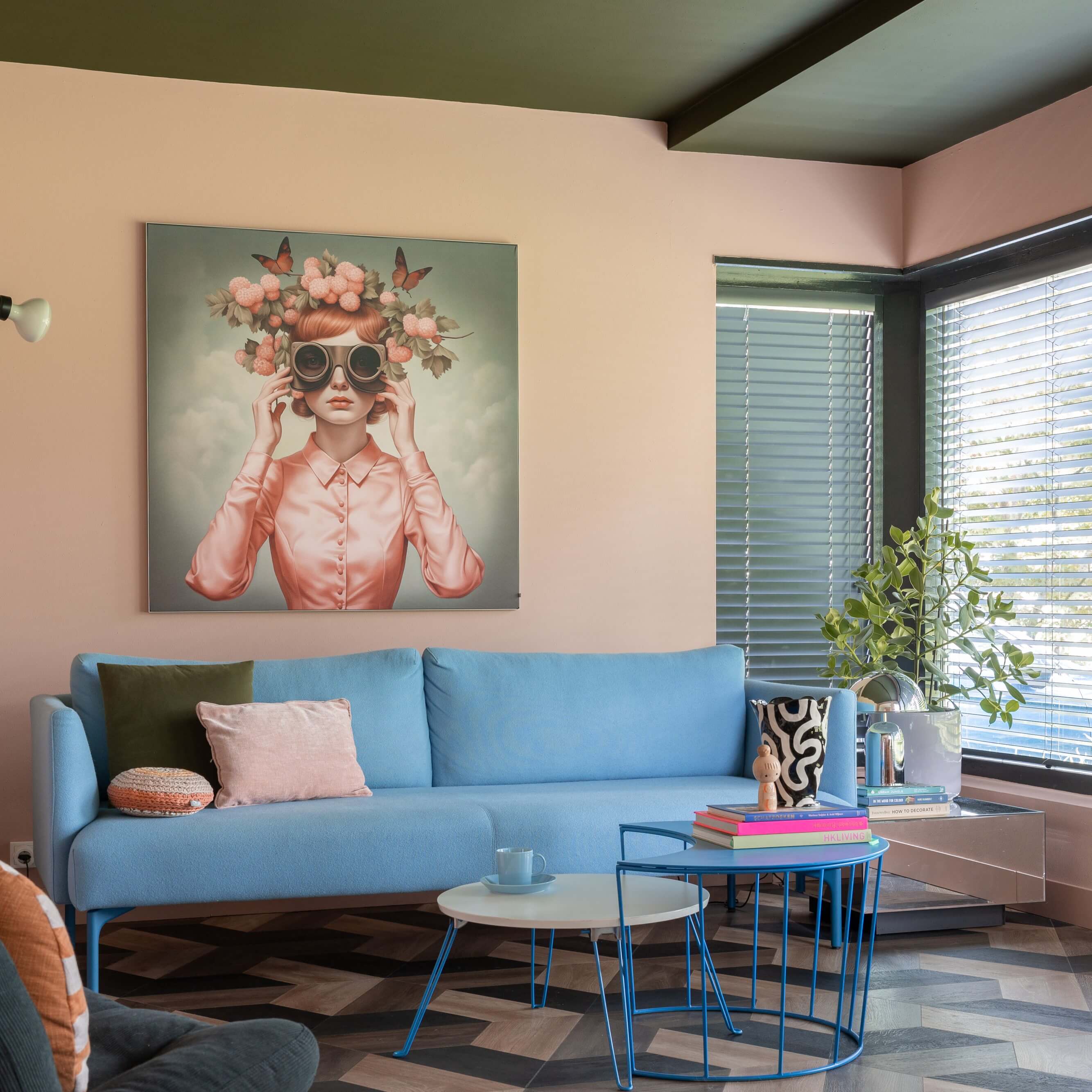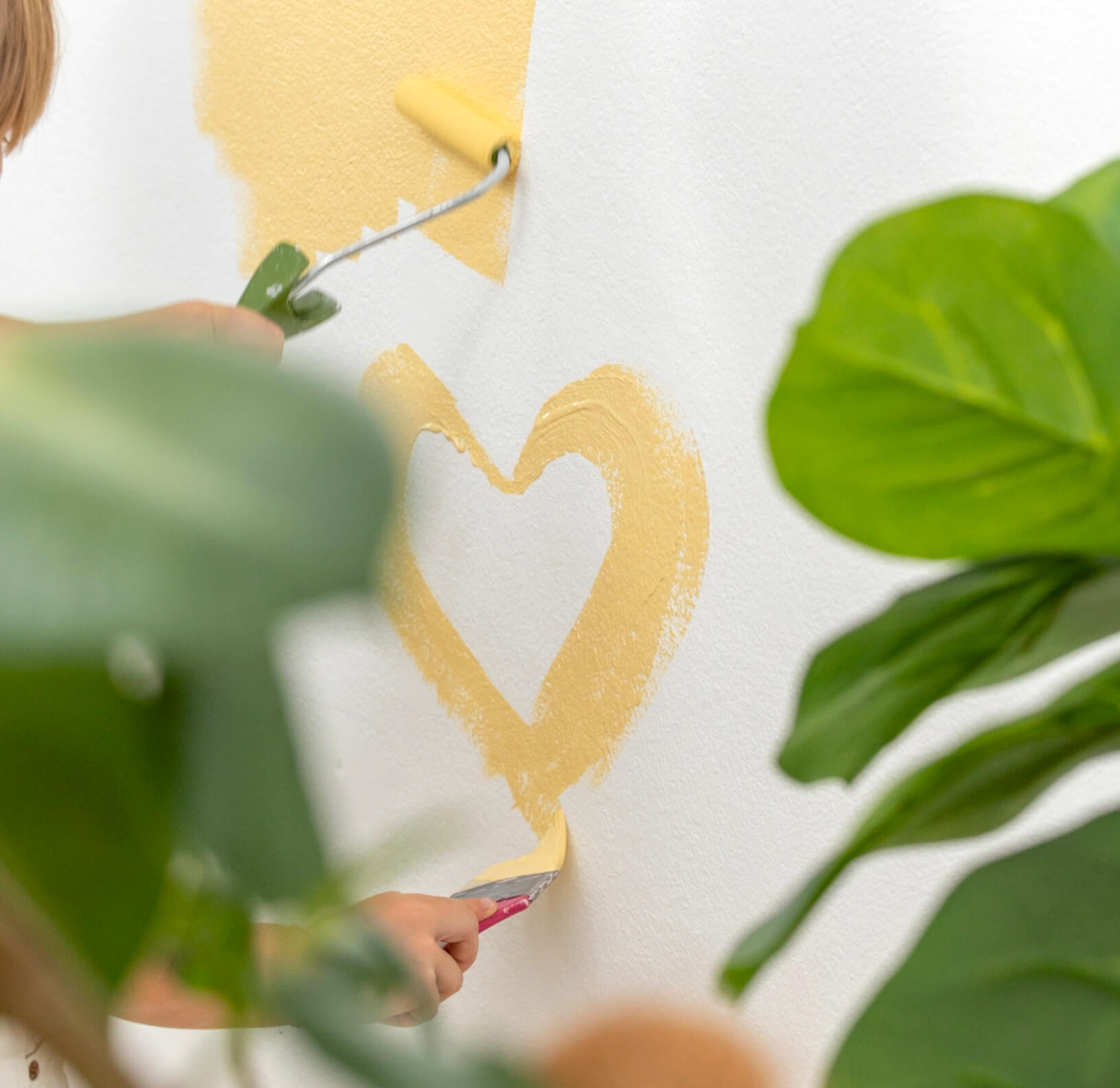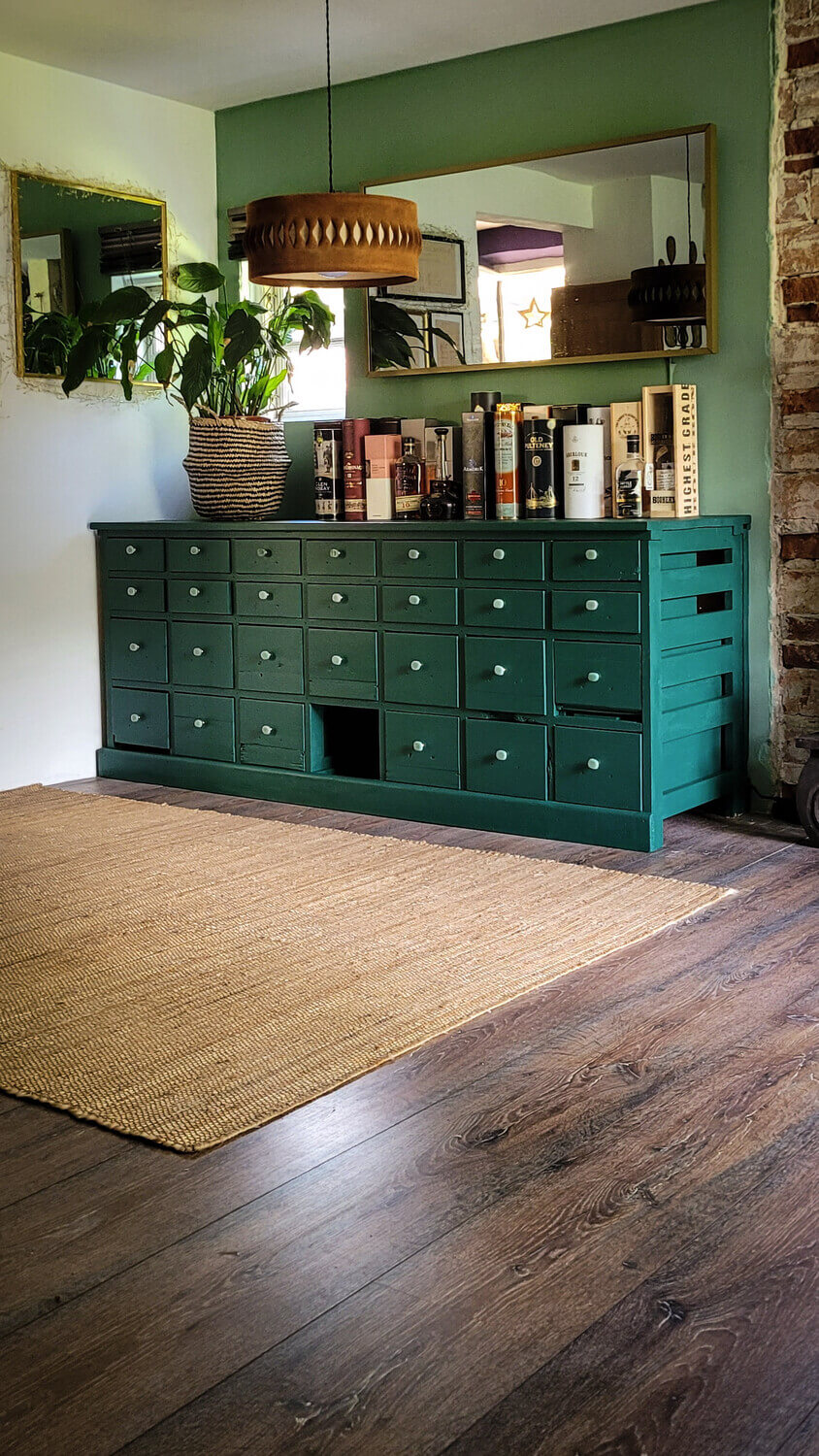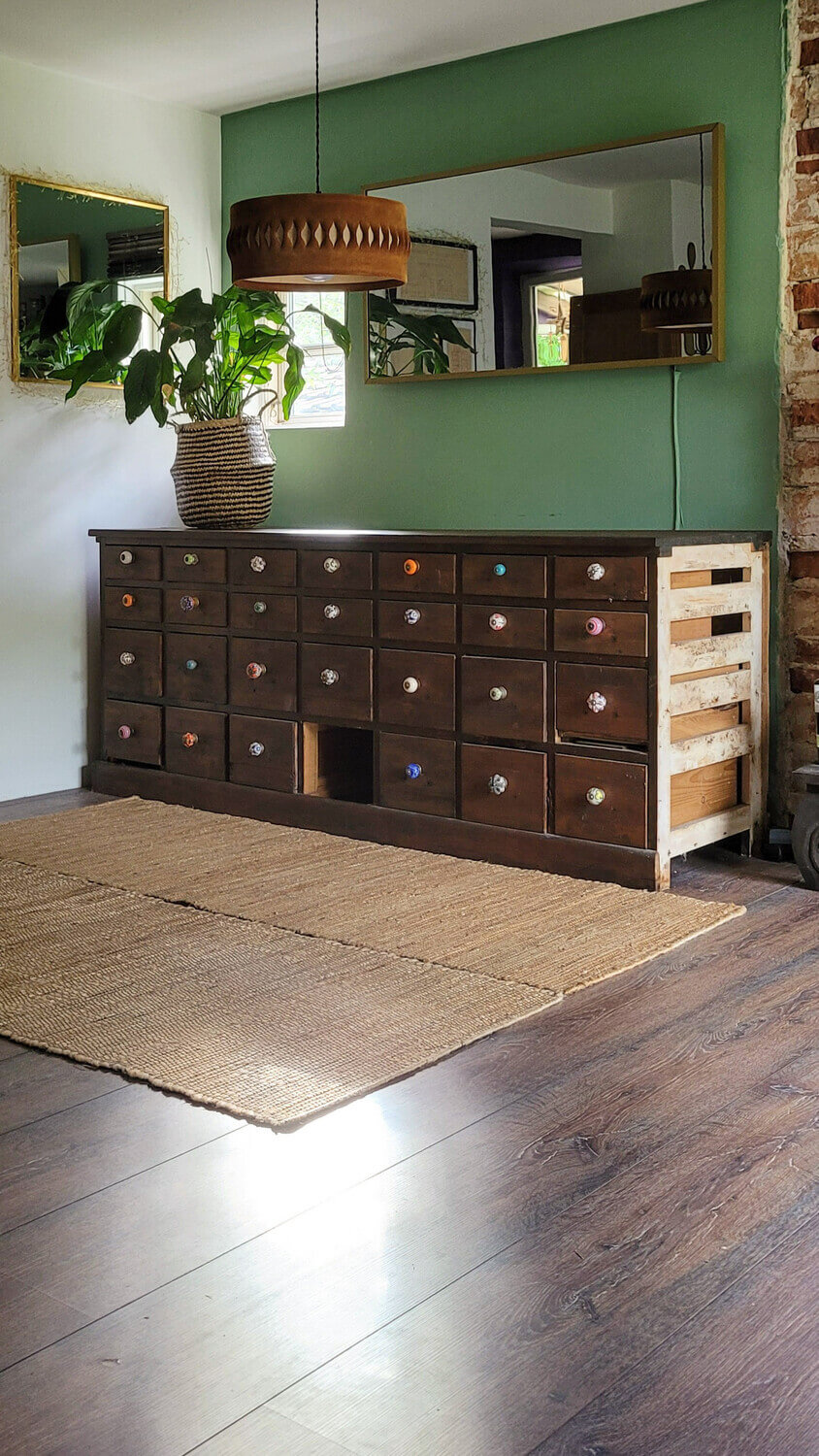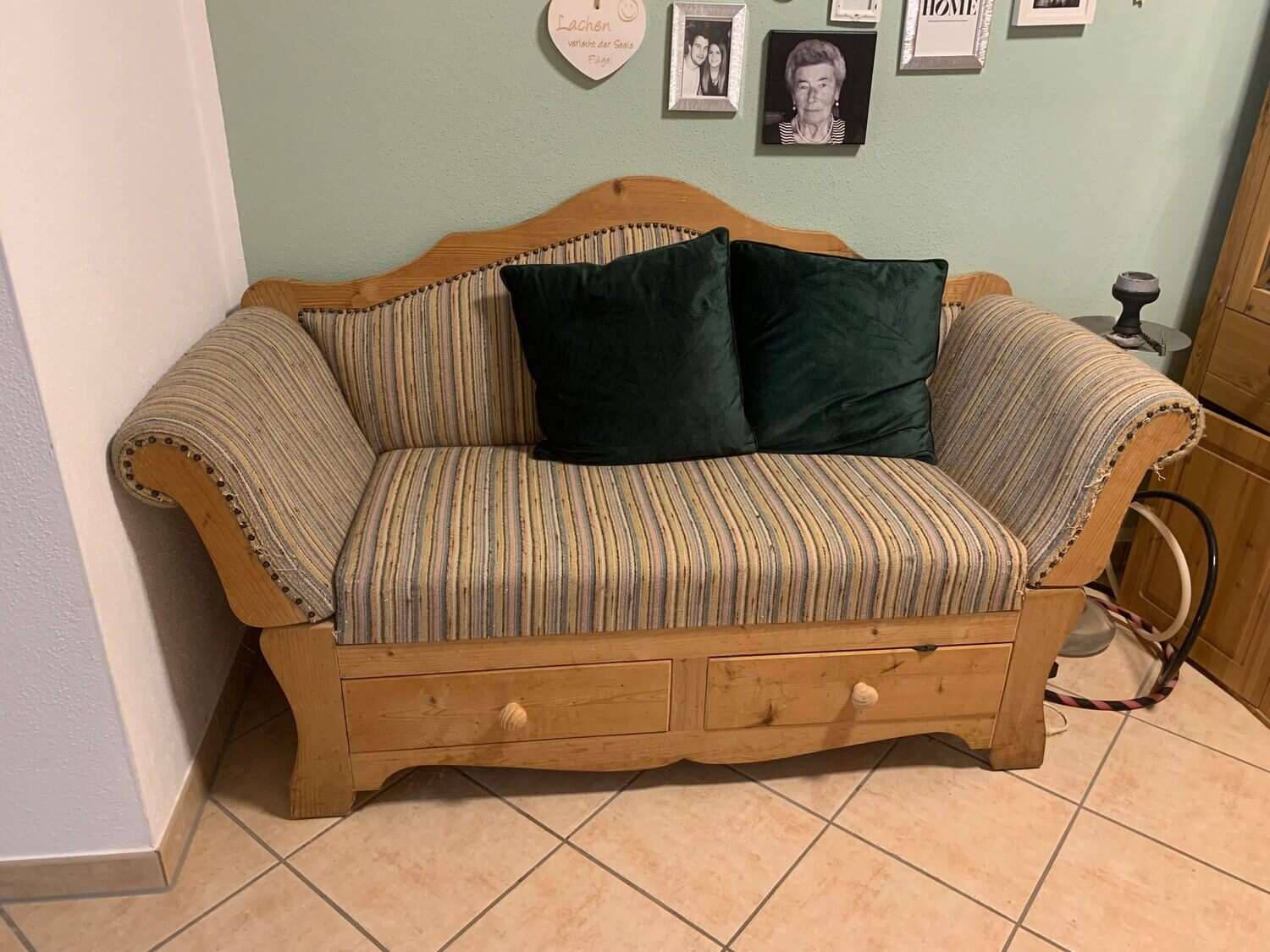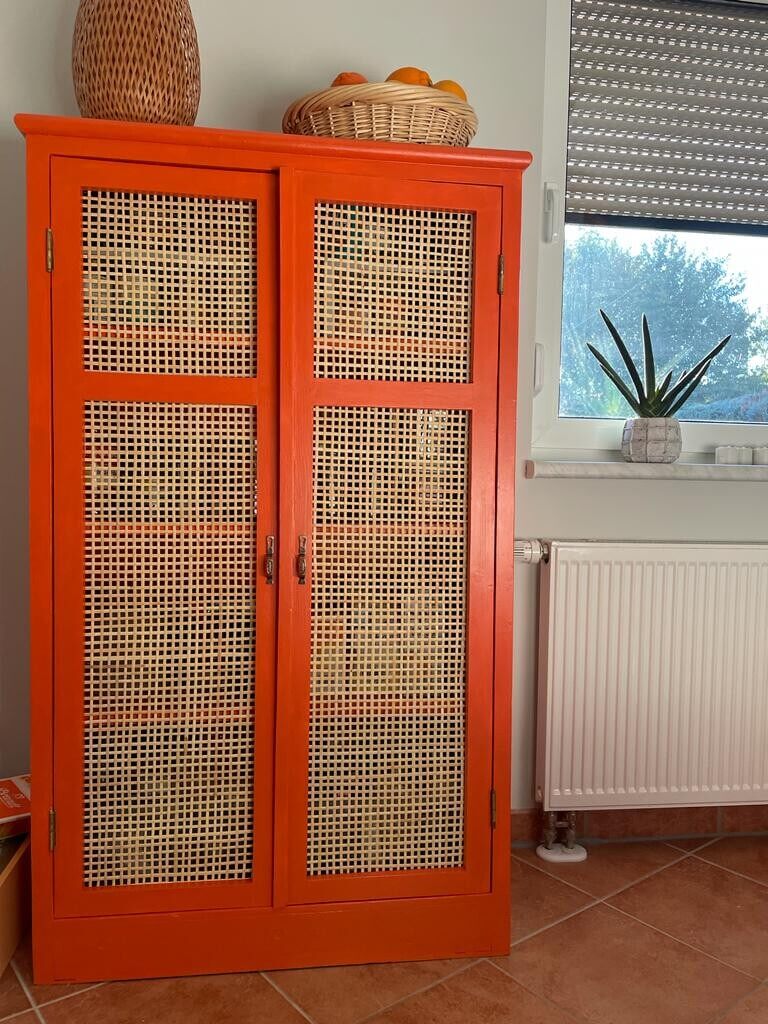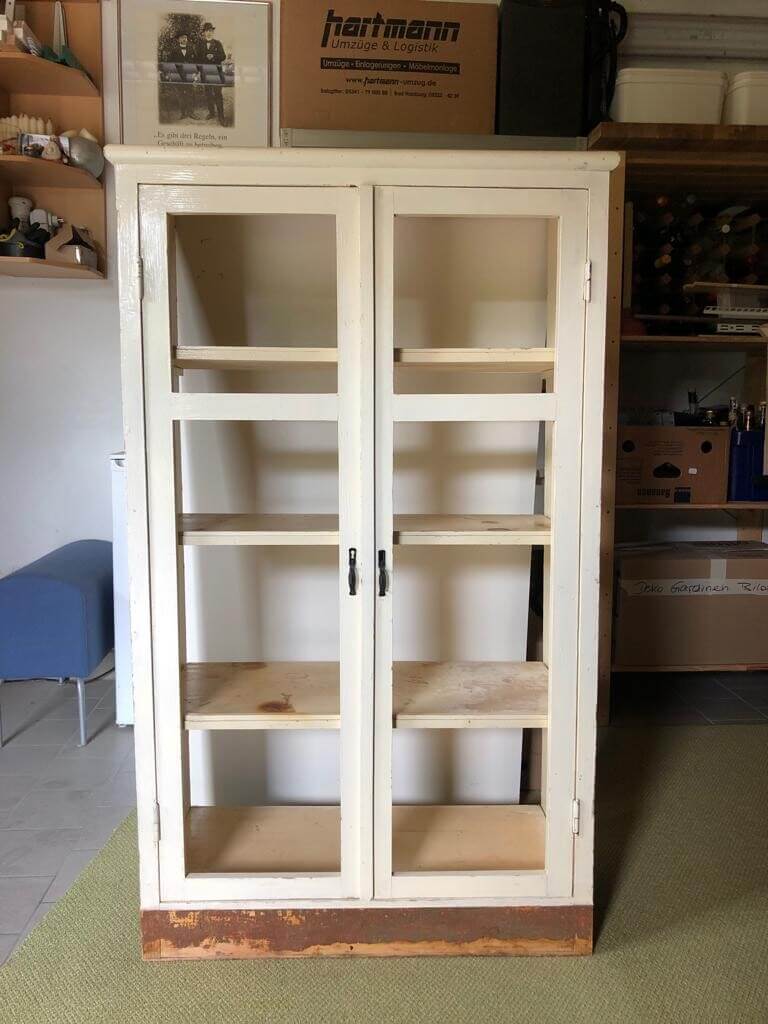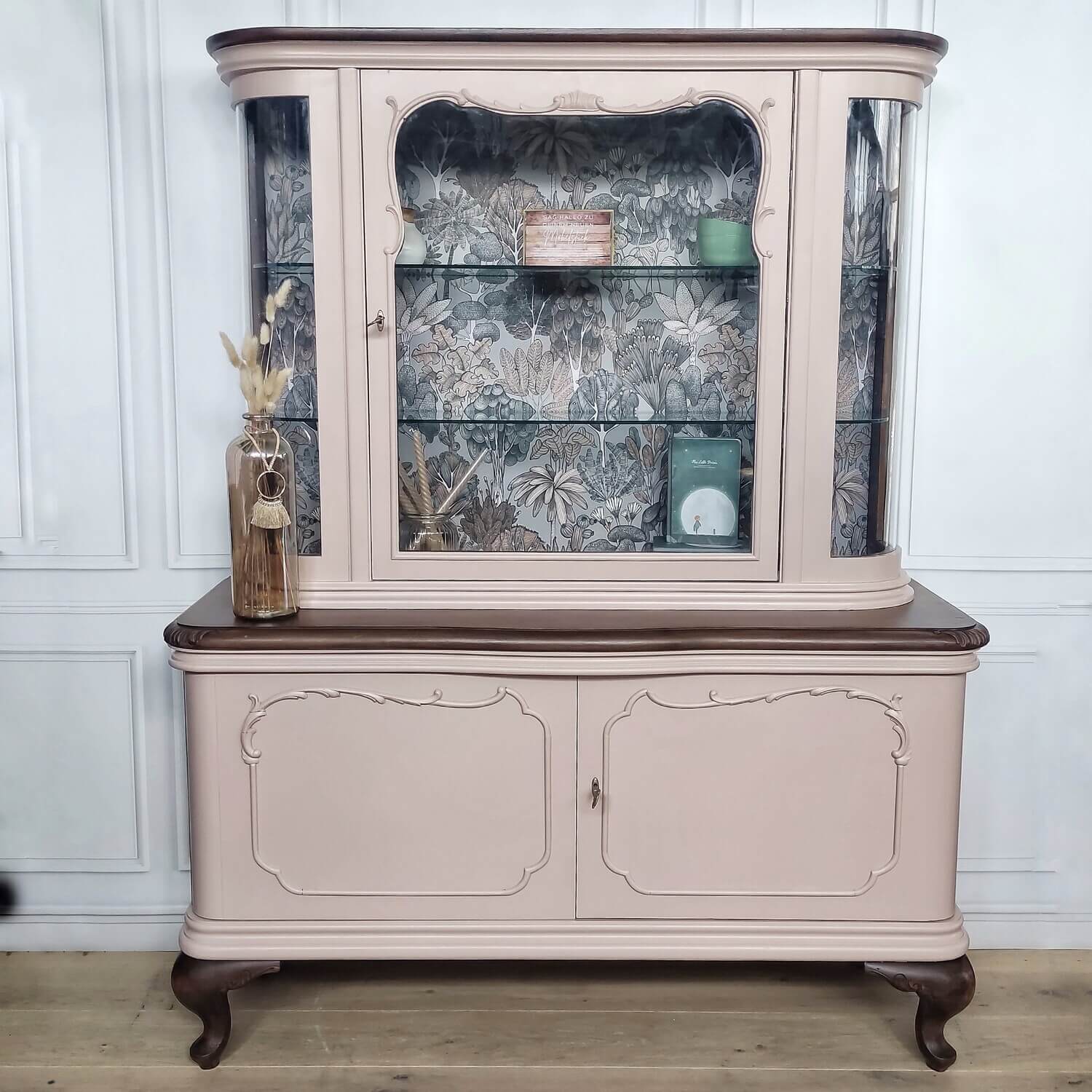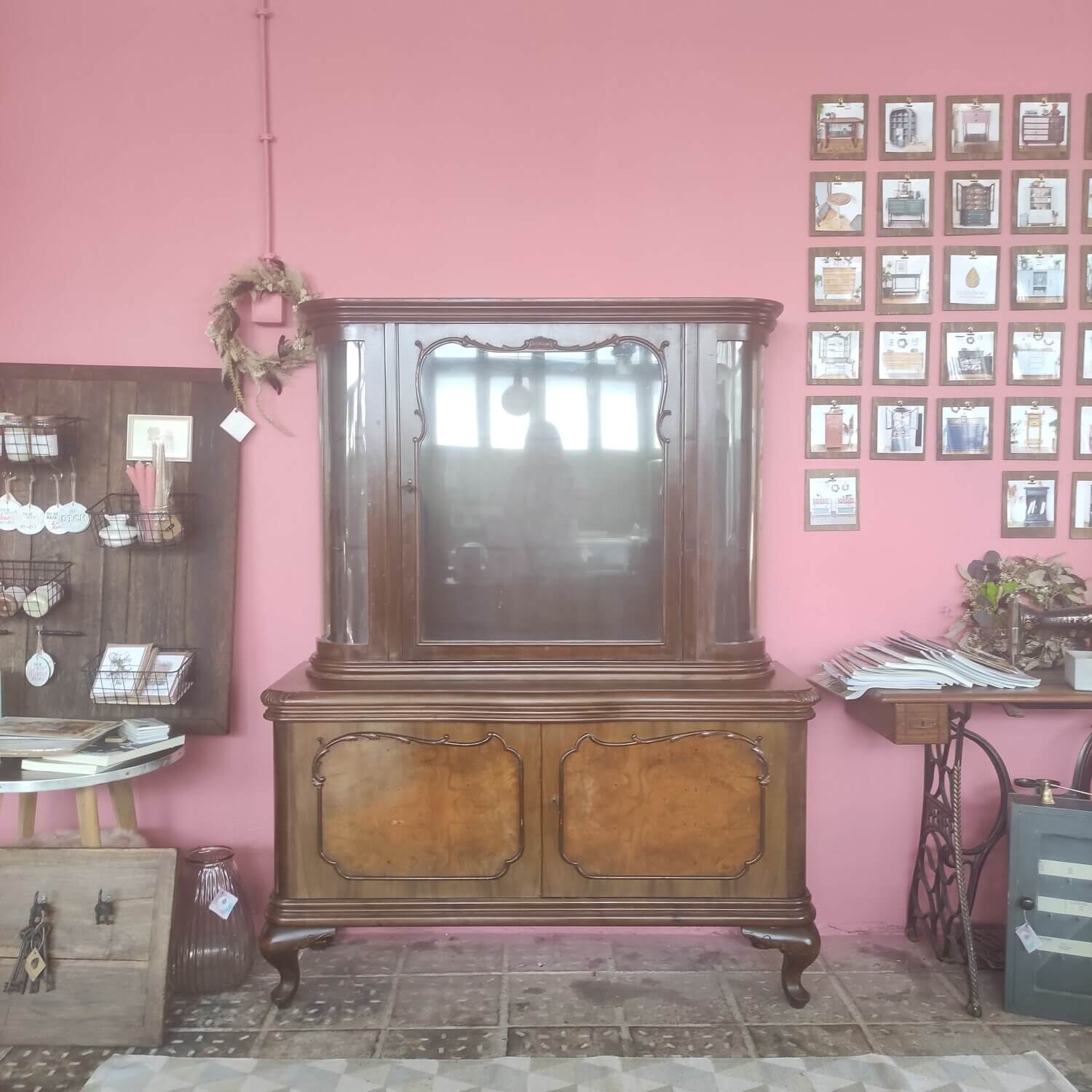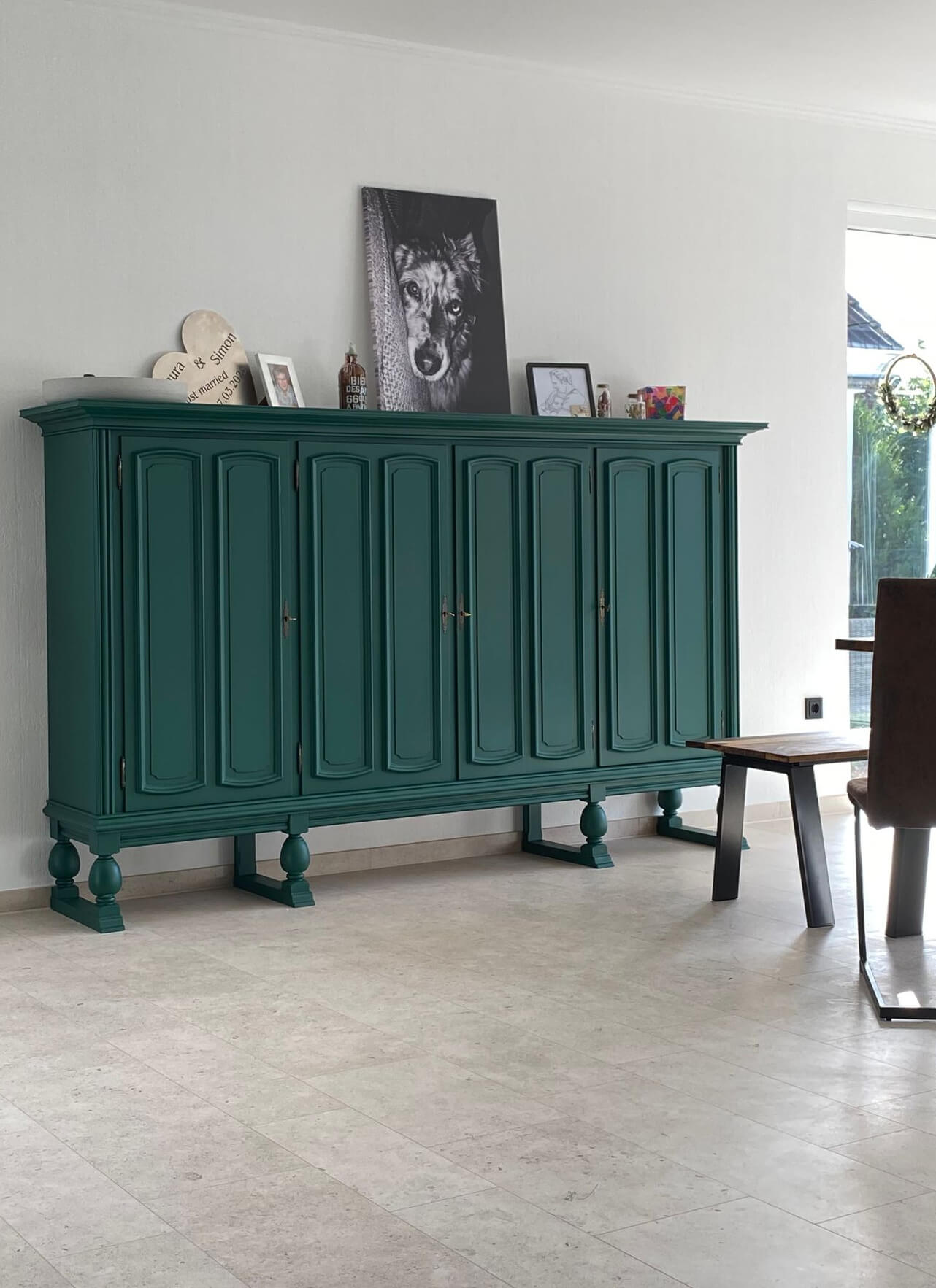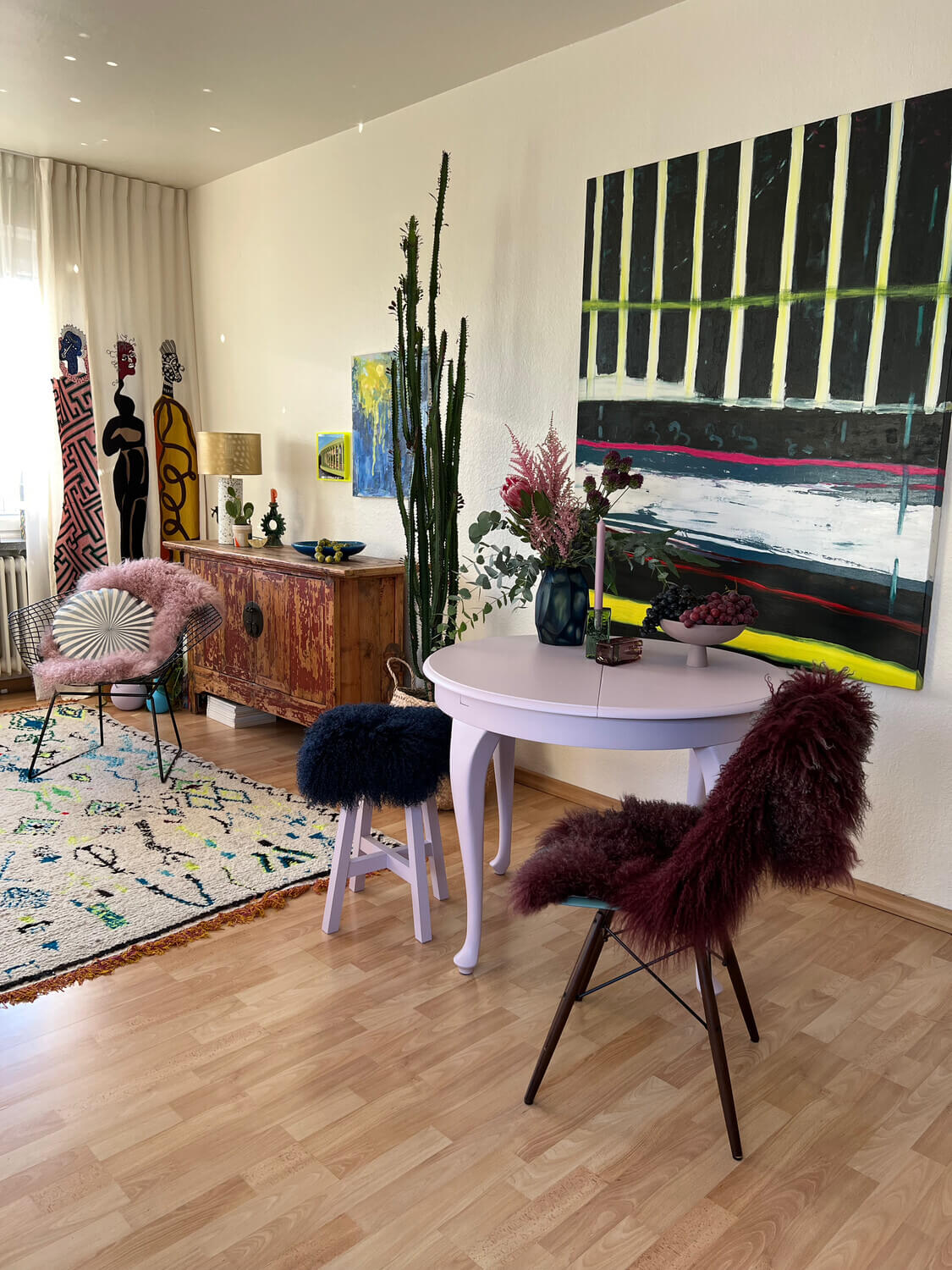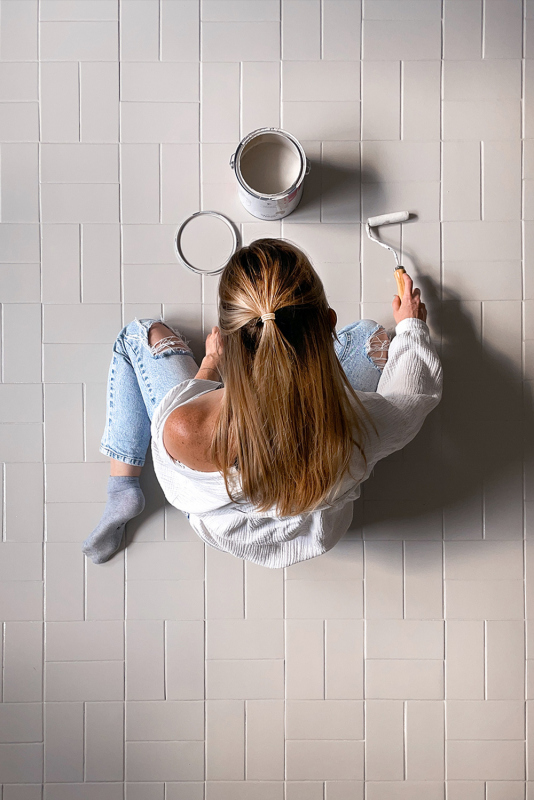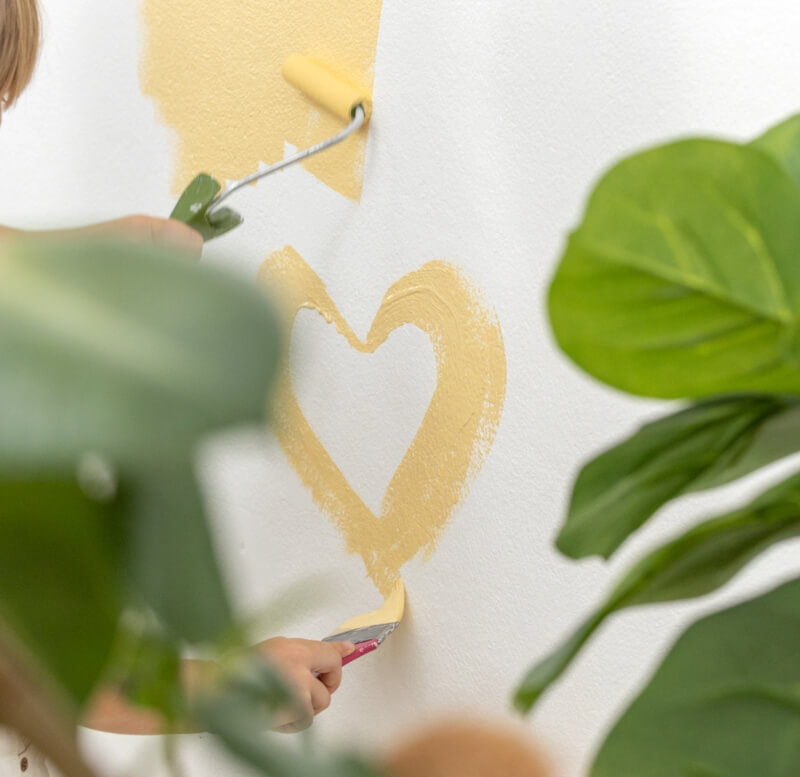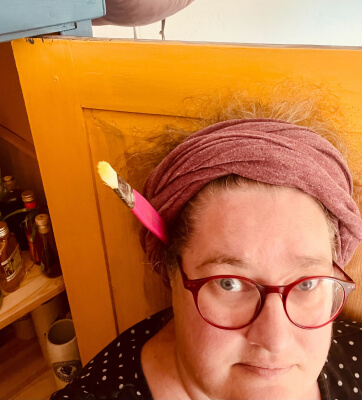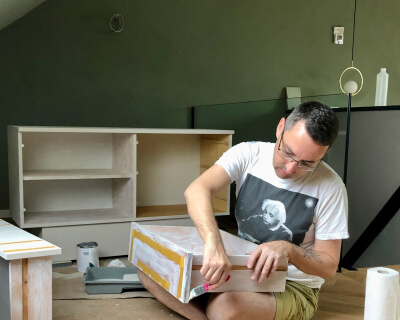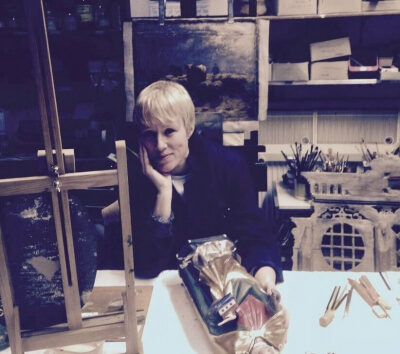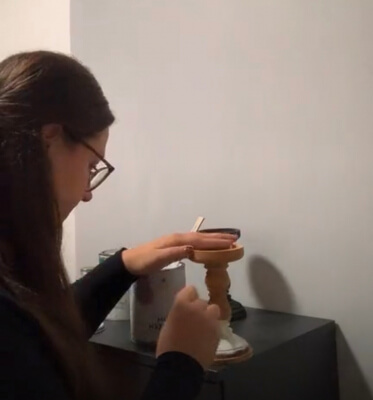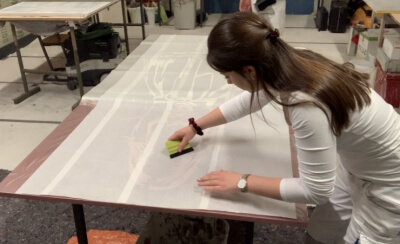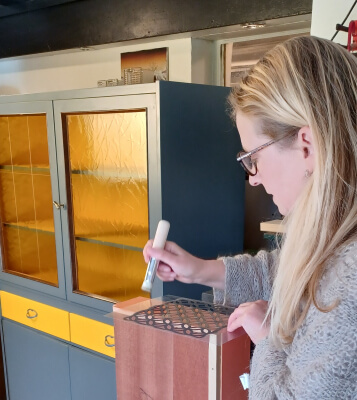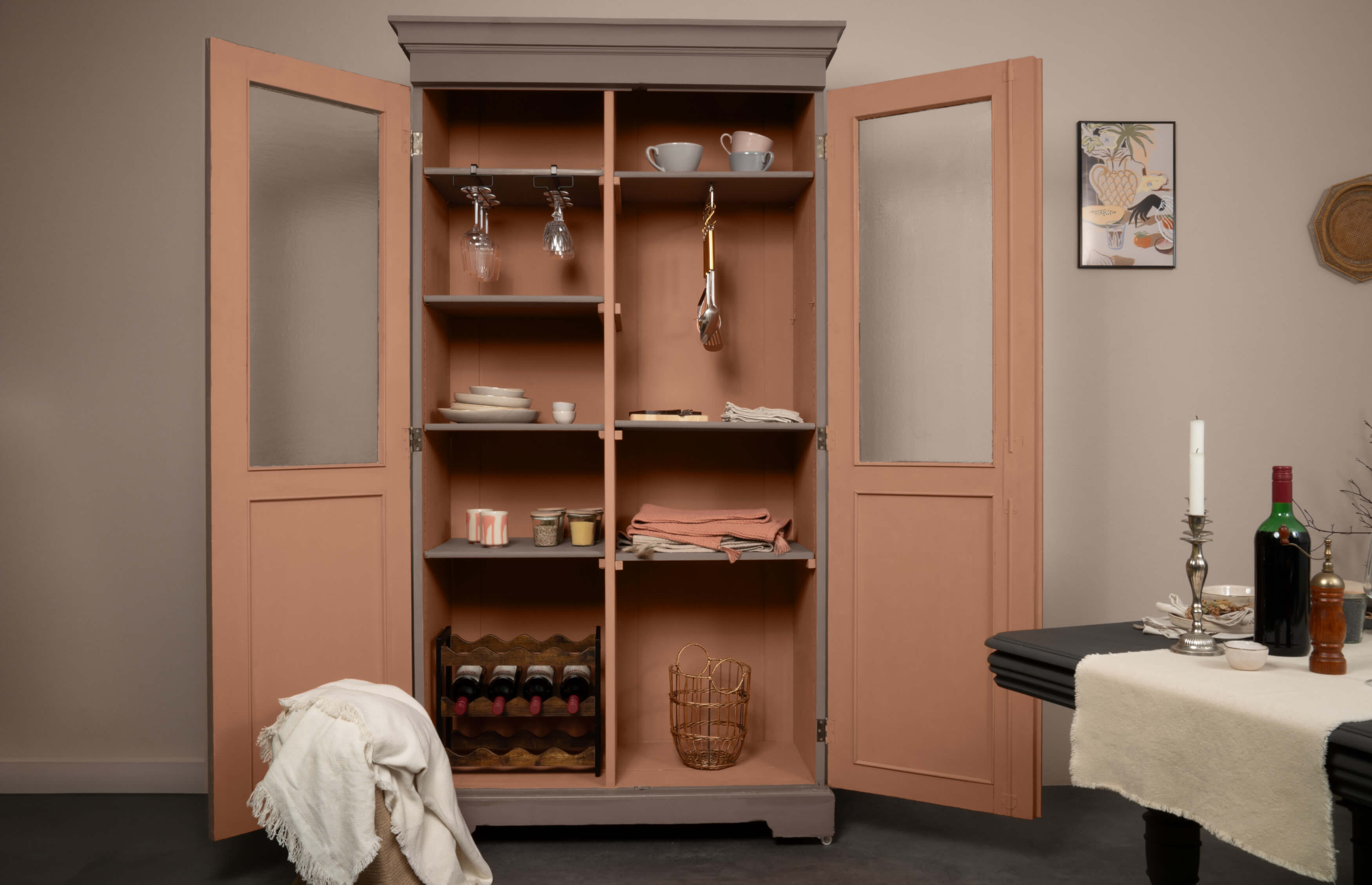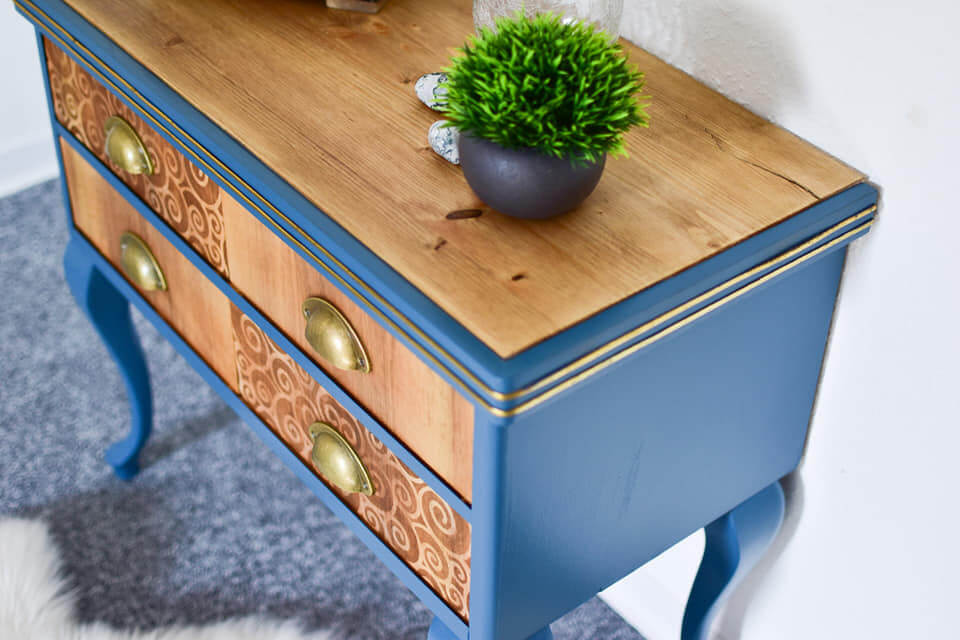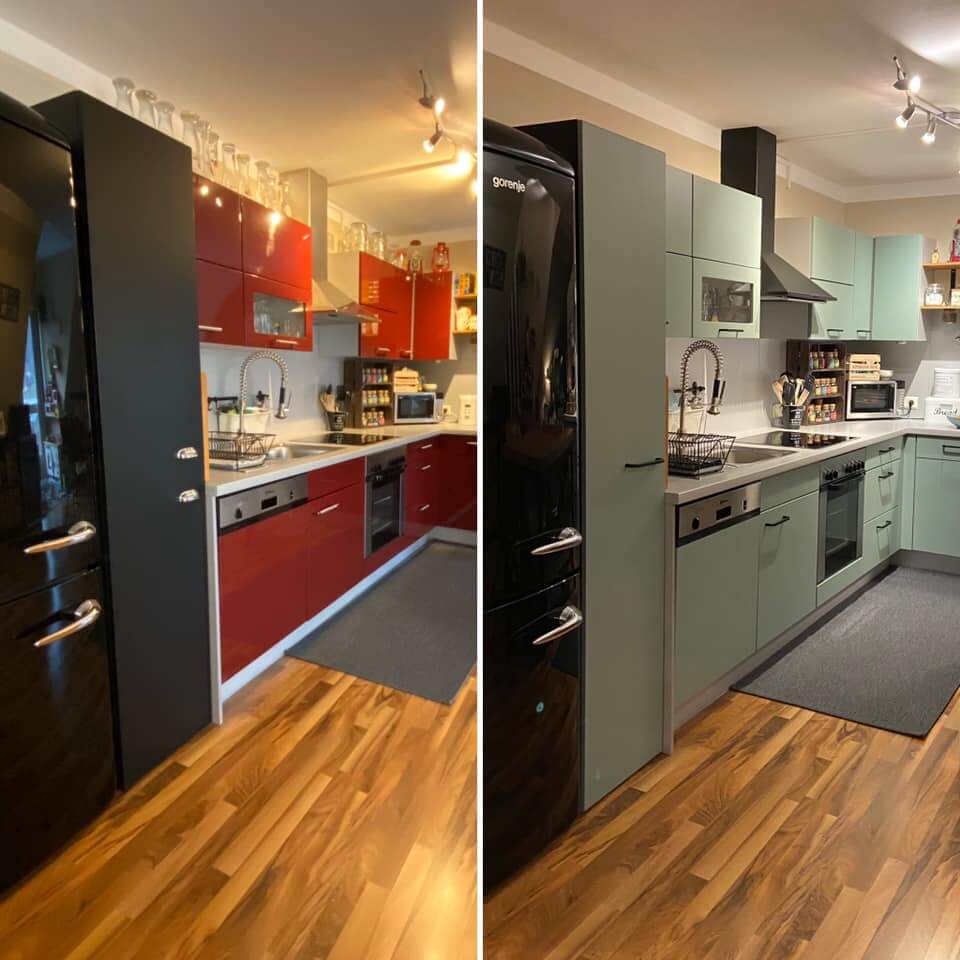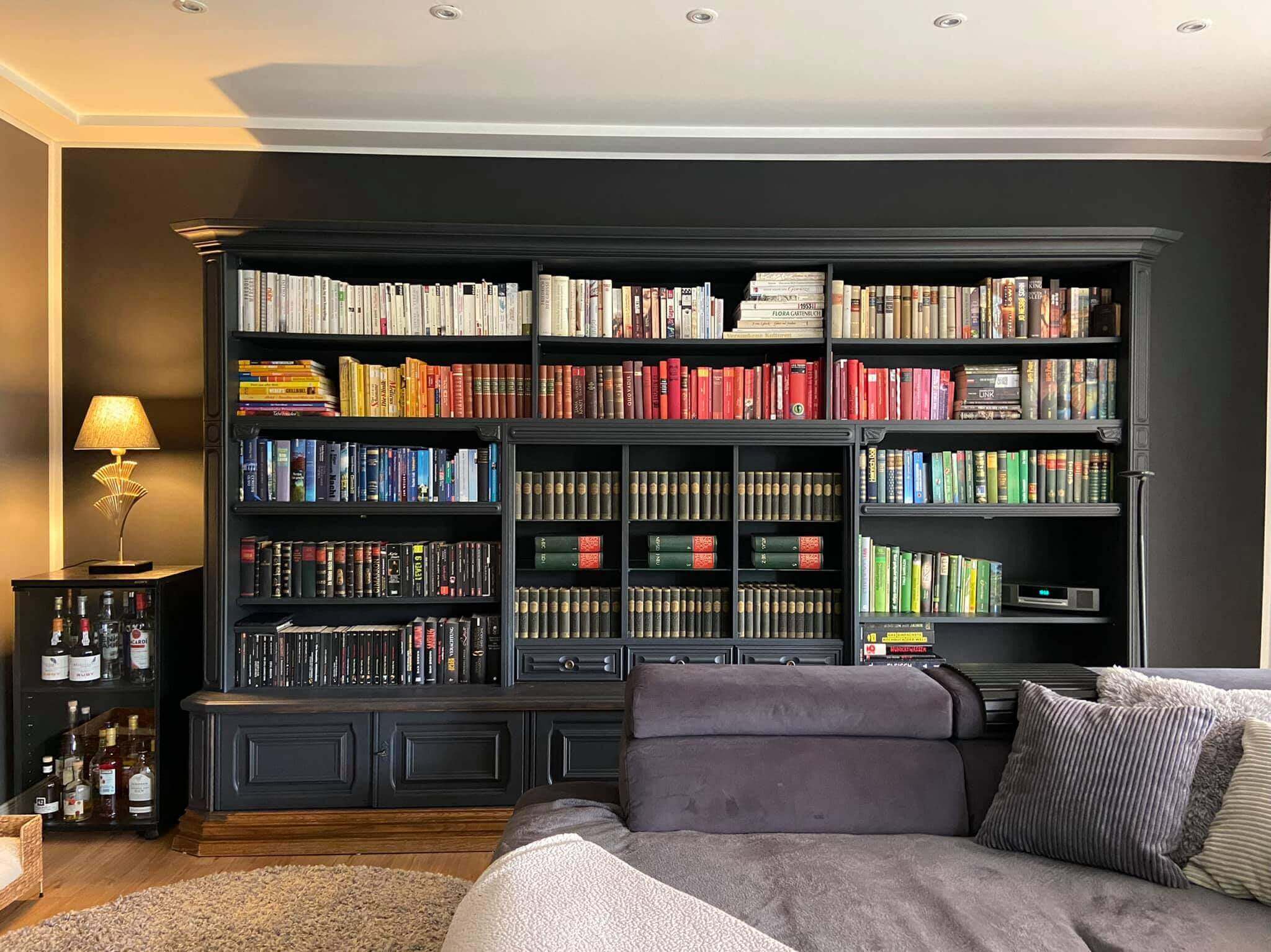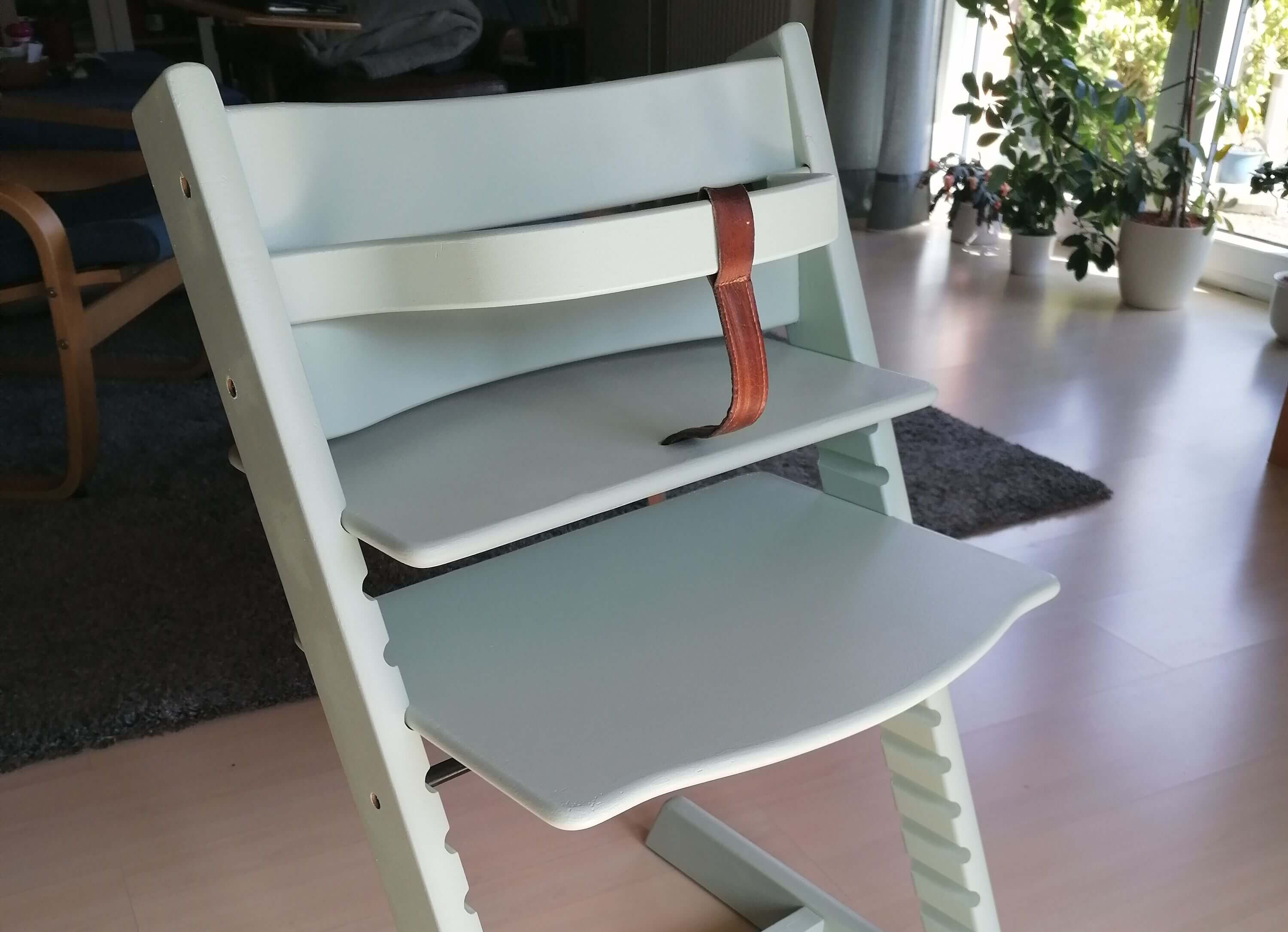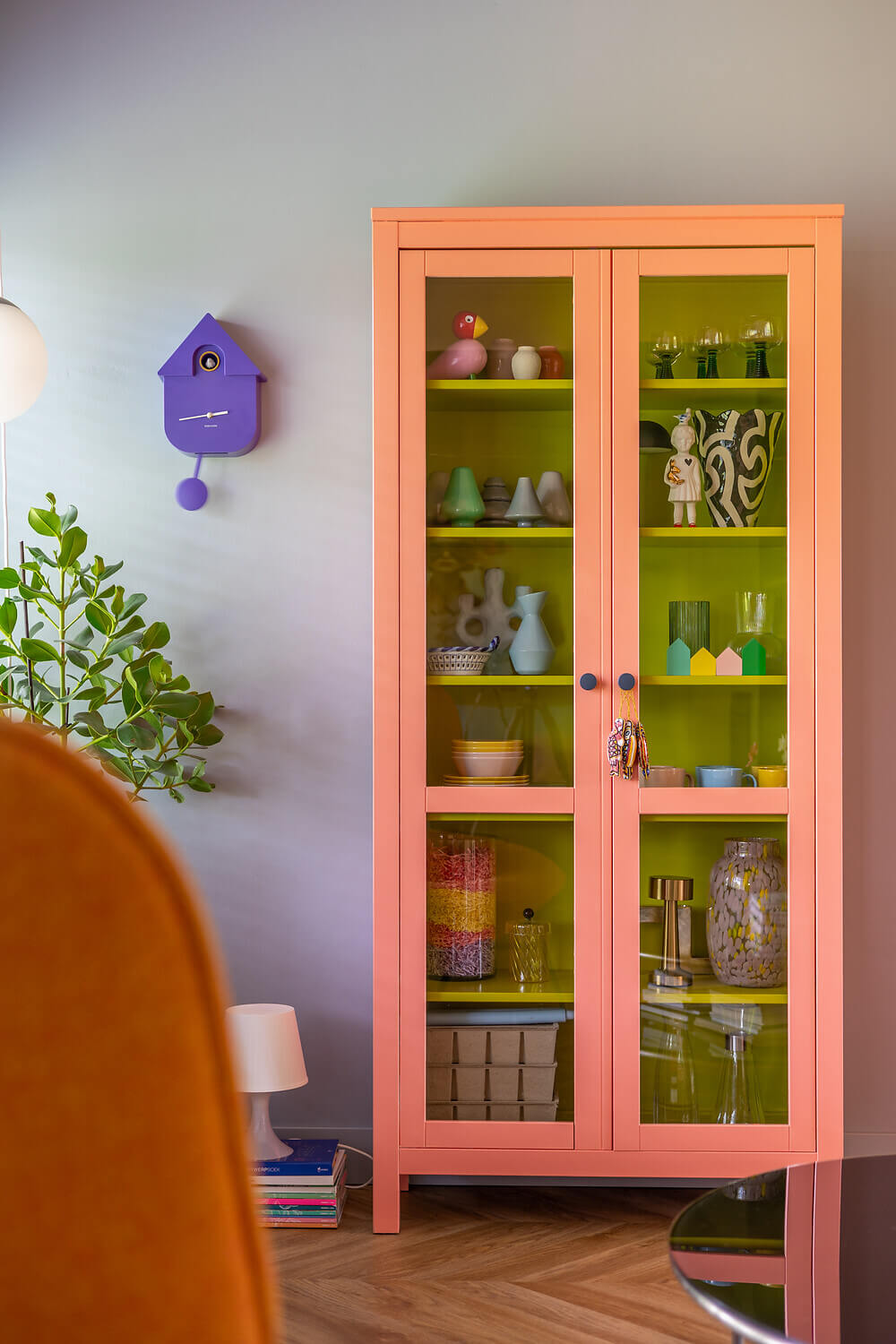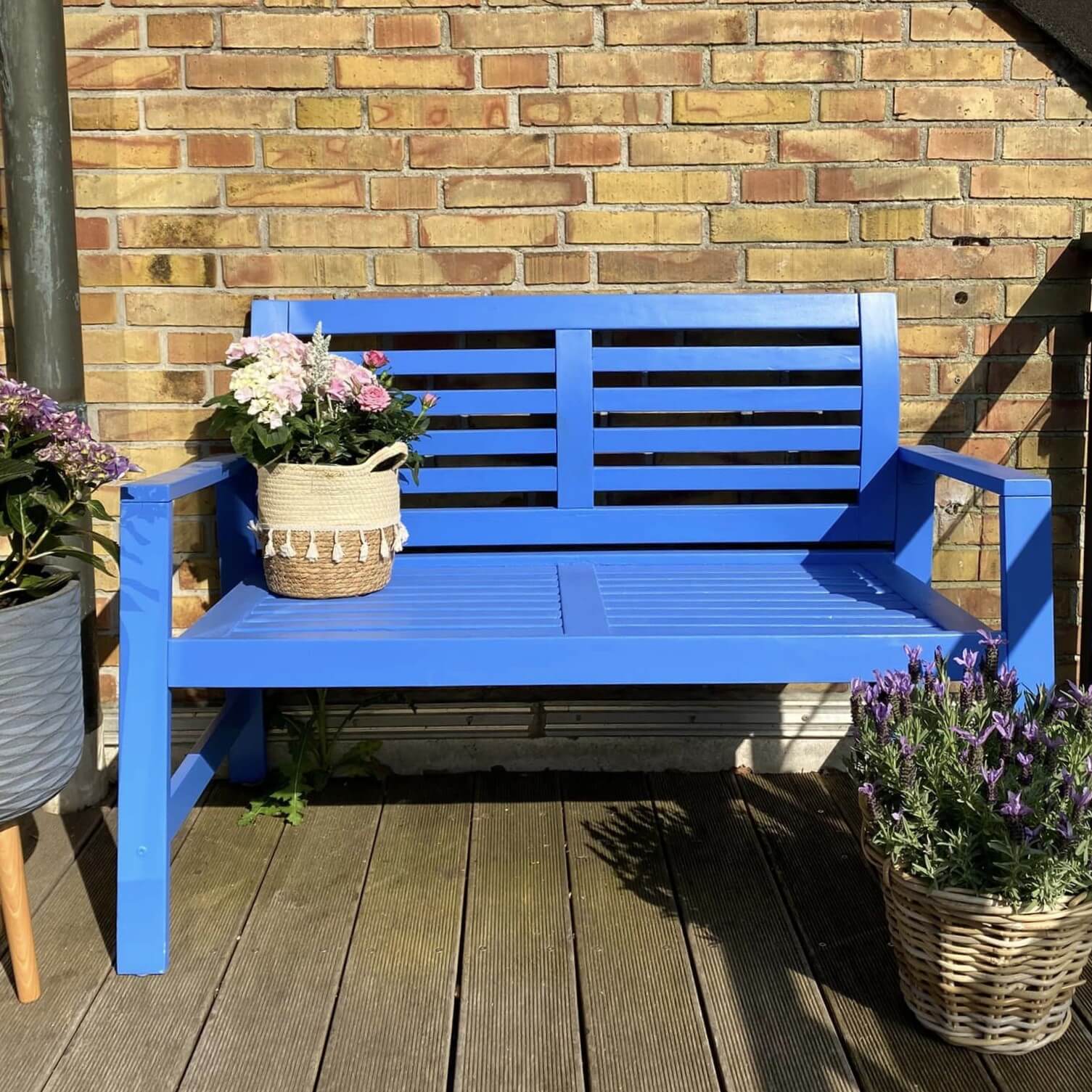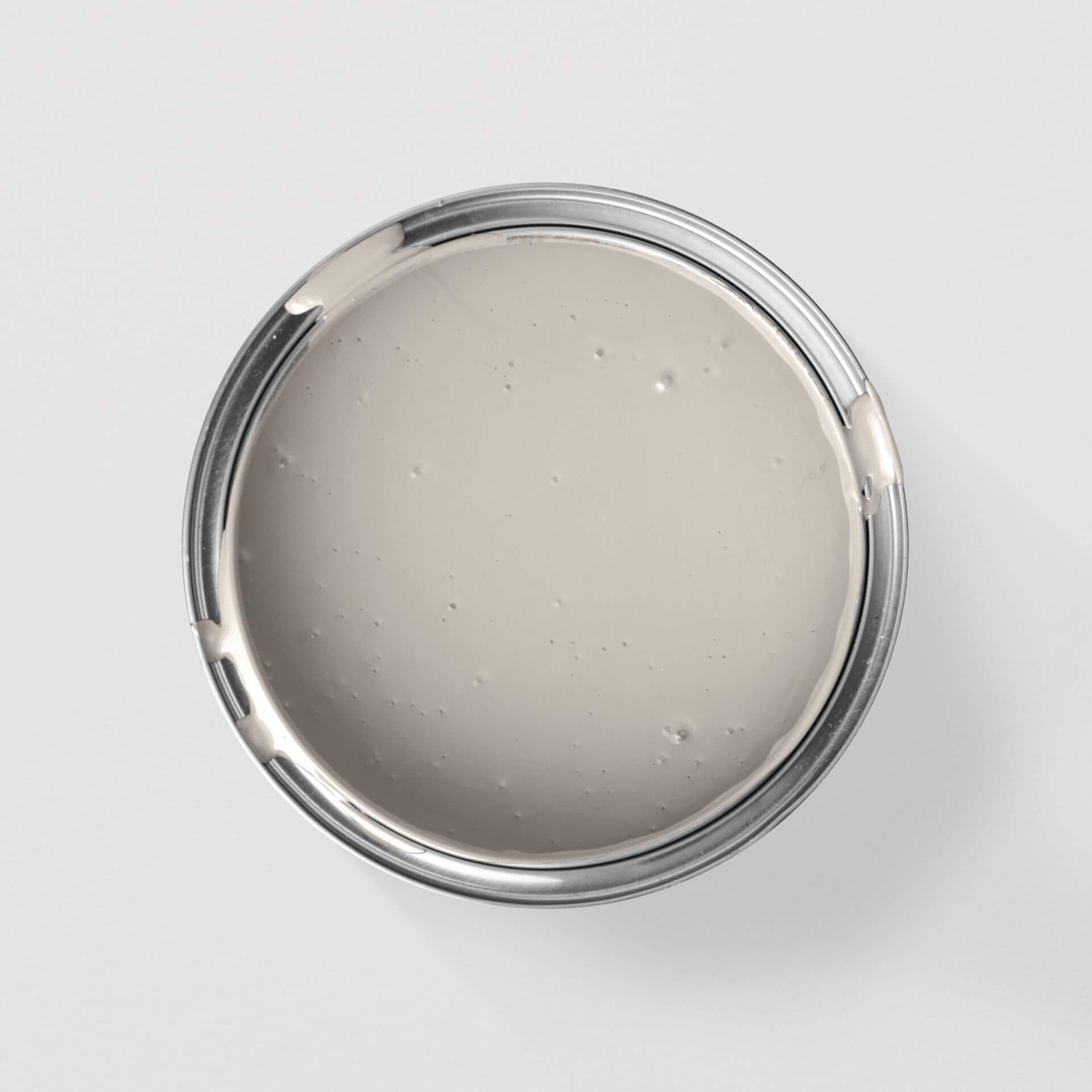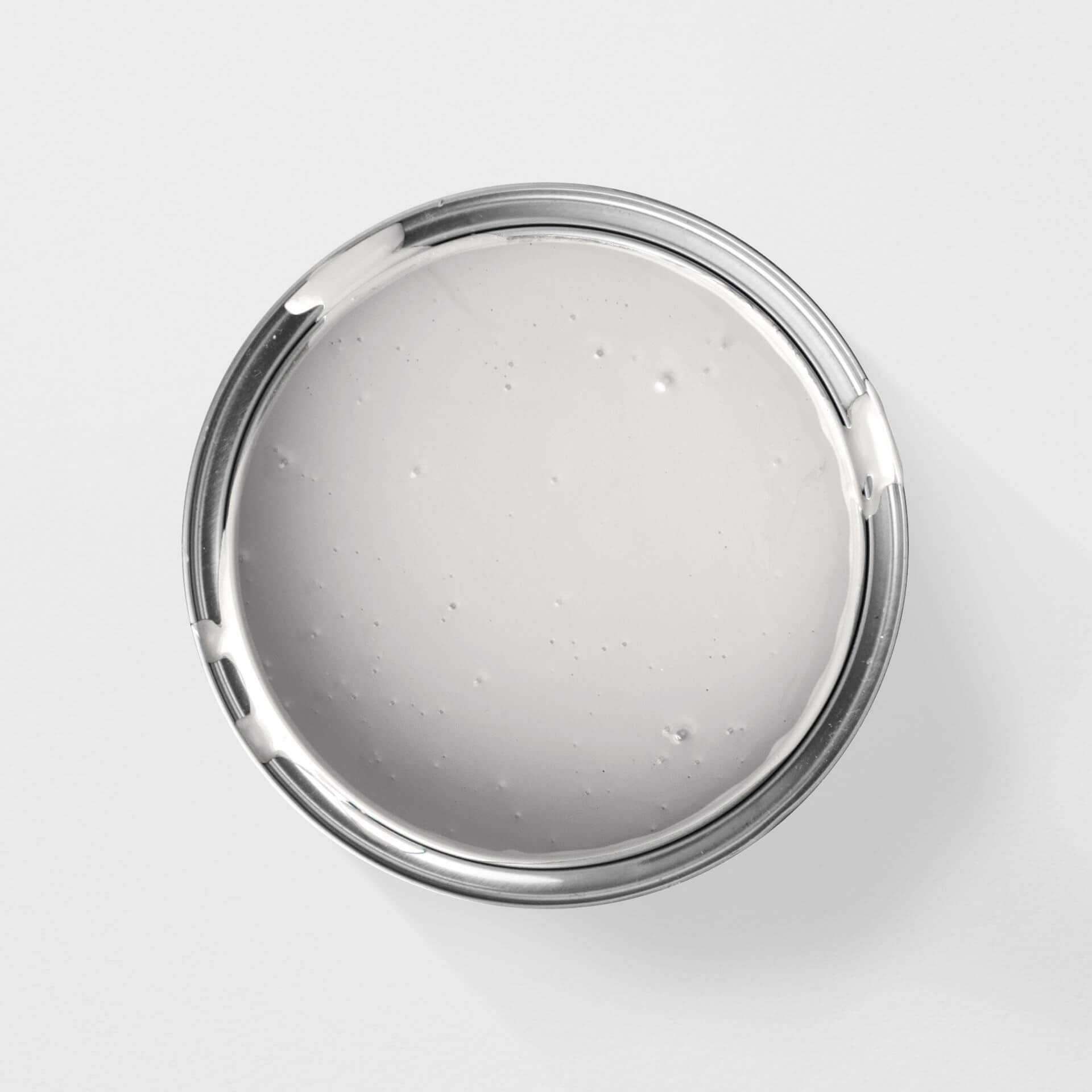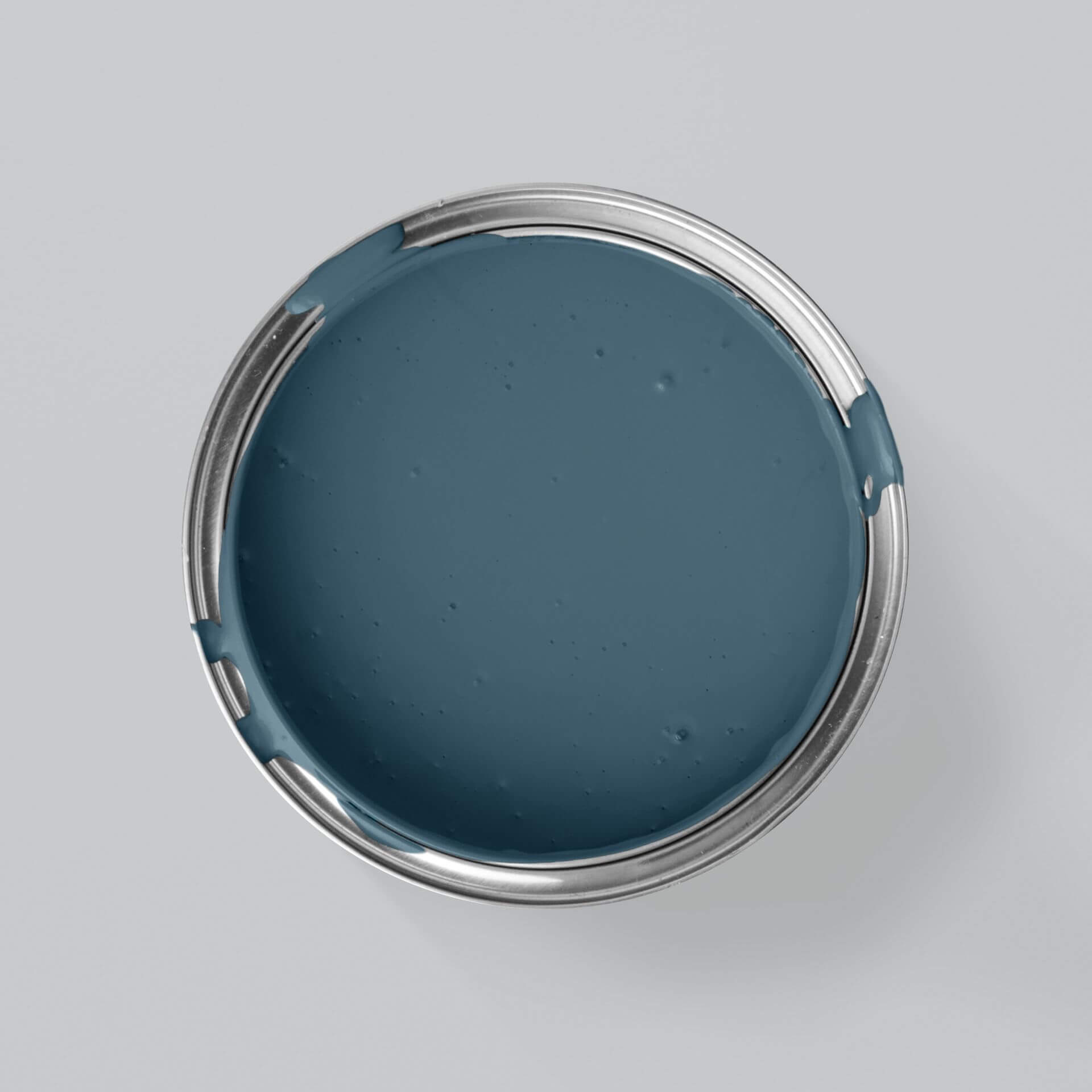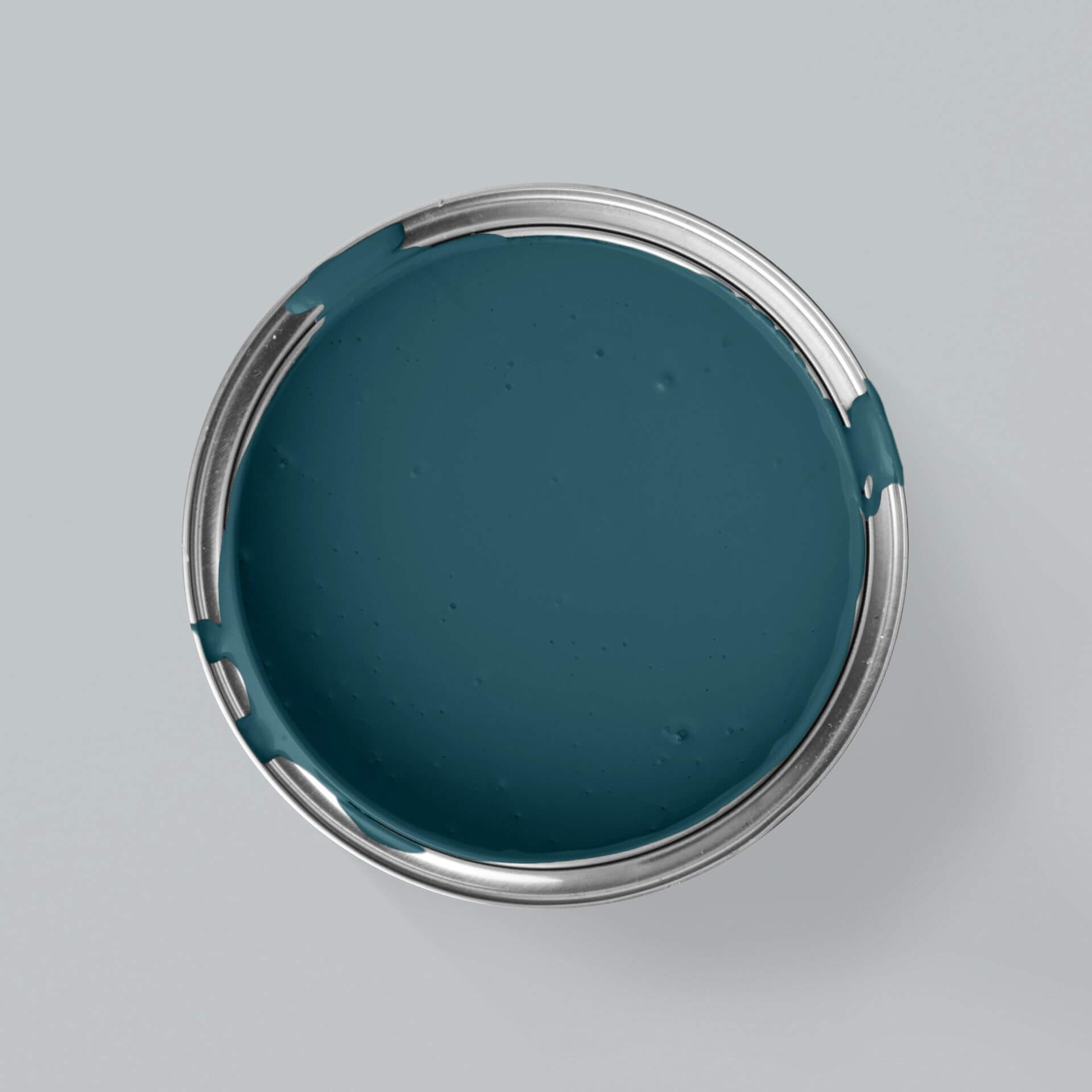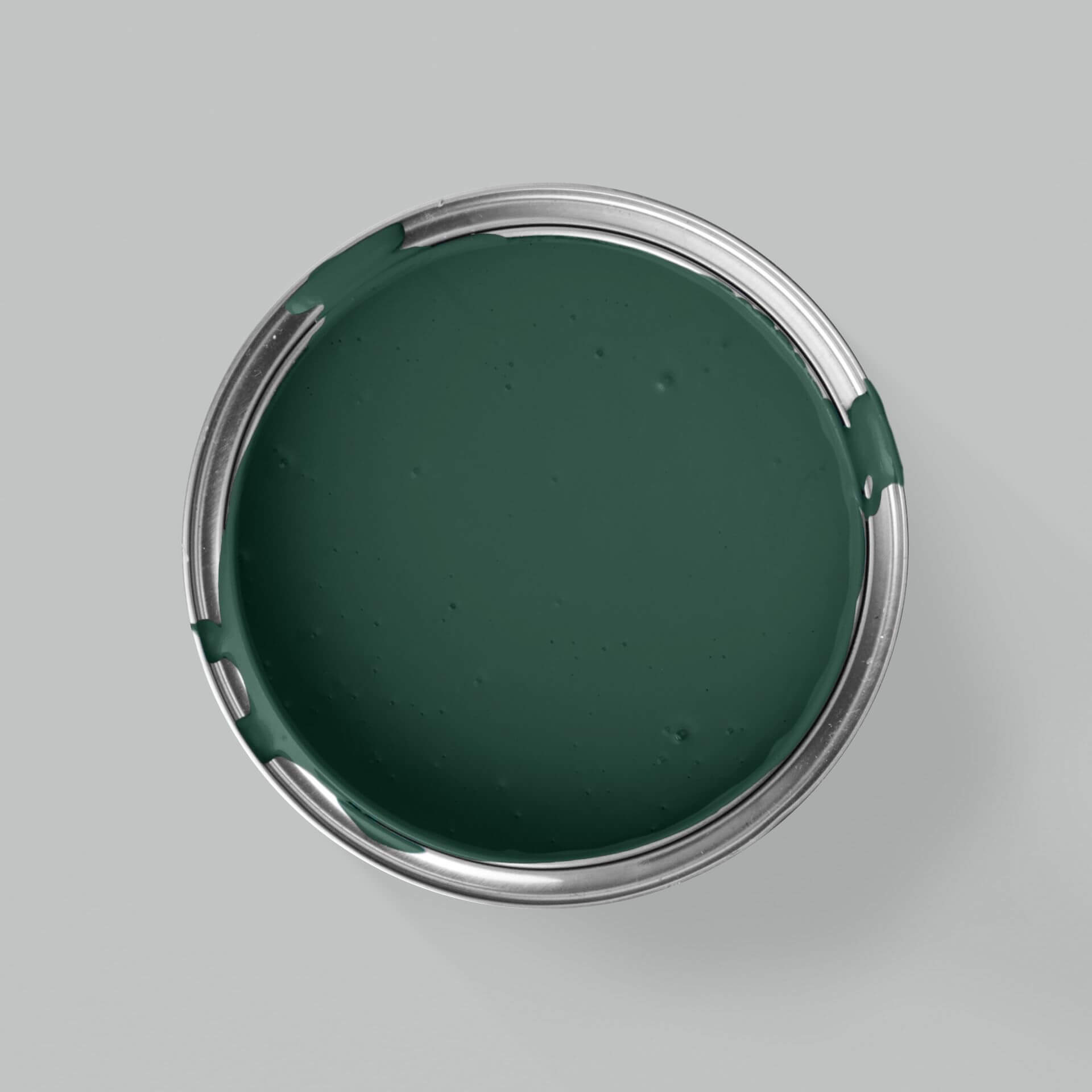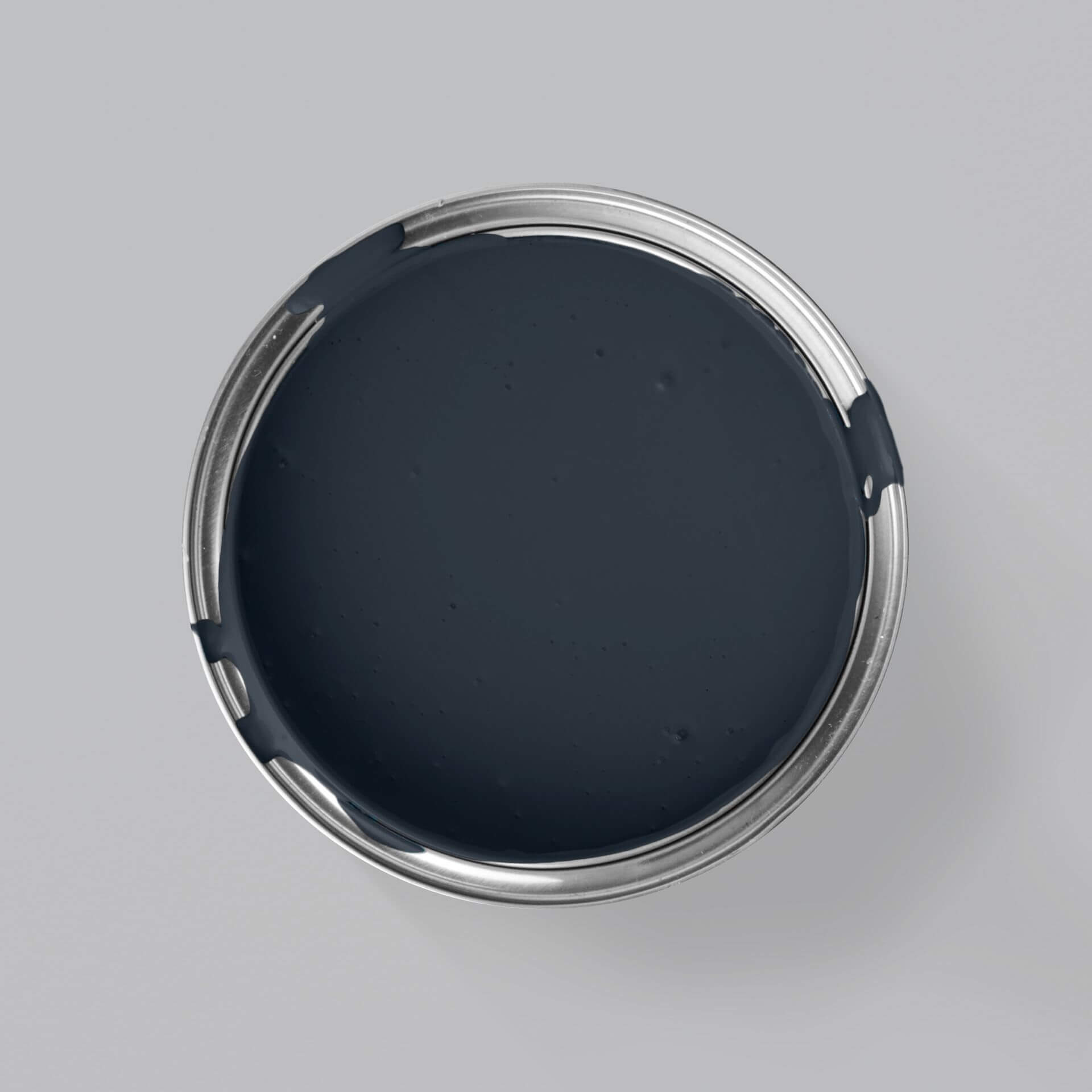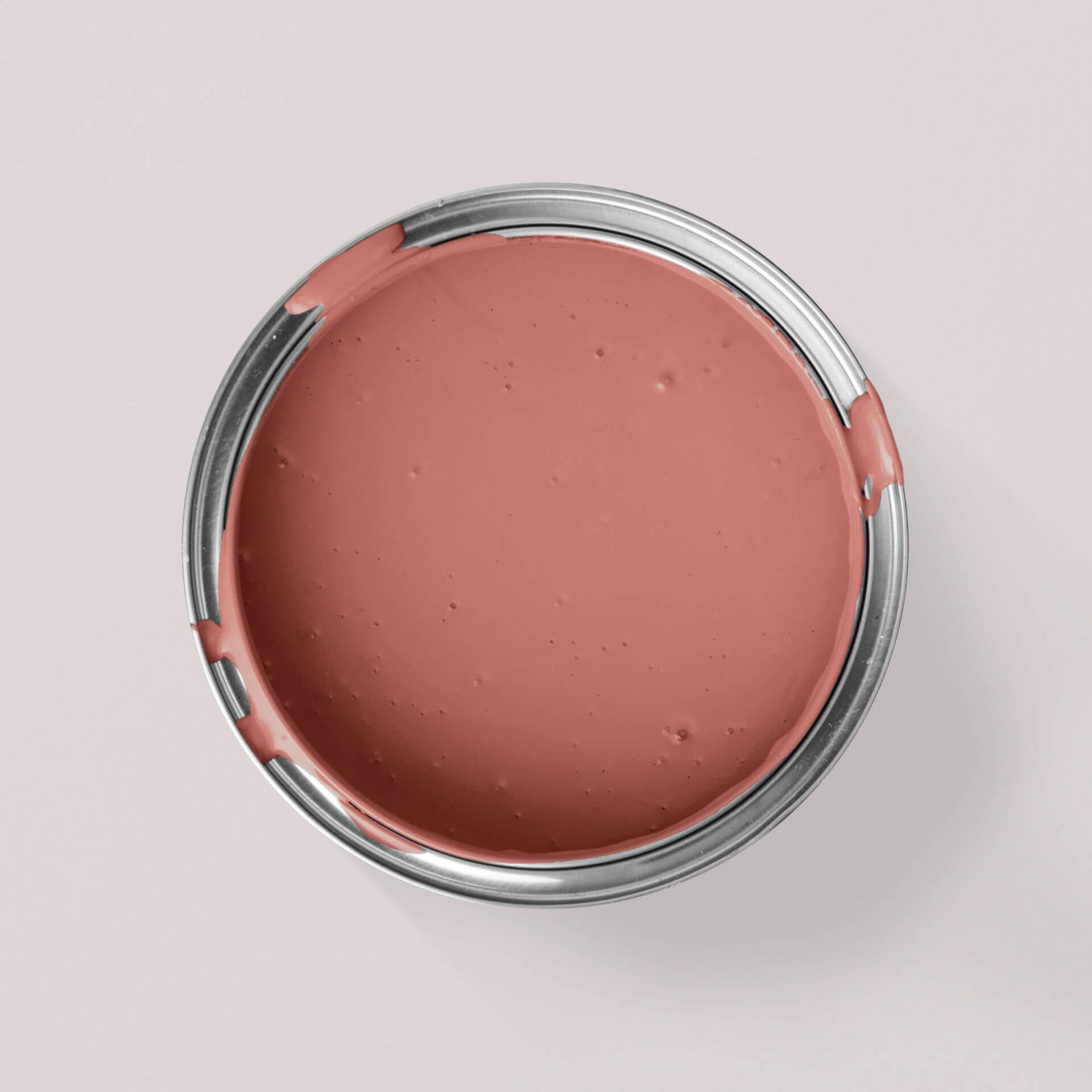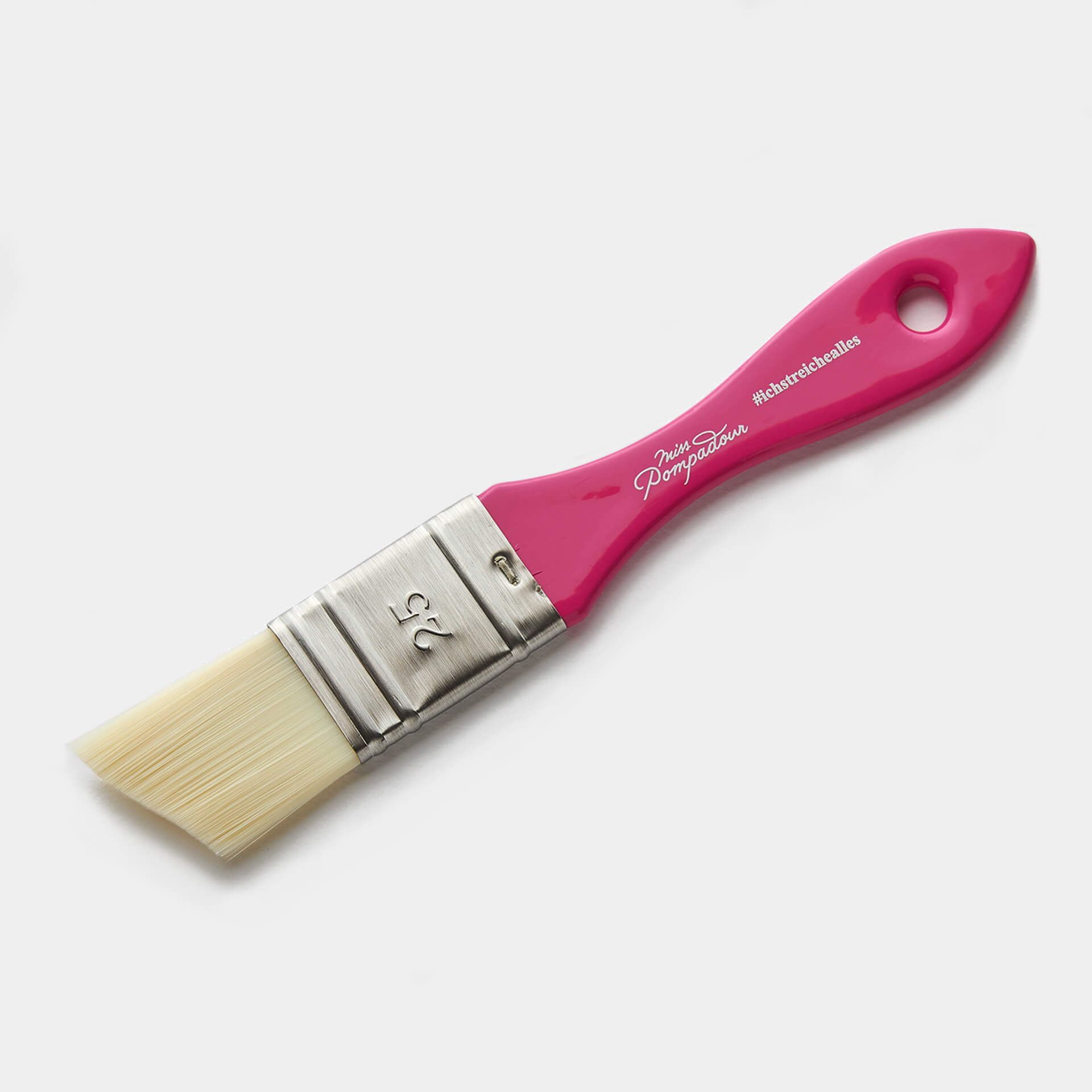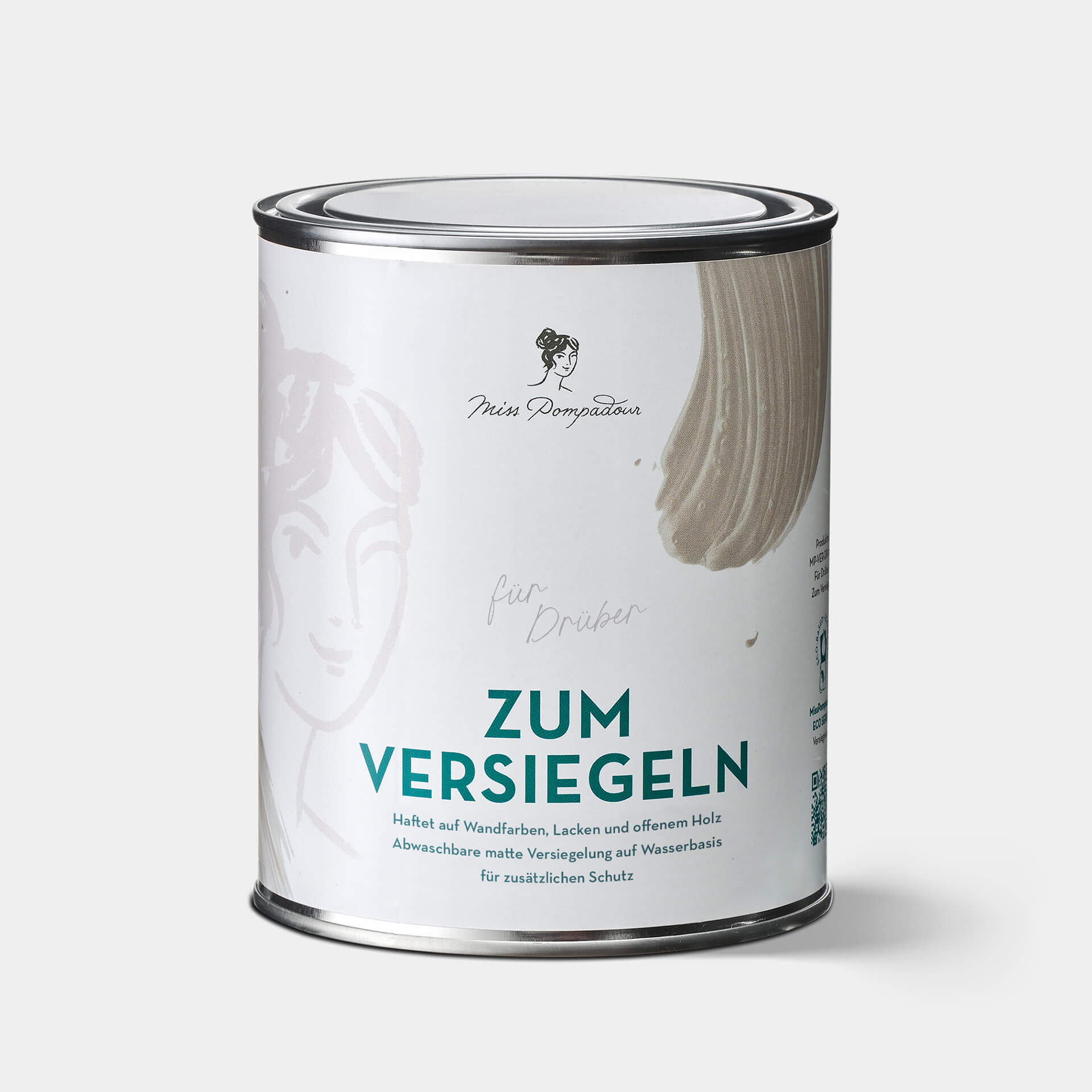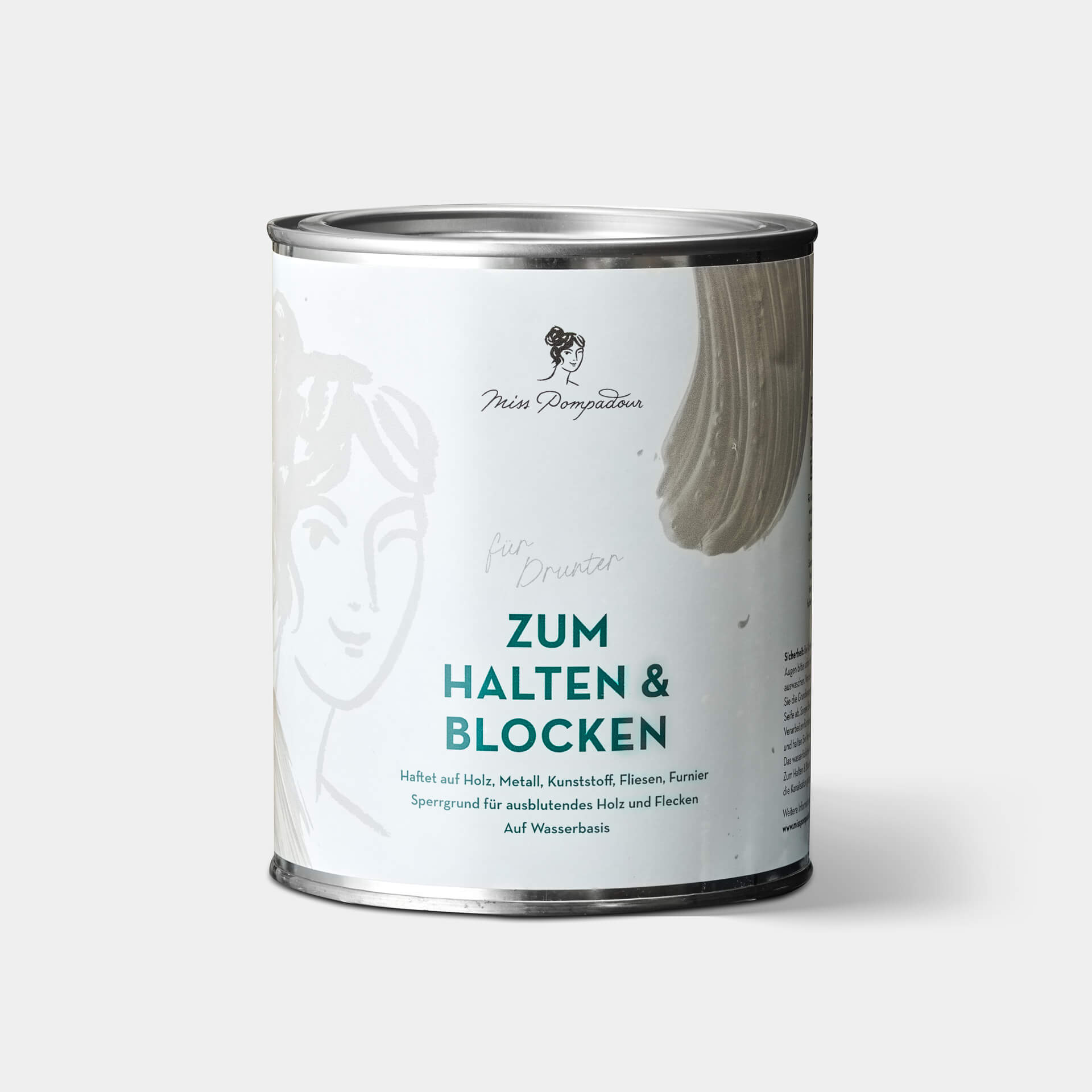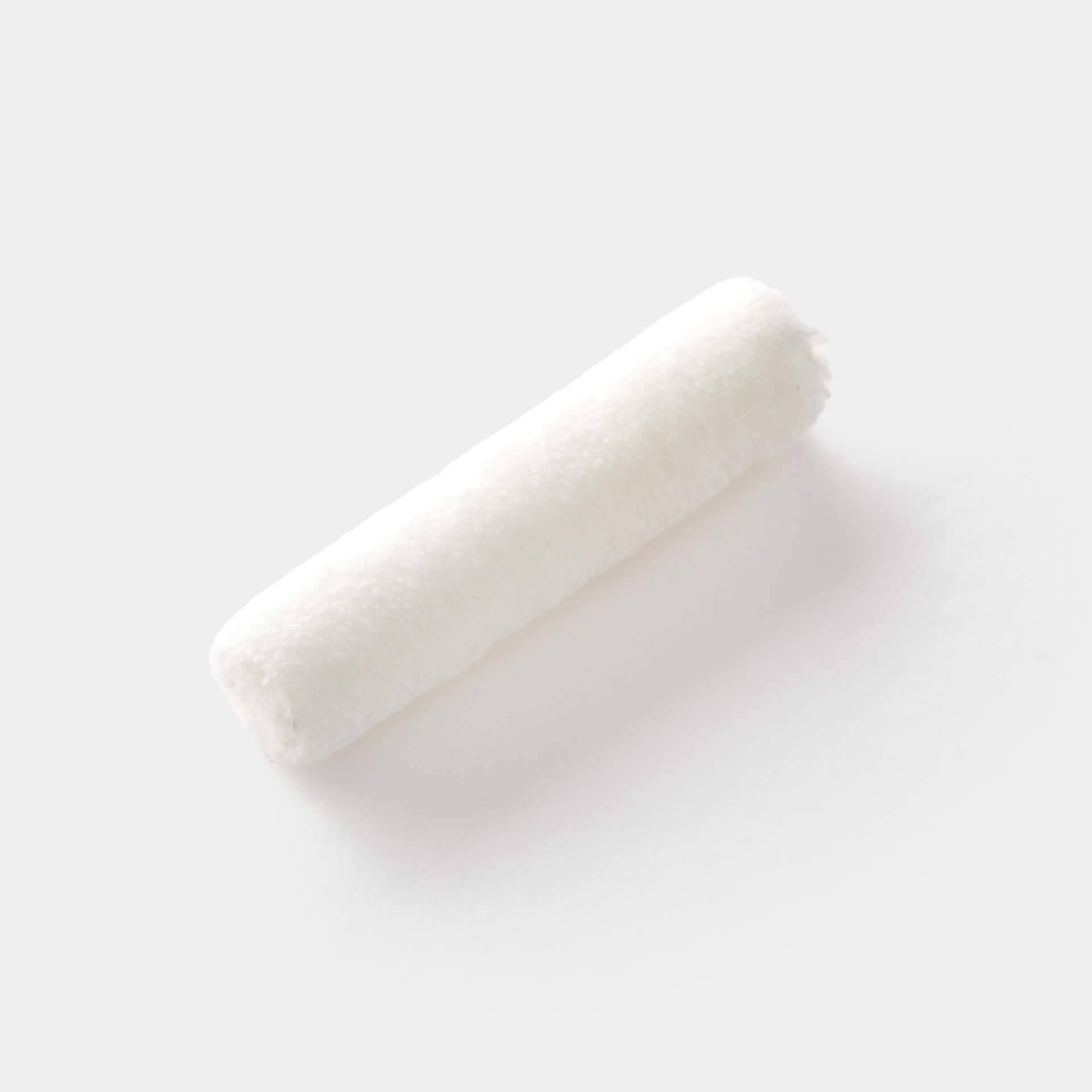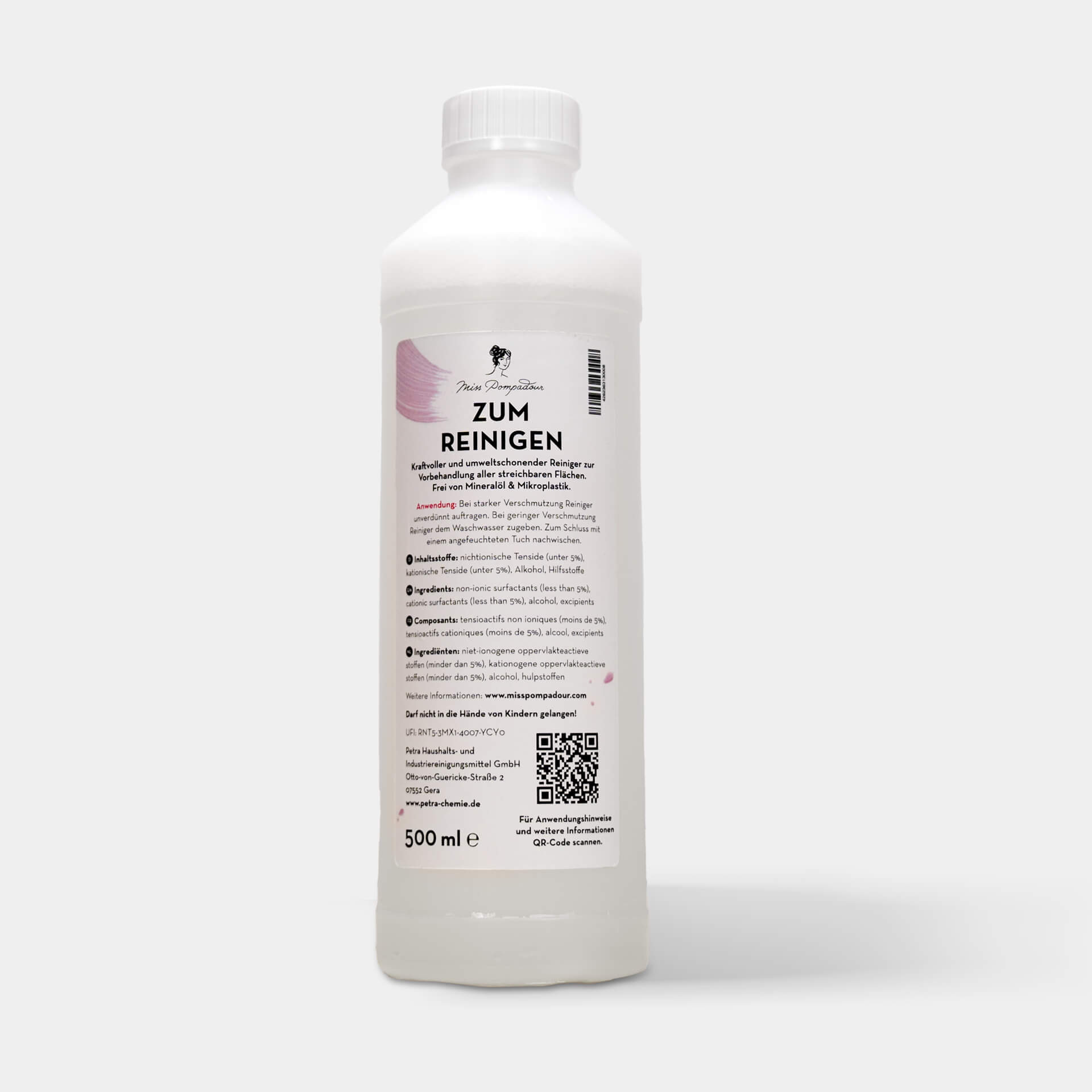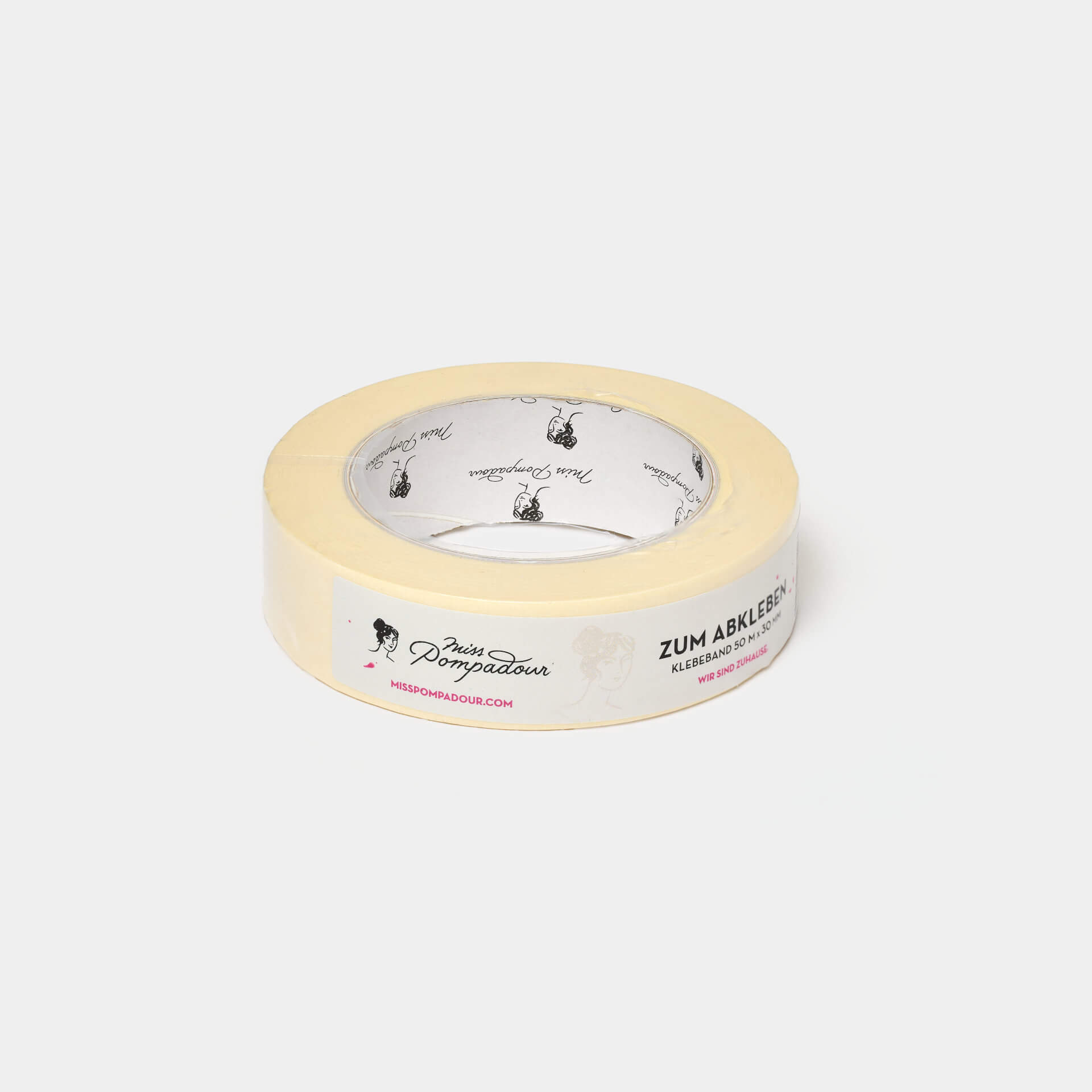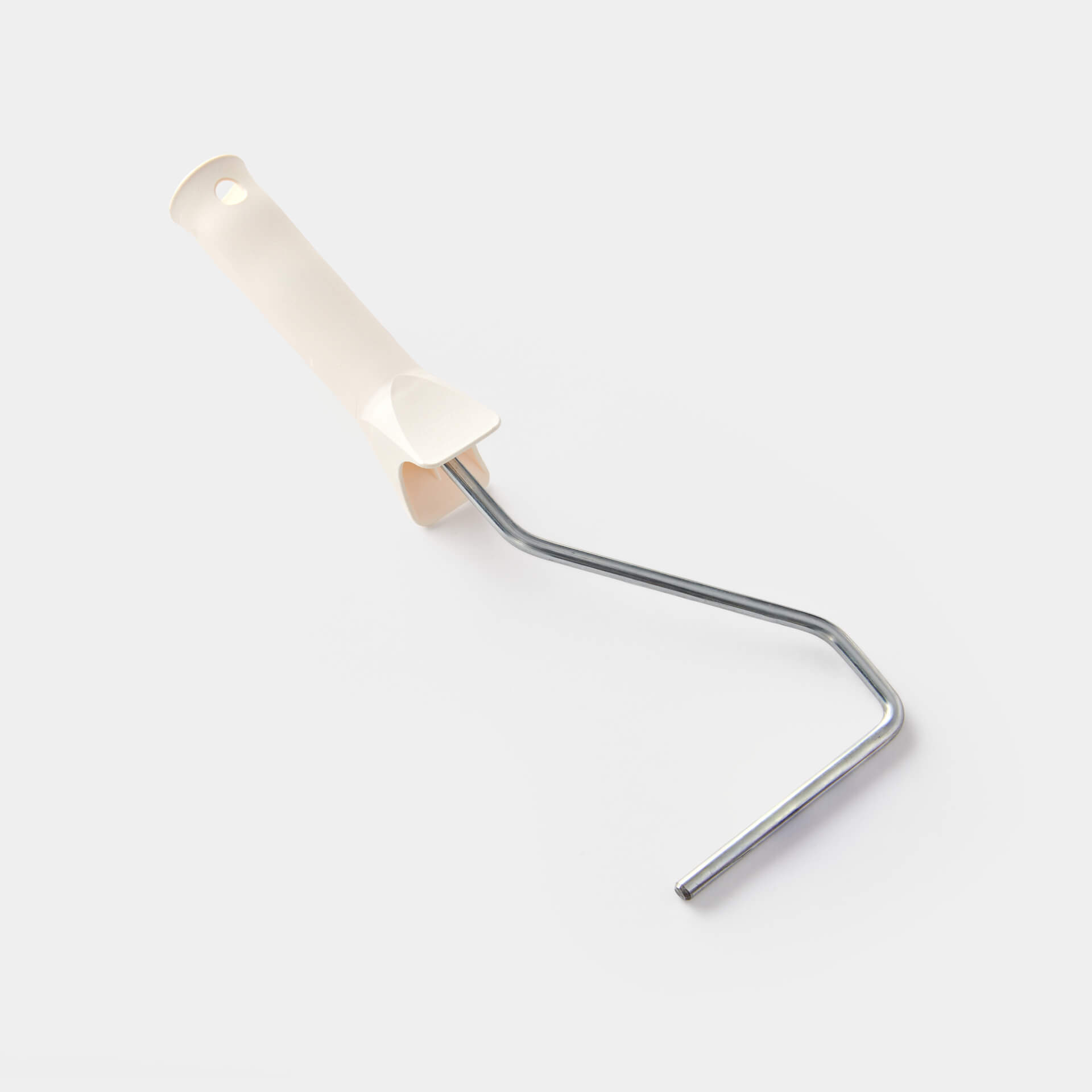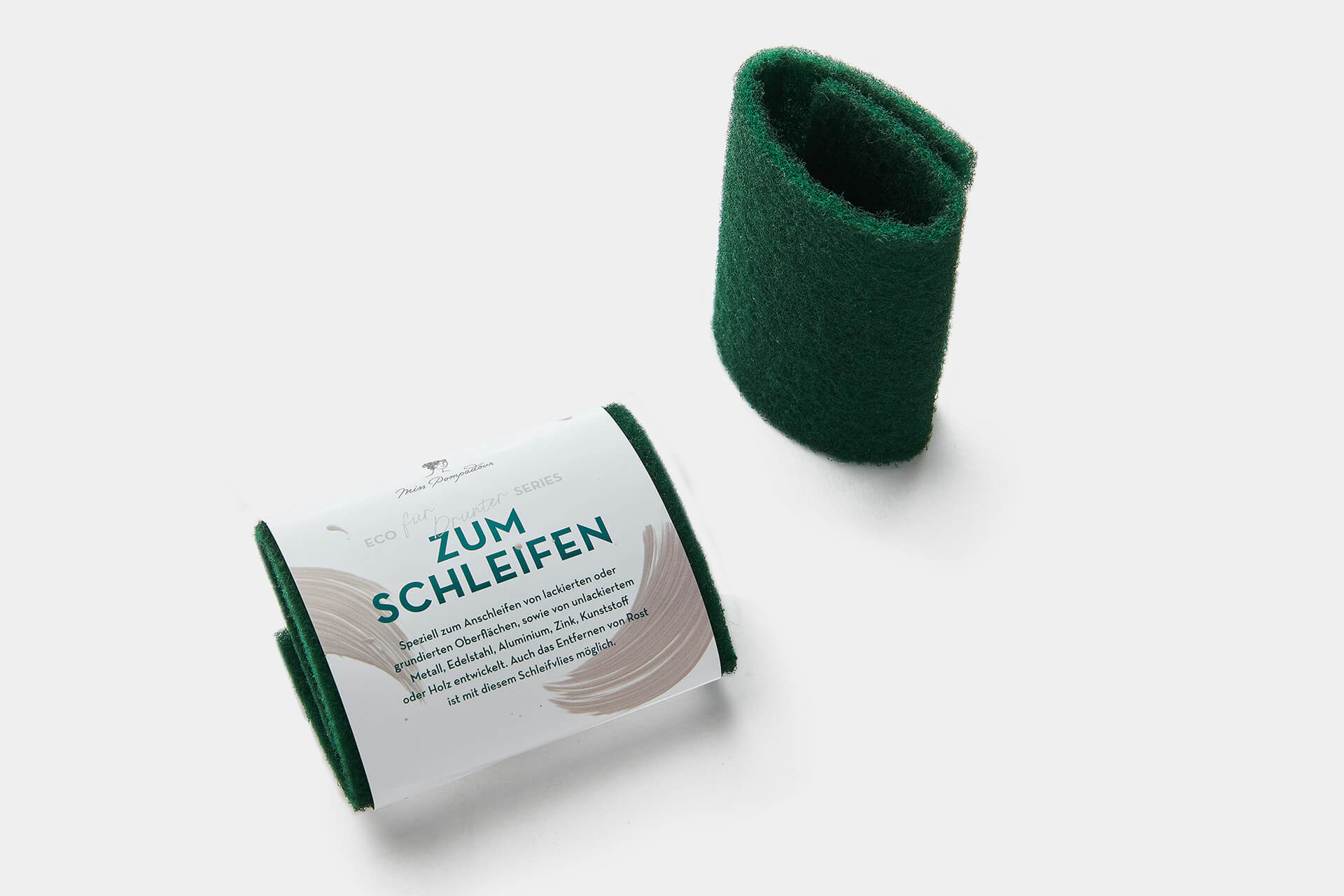Painting Wooden Furniture Like a Pro: We Show You How it's Done
15 min reading time
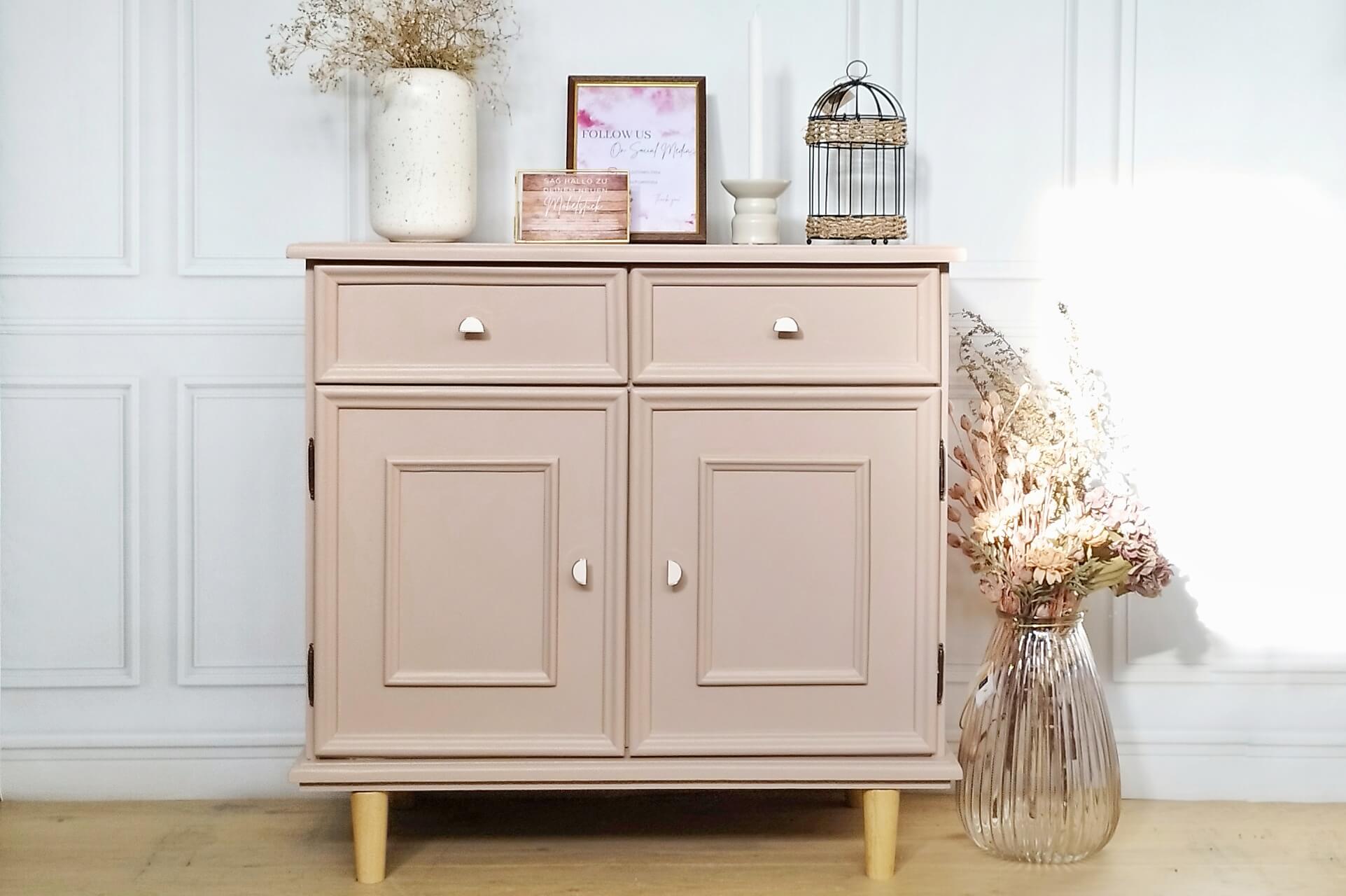
Just want to paint your furniture?
Do you also have one or two pieces of furniture at home that you just can't see any more? Is it still in top condition, but no longer looks modern? Maybe you've inherited a great old secretary, but the dark brown colour just doesn't suit your style? Our answer is: paint old furniture, it's easy! With our colours, you can repaint your old furniture and give it a new character.
Table of content
Before/after example photos of painted and varnished wooden furniture
Step-by-step guide: How do I paint wooden furniture properly?
Step 1: Choose a varnish
Step 2: Prepare the surface
Step 3: Clean the workpiece
Step 4: Prime the surfaces
Step 5: Paint the furniture
Step 6: Seal the result
Furniture like new: why you should paint your old furniture
Want to paint an old piece of oak furniture? We explain how best to proceed in this case in Painting rustic oak.
Or maybe you can't see your chest of drawers anymore because you've had it for ages? But you don't want to give it away because the storage space is worth so much? With a little colour and possibly new handles or feet, the boring chest of drawers becomes an individual eye-catcher. Solid real wood furniture, for example made of pine or oak, often no longer fits in well with modern furnishings. You can easily paint this wooden furniture and change it even more with other techniques and methods.
Video tutorial Painting wooden furniture - furniture upcycling with paint from MissPompadour Paint
You need these tools to paint your favourite wooden pieces
- Screwdrivers for removing fittings: This is the cleanest way to work and saves you a lot of tedious masking.
- Sandpaper or sanding pad in different grit sizes: For all areas where old varnish has flaked off. These should first be sanded smooth.
- Cleaning cloth and bucket to thoroughly clean your workpiece first: The surface must be free of dust and grease for your paint to adhere well.
- Masking tape if you don't want to paint certain areas. It is best to always remove the masking tape when the paint is not yet dry so that you get a clean edge.
- plastic drop cloth or newspaper: To protect your floor.
- Brush, varnish roller and paint tray: It is best to pour the varnish into the paint tray. Paint the corners and edges with the brush and the surfaces with the varnish roller.
FAQ: Frequently asked questions about painting and varnishing furniture
1. Colour and tools
What colour do I use to paint wooden furniture?
If you want a silky matt look, MissPompadour Eggshell Varnish is the right choice for you. These qualities are the most robust and very easy to care for. If you like the matt look, choose your desired shade from the MissPompadour Matt Varnishes or the CosyColours chalk varnishes. Our LittlePomp chalk varnishes in pastel shades are also wonderfully suitable.
Neutral colours that are easy to combine, such as the wood colours black, white, grey and green, are very popular for painting furniture. However, if you prefer to keep the walls neutral and the furniture colourful, try vibrant colours such as yellow or orange!
Which colour shade do I choose for my piece of furniture?
The question of the specific colour is often a very individual one. Of course, the colour shade should best match your interior and your style. White is always popular and timeless, as it suits practically every style - whether country house, modern or shabby. So you'll be pleased to hear that you can easily paint your wooden furniture in one of our many shades of white! With white, simply expect 3 - 4 coats, depending on the substrate and shade of white, sometimes a primer is required. Then a clear white will also cover and give you the opportunity to change your old wooden furniture.
Brush or roller - Which painting tool do I need?
Paint all corners and edges as well as decorations and hard-to-reach areas with the fine MissPompadour brush. Then paint larger areas with the varnish roller for water-based varnishes. Of course, you can also paint your entire workpiece with the brush. Our fine brushes are very flat and bevelled. This allows you to achieve very smooth surfaces. Just try out what works best for you.
2. Preparation
Can you paint wood without sanding it?
We differentiate here between natural wood and already varnished wood.
With natural wood , you should always check whether it has been waxed or oiled in recent years. If this is the case, you will definitely need to sand the wood, otherwise the colour will not hold well.
If the surface has already been painted, you can simply start painting. And it doesn't matter whether they are coated with acrylic varnish or synthetic resin varnish. Only if the coloured paint peels off in places do the corresponding areas need to be sanded down.
Can I also paint waxed or oiled furniture?
If the piece of furniture to be painted is waxed, you must remove the wax before painting. Sand the wood. The wax must be completely removed for your paint to last.
For oiled furniture, the question is how long it has been since you last oiled it. If you have re-oiled it from time to time in recent years, you should also sand the surface and clean it well. However, if your 20-year-old piece of furniture was oiled once at the beginning and then never again, you don't need to sand it.
As waxed or oiled furniture is natural wood, we recommend priming with MissPompadour To Bond & Block.
When do I need to apply a primer?
If you are working with the varnish qualities and want to paint furniture that has already been varnished, you do not need a primer. A primer with MissPompadour To Bond & Block is recommended if you are painting natural wood.
Oak, tropical and softwoods tend to "bleed". This means that tannins are released from the wood and cause unsightly stains in the varnish. This effect is of course particularly visible on light and medium-light varnishes. So if you paint very dark colours, you can do without the primer. If you want to paint your furniture with MissPompadour Matt Varnish, you can do this wonderfully on natural woods. Of course, you will also need our primer here if your wood could bleed. If you paint Matt Varnish on an already sealed, i.e. varnished surface, you can use To Bond & Block to ensure that the colour adheres better to the substrate.
3. To Paint
How do you paint a wooden cabinet to cover it?
Our paints and varnishes all have a very high opacity and are therefore ideal for painting wooden furniture. In most cases, you can achieve a great, opaque result with just 2 coats of furniture varnish. However, sometimes you need more coats. Please follow our instructions for priming.
How many coats are necessary and how much paint do I need?
For many projects, you can achieve a very nice result with just 2 coats of paint. Of course, how many coats you need also depends on the painting technique, the substrate and the desired colour. In our practical quantity calculator, which you will find next to each colour shade, you enter what and how many square metres you are painting. You will then get the estimated consumption for two coats.
How can I paint transparently so that the wood grain is retained?
Our varnishes and colours have a very high opacity. They can be thinned with water to achieve a transparent look. Please note that this can have a negative impact on durability. In addition, you cannot use a primer with diluted paint as it would show through. So if you are painting wood that tends to bleed, we advise against thinning the paint.
4. To Paint
How long does the colour last on furniture that is subject to heavy use?
How long a coat of paint lasts naturally always depends on how much it is used. Every painted surface is subject to a certain amount of wear and tear. The durability also depends on the substrate. If it is stable and well cleaned, our varnishes and colours have a very good durability. With MissPompadour To Seal you can additionally protect furniture that is subject to heavy wear. However, as every paint fan estimates the use of their furniture differently, we cannot predict how many years your paint will last perfectly. If necessary, chipped areas or scratches are really very easy to repair.
Do I have to seal my furniture?
The silk matt varnish qualities of MissPompadour Eggshell Varnish are very robust. If you expect heavy loads, you can use MissPompadour To Seal to make the surfaces even more resilient. The matt qualities MissPompadour Matt Varnish and LittlePomp chalk varnishes are not quite as robust. Here you can also use MissPompadour To Seal to create a more robust surface. You can also seal the matt qualities wonderfully with our wood wax. One or two coats of the colourless Wax-Polish are often enough. Take a look at our blog post about this.
How do I clean and care for my painted furniture?
Cleaning your varnished furniture is very easy! Wipe off dust with cotton cloths - avoid microfibre, as this has an abrasive surface and gradually removes the varnish. For stains, you can wipe carefully with a damp sponge and washing-up liquid. Gentle cleaners are generally more suitable as they do not attack the varnish.
It is important that you do not expose the colour to standing moisture, as it does not like this and can dissolve it.
However, the painted surfaces do not require any further care.
Can I also paint my furniture indoors?
Our paints are low-odour and can be used indoors without difficulty. To Paint, ensure a good exchange of air.

